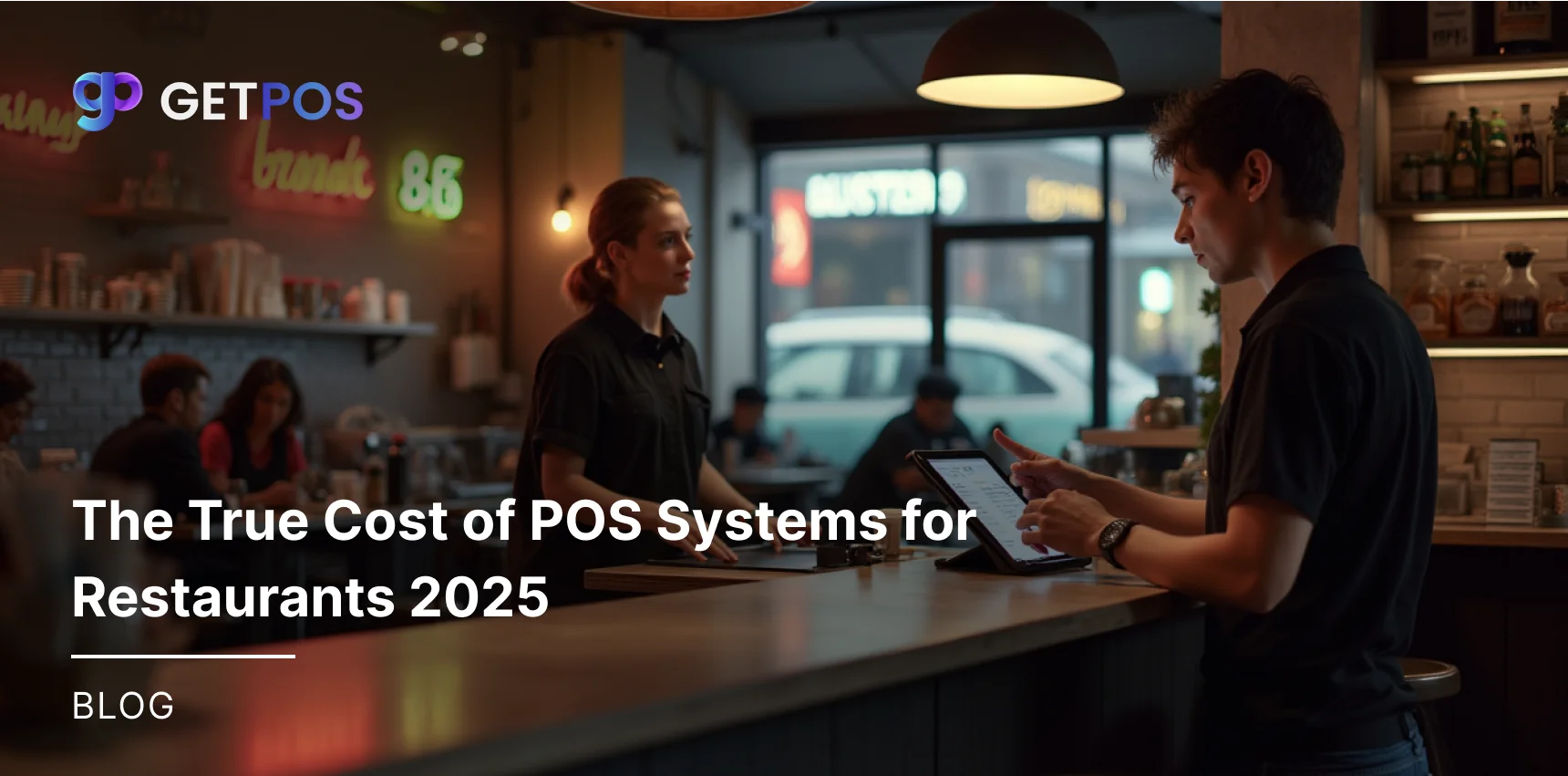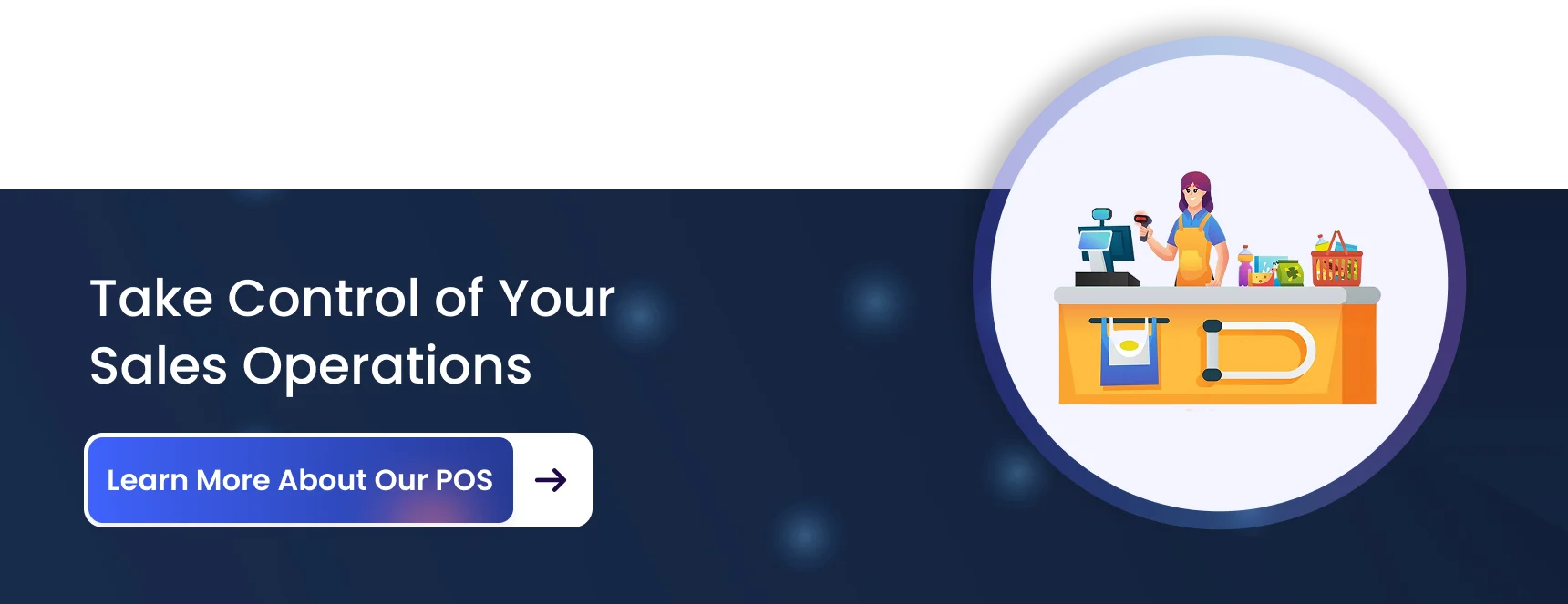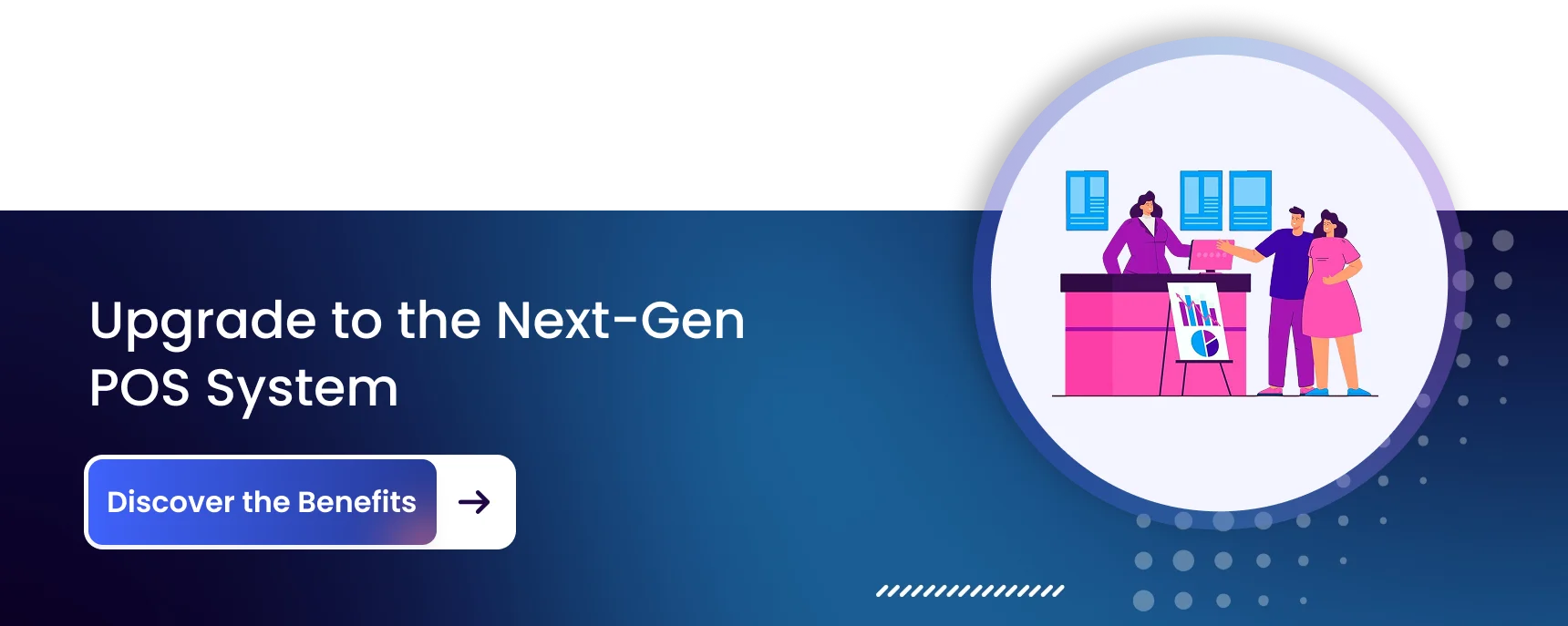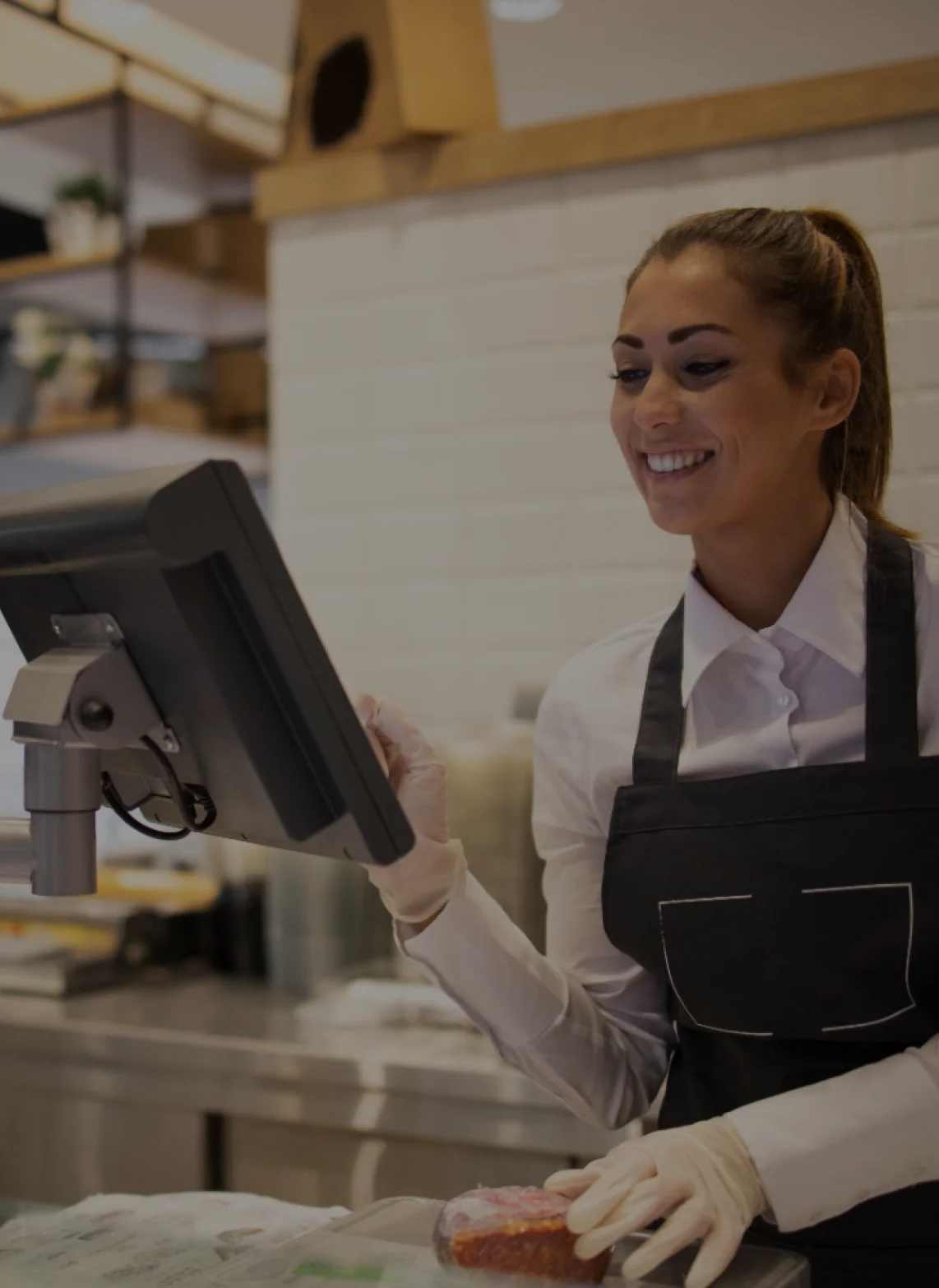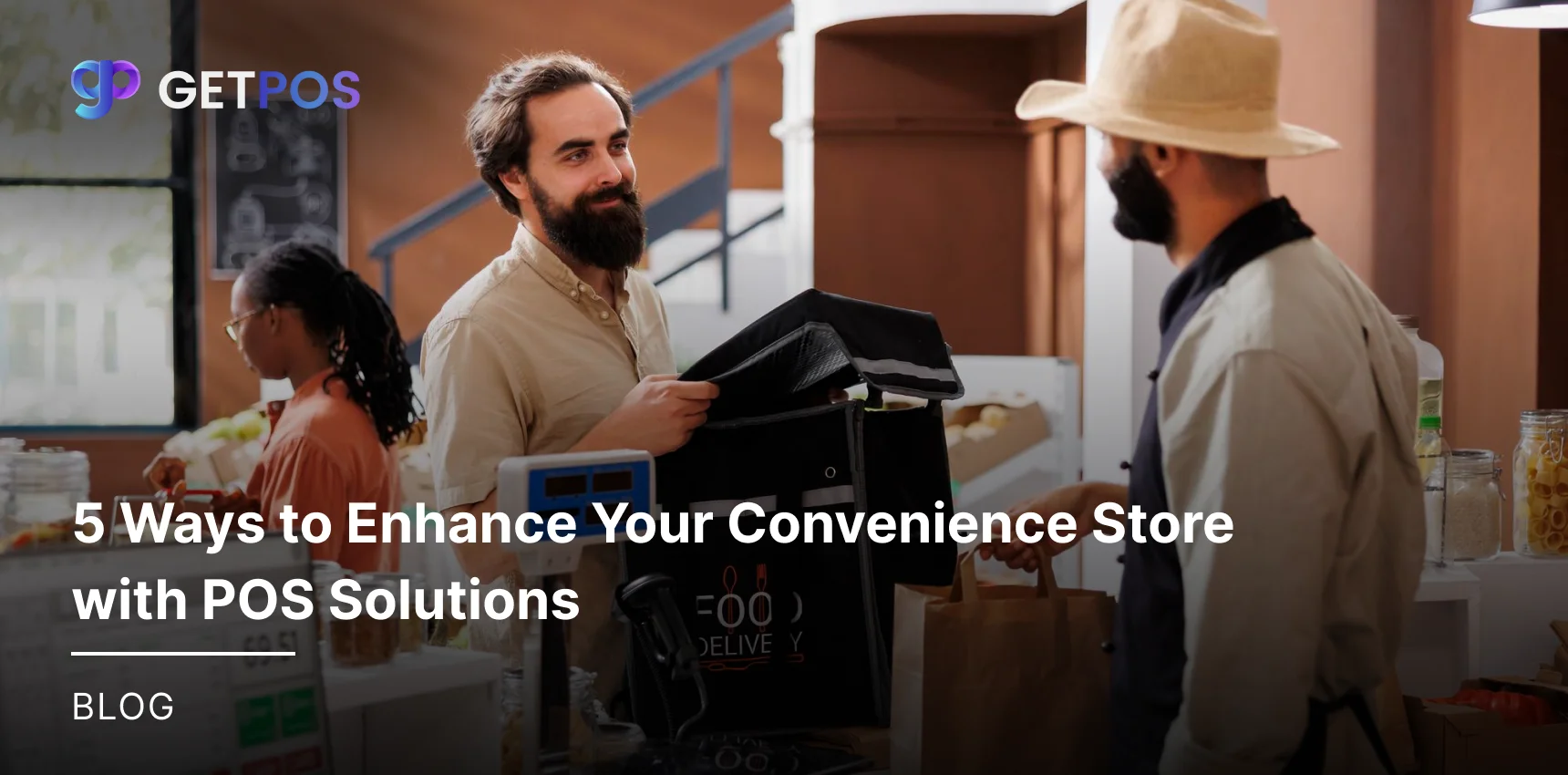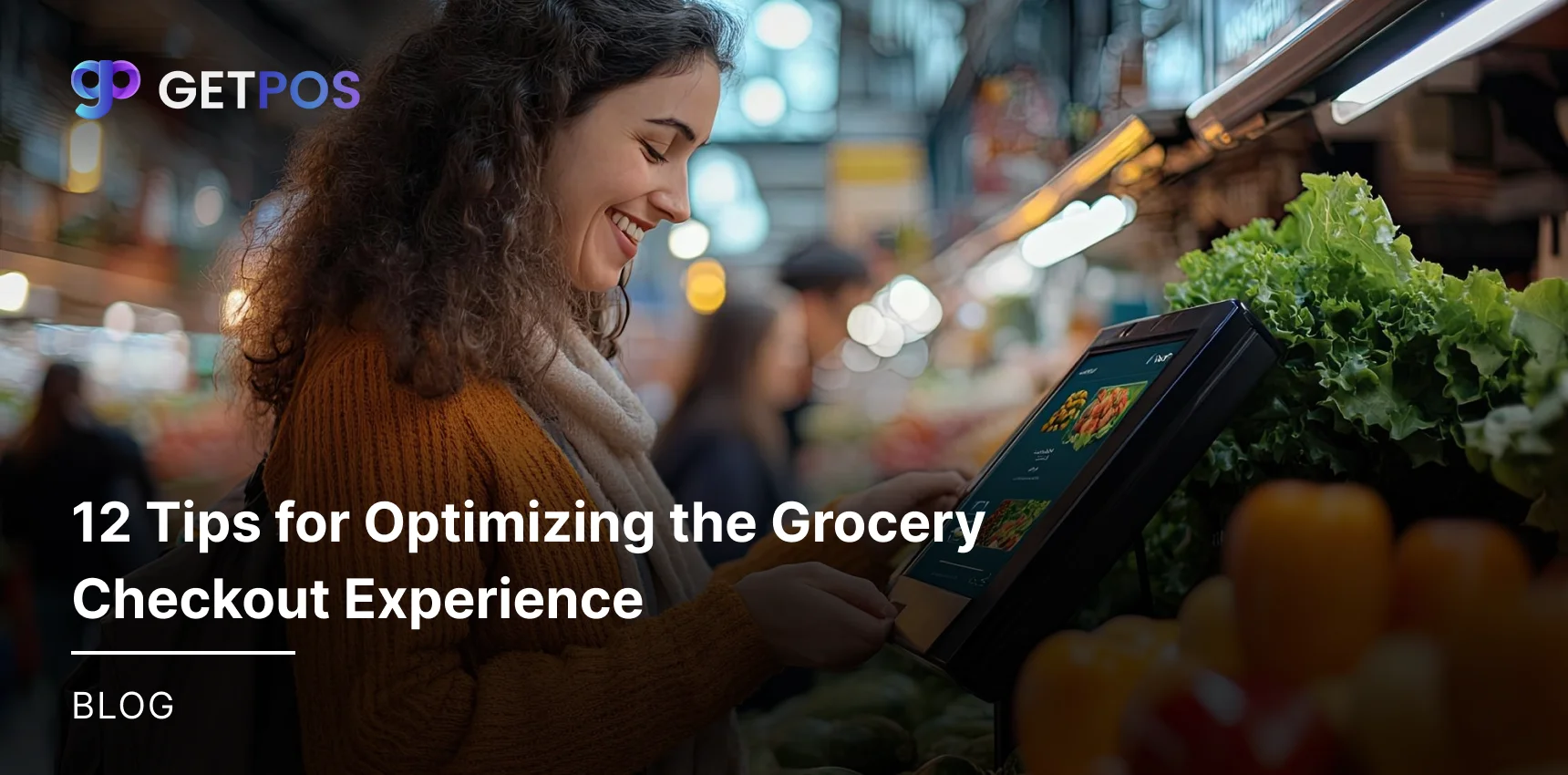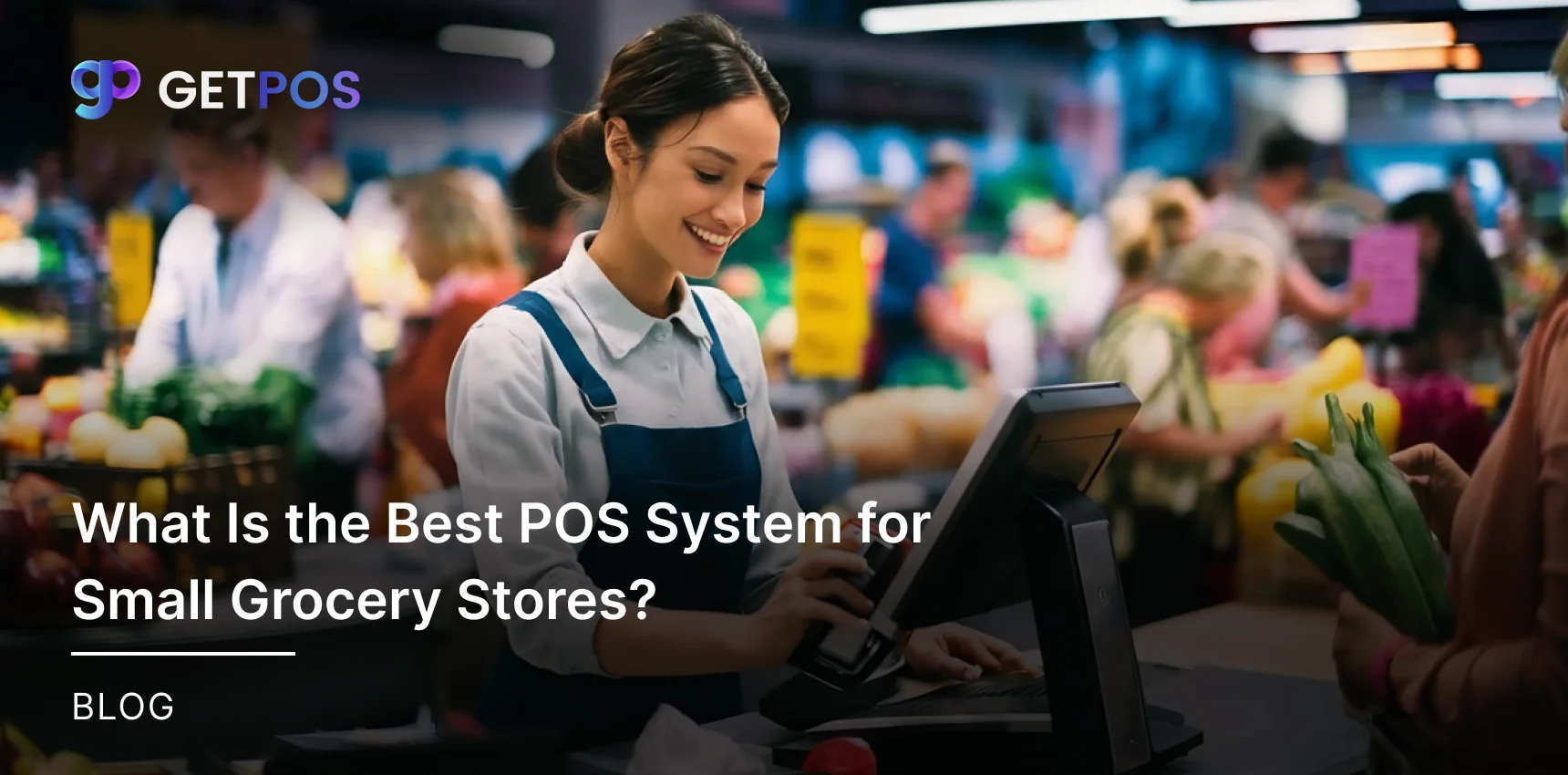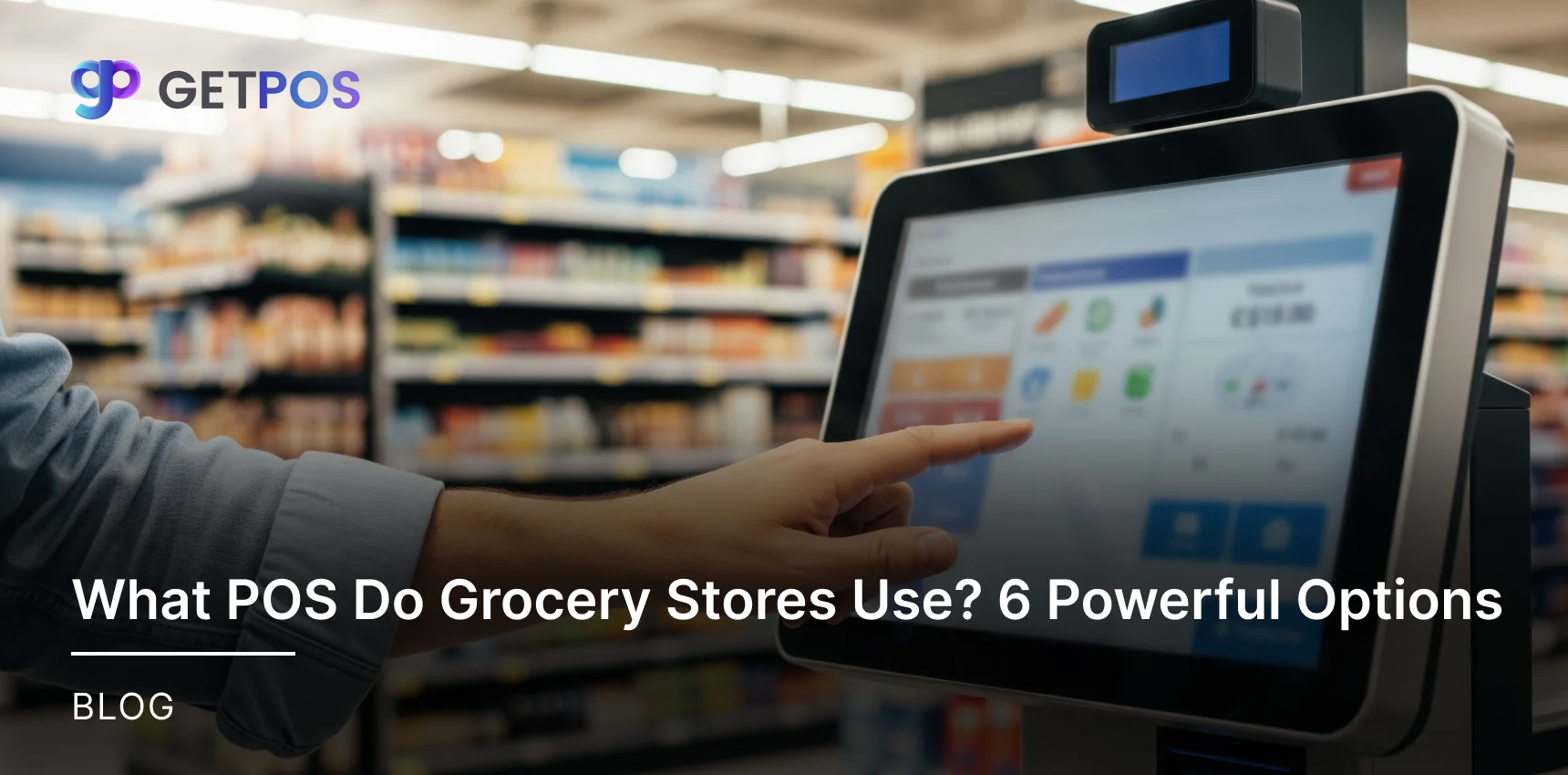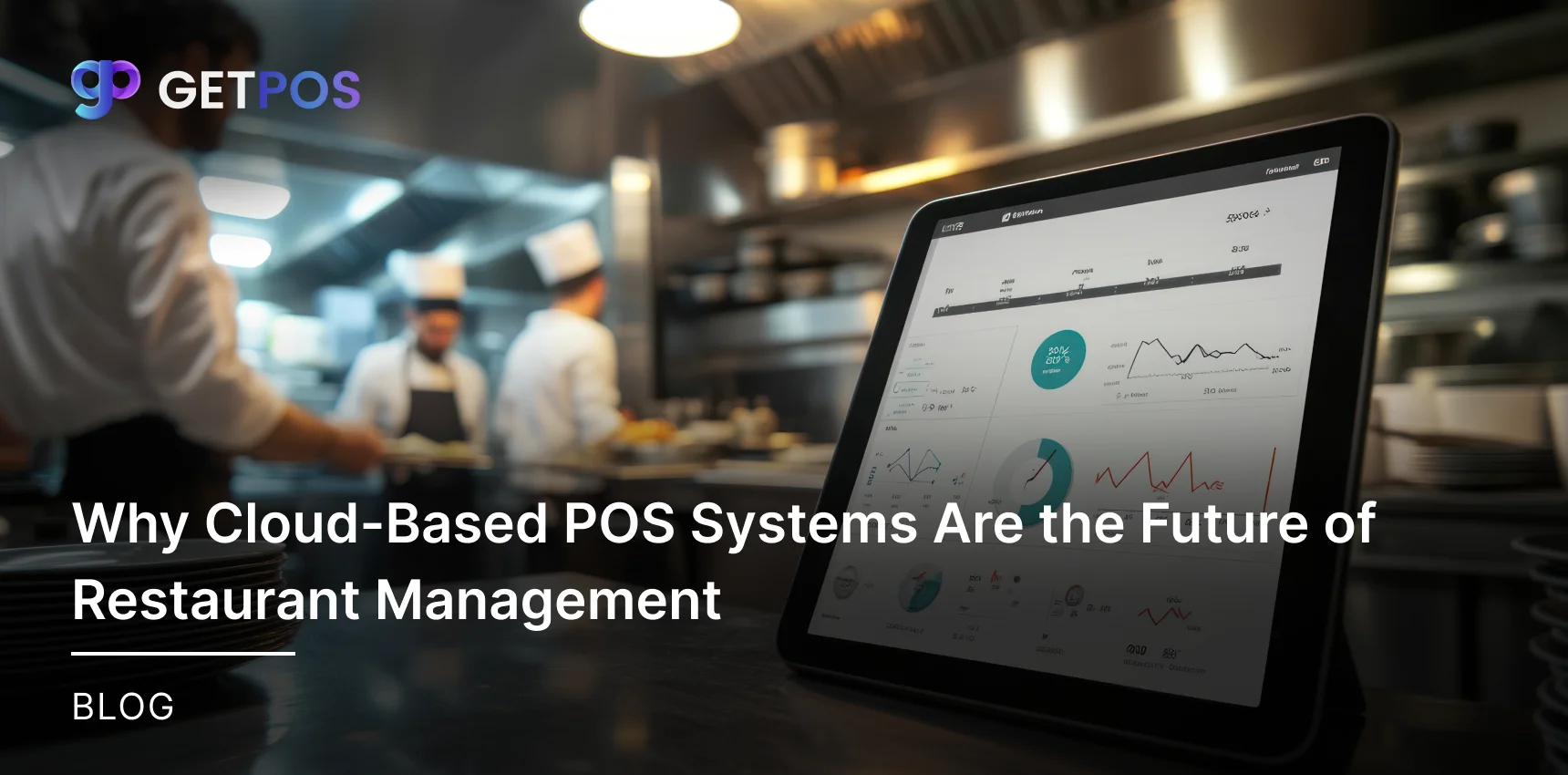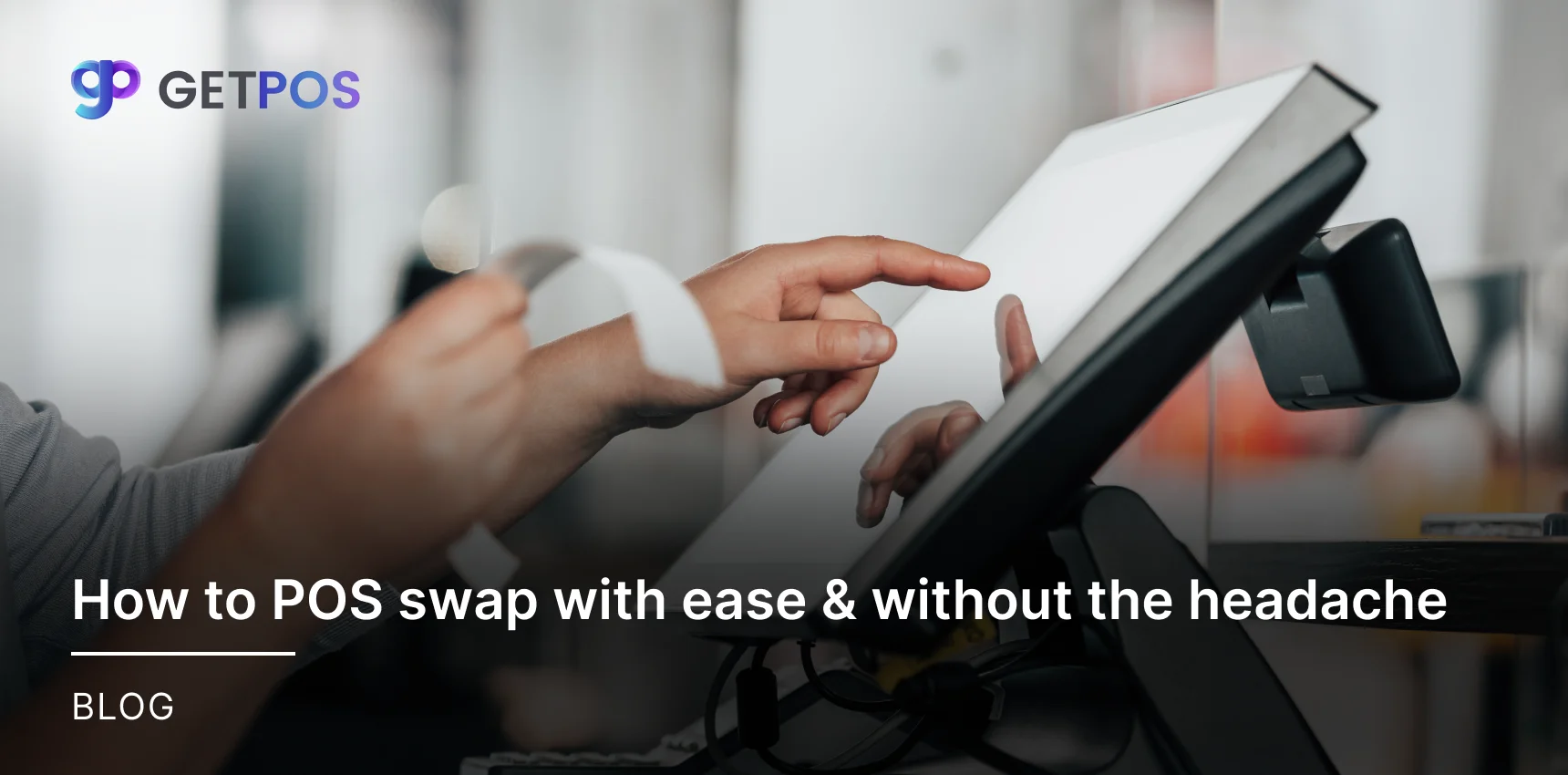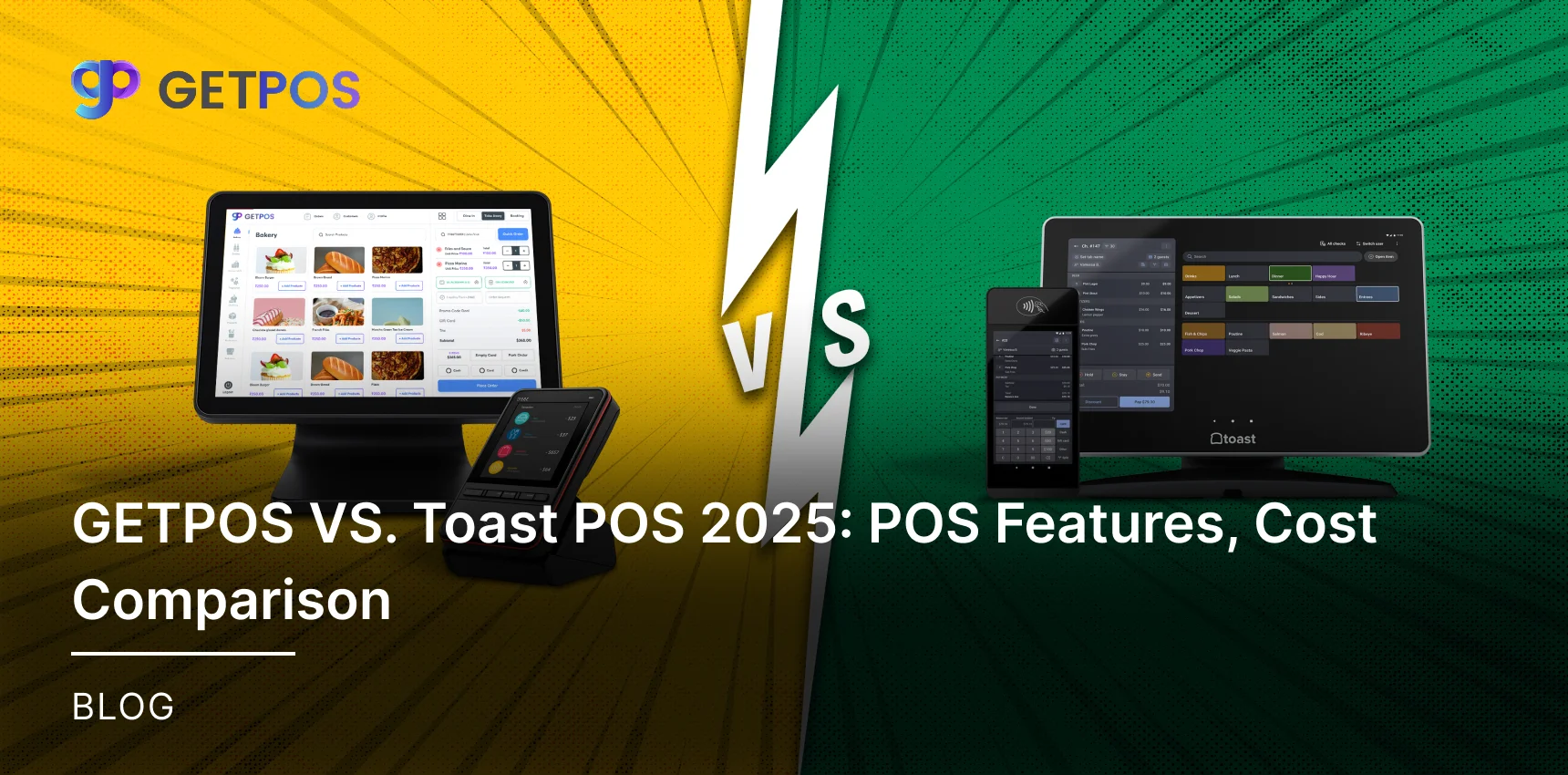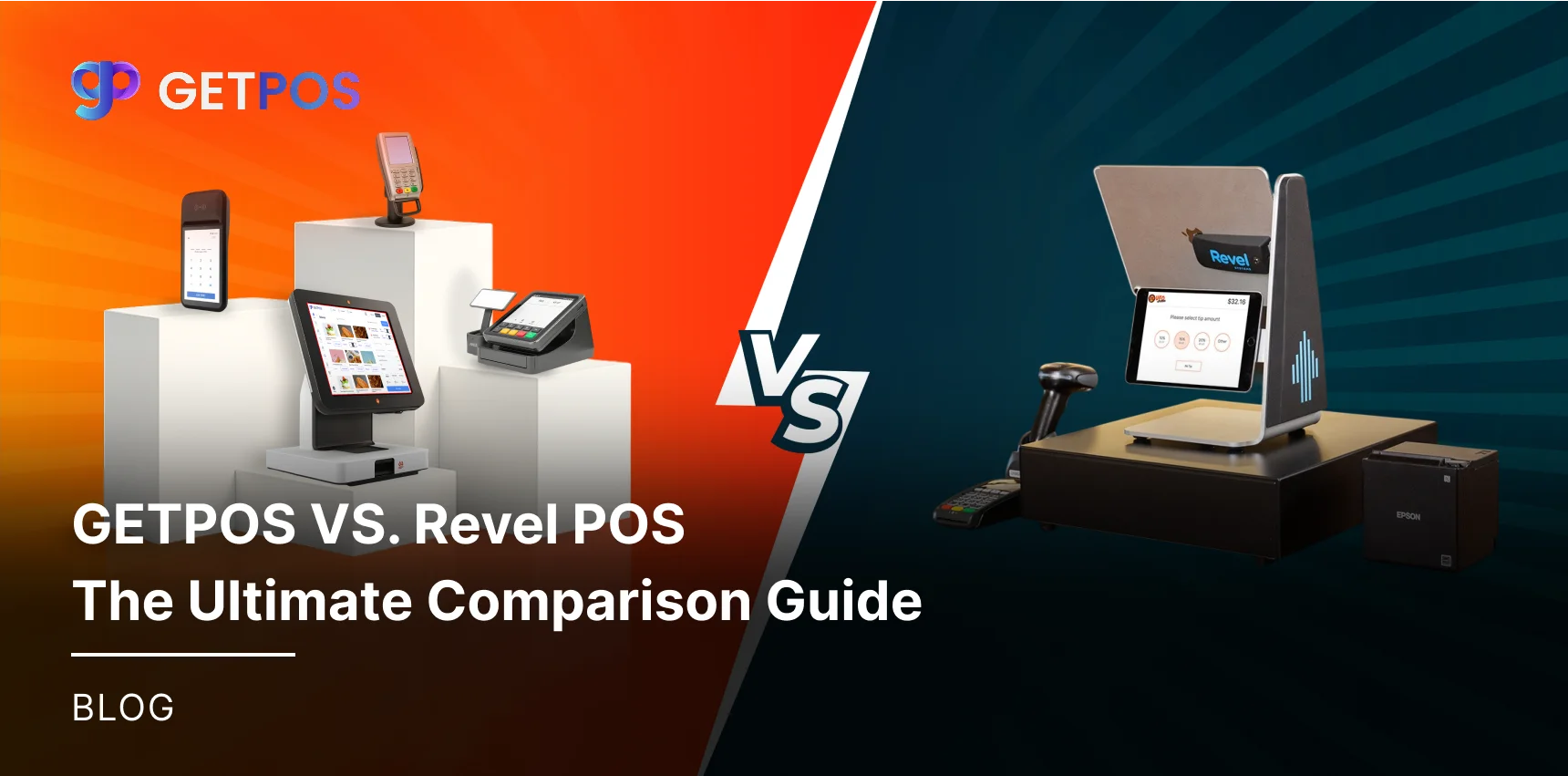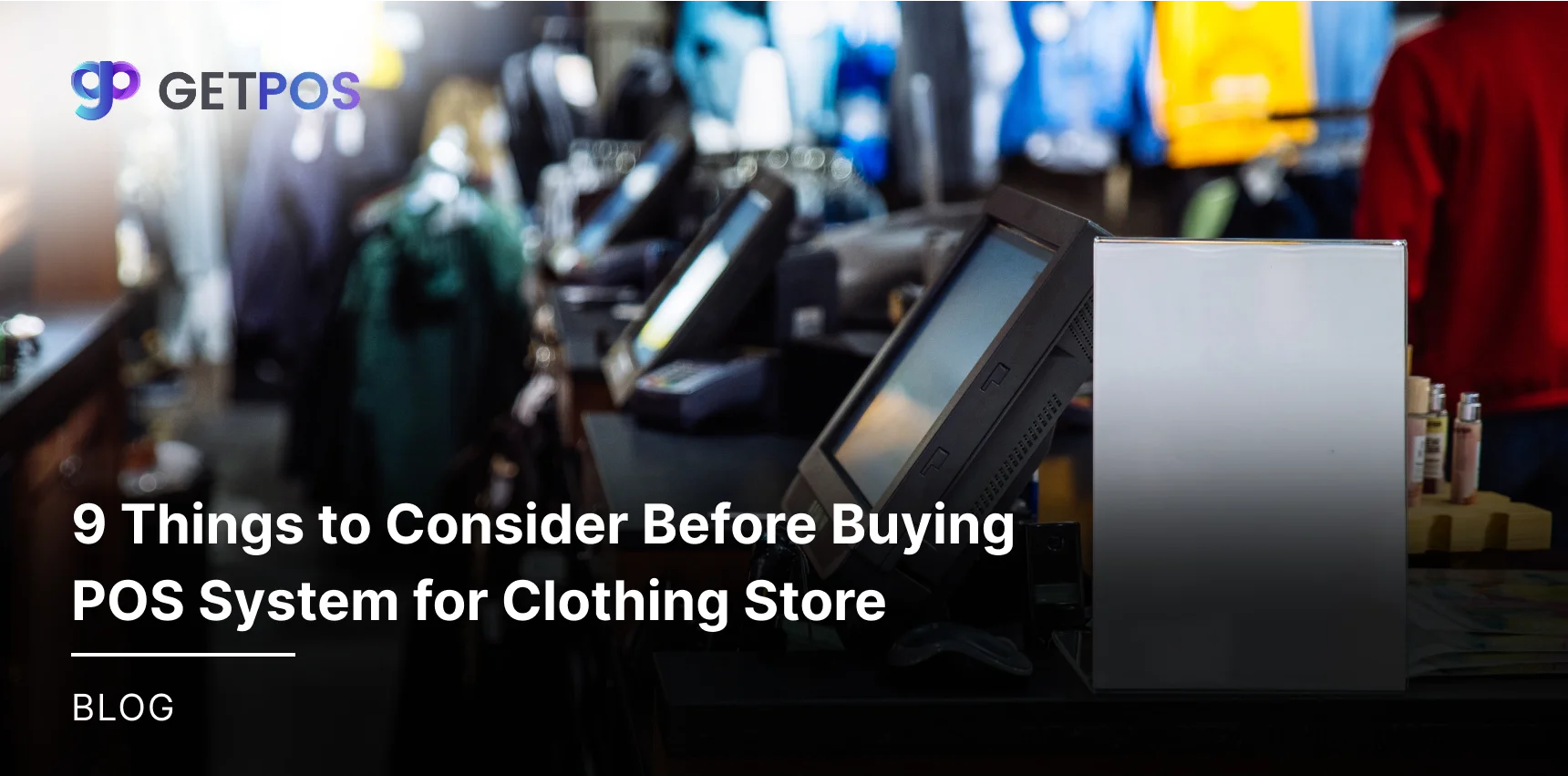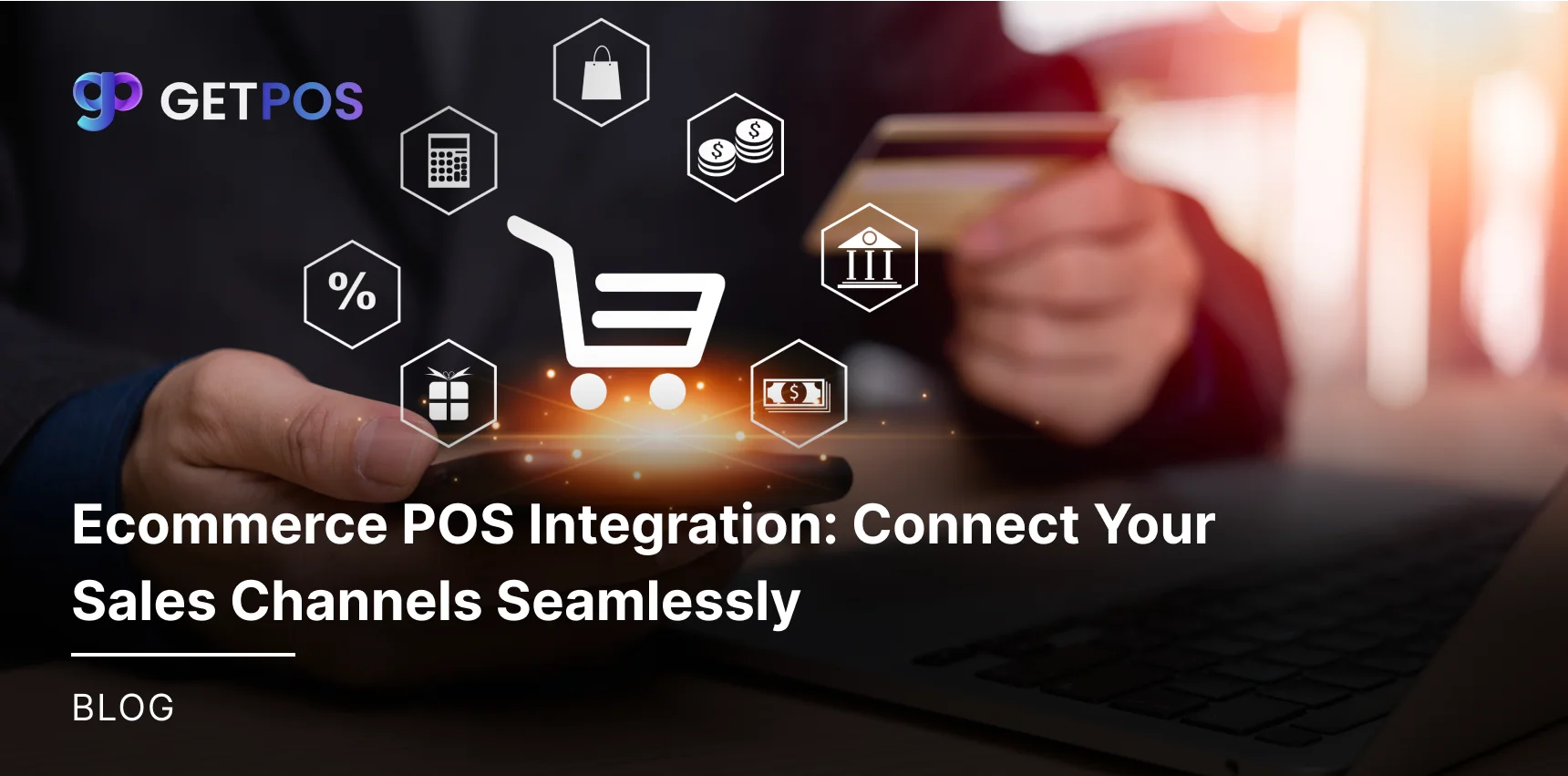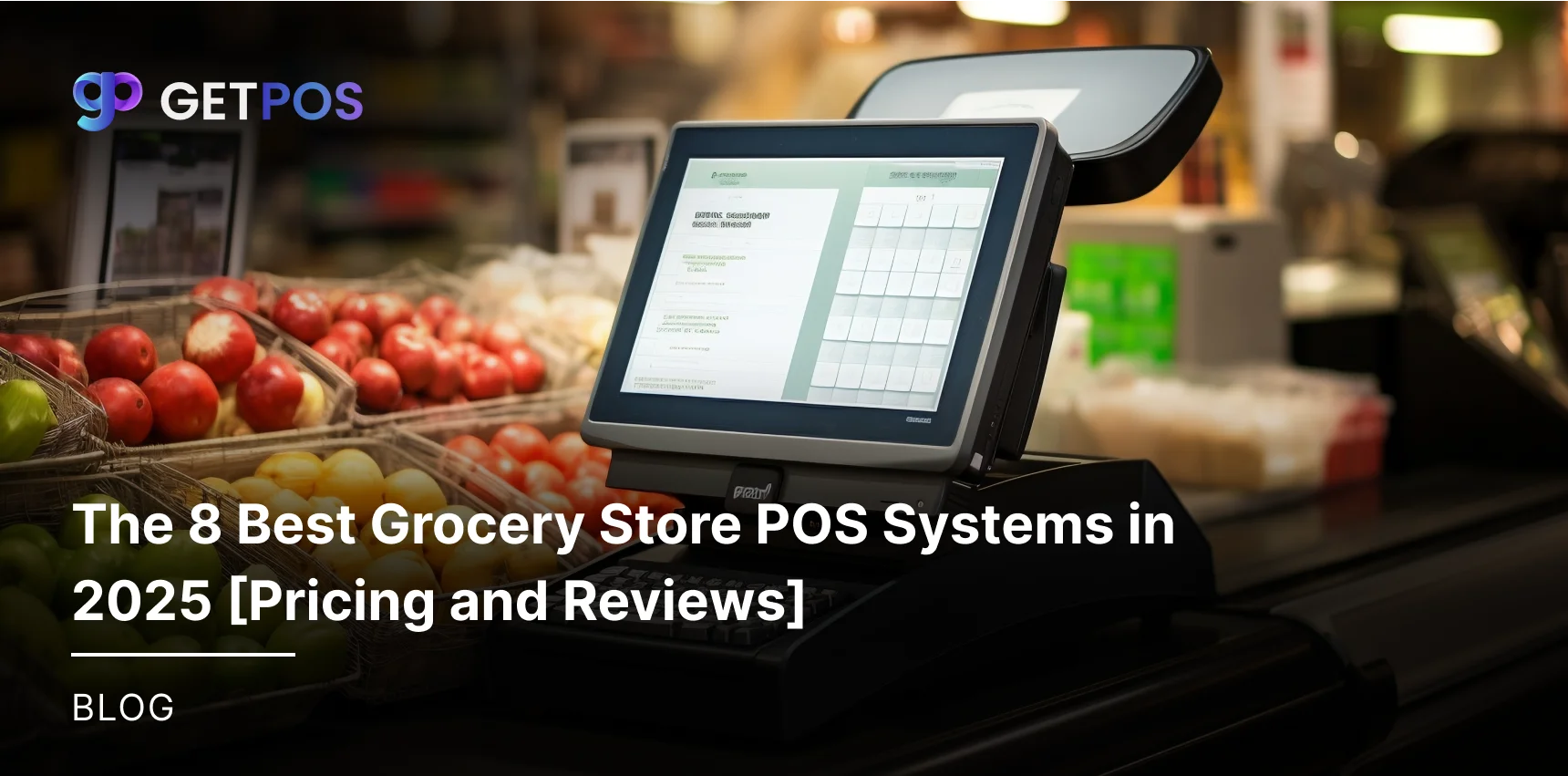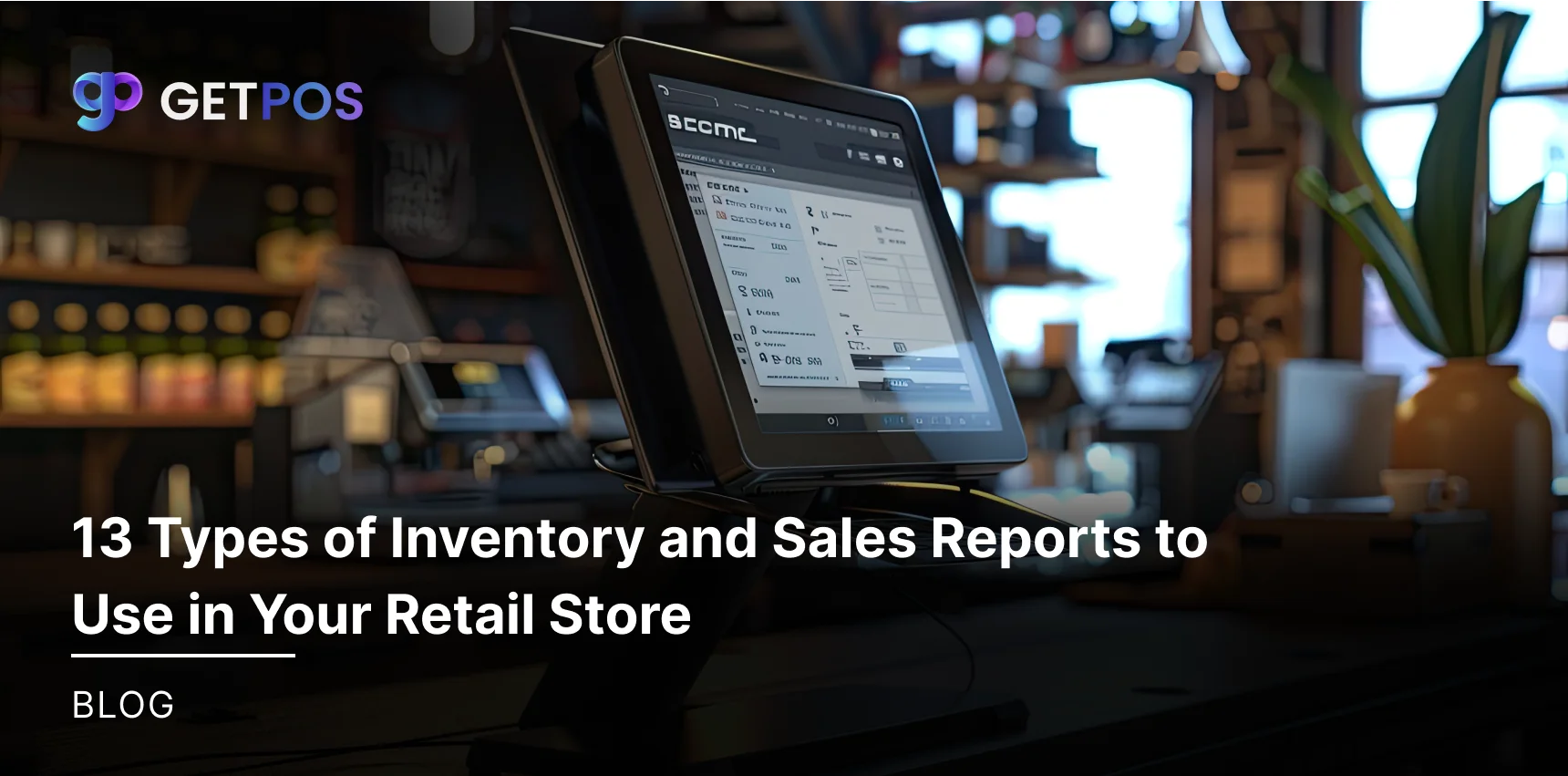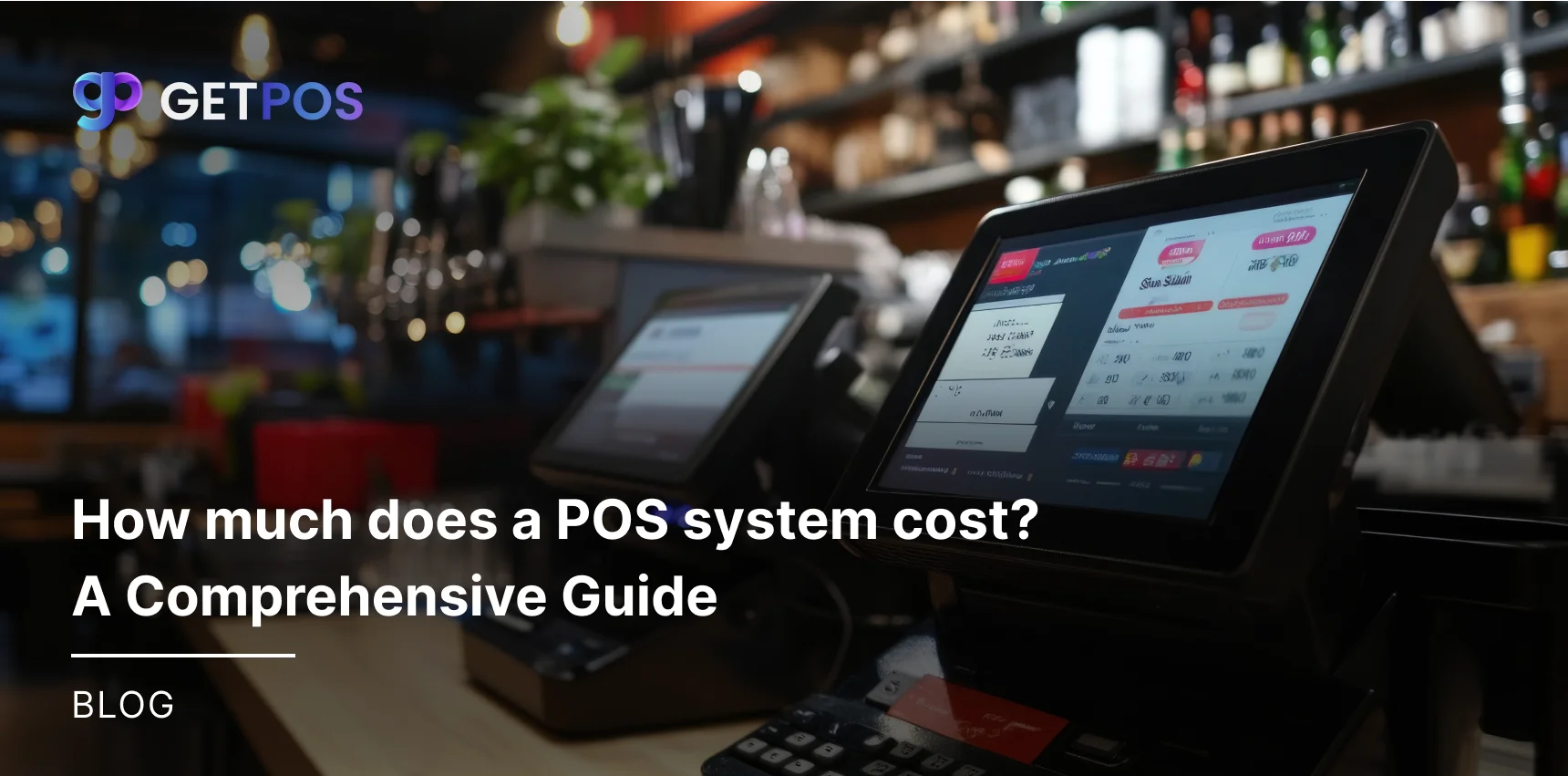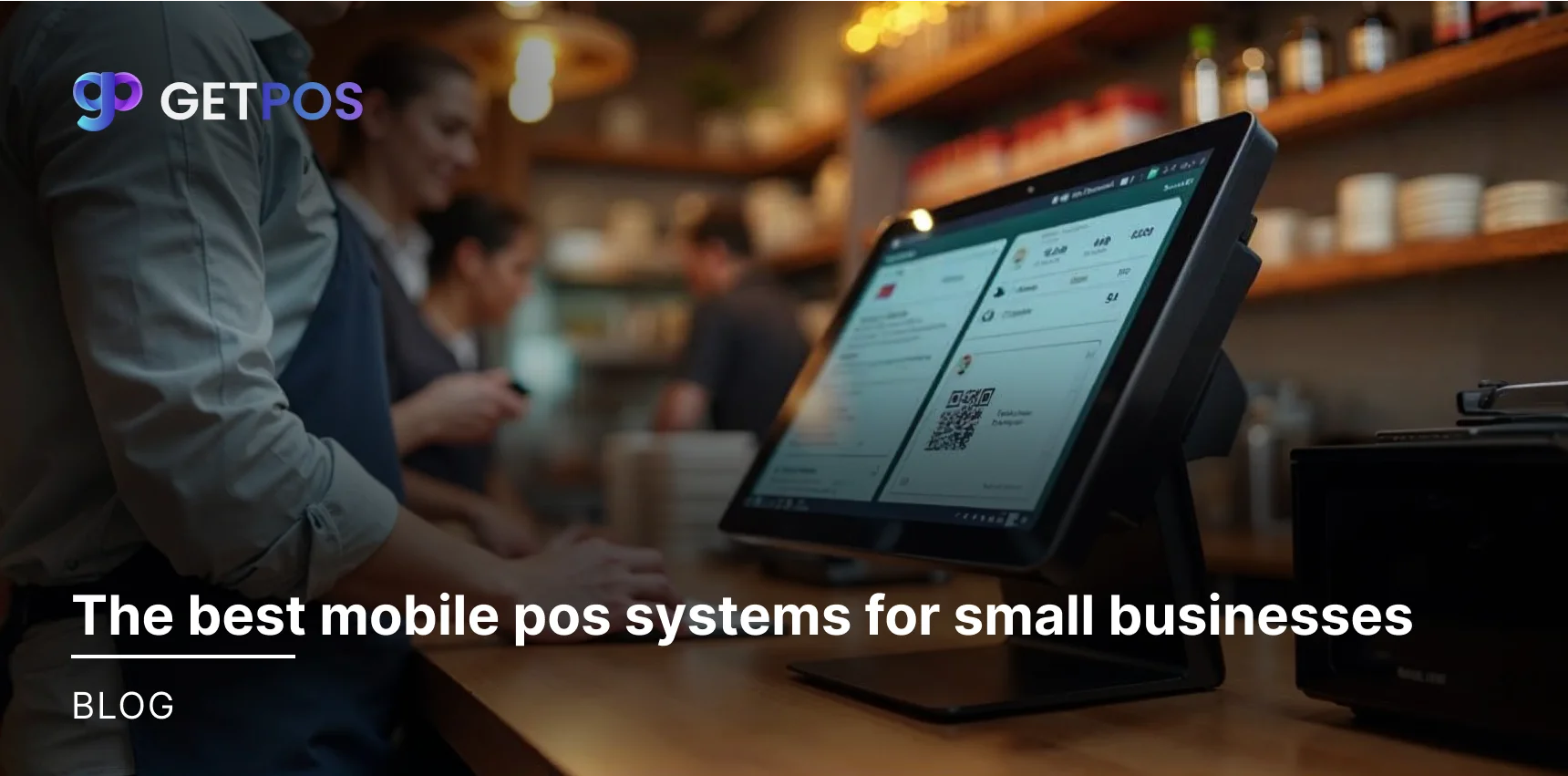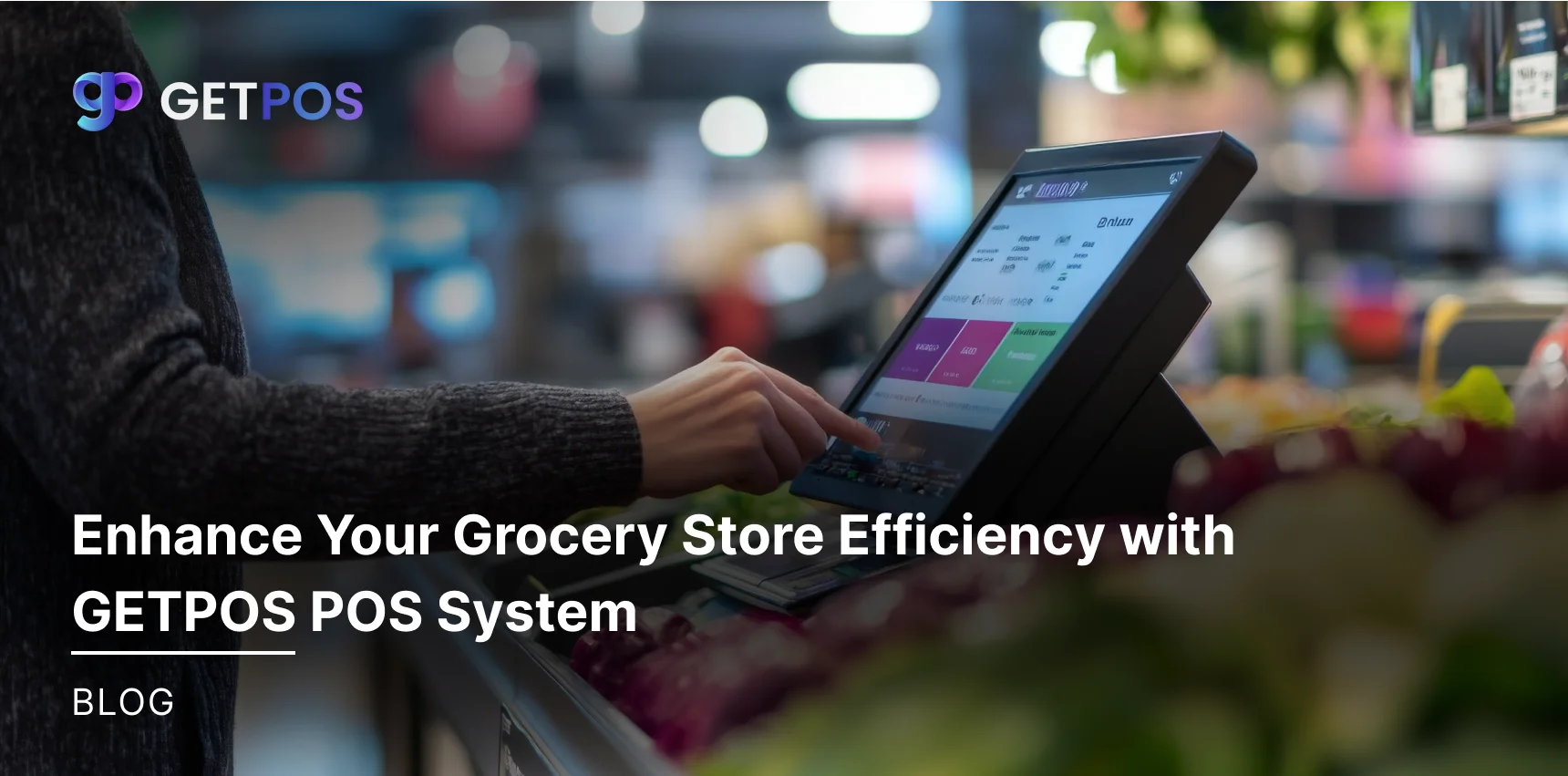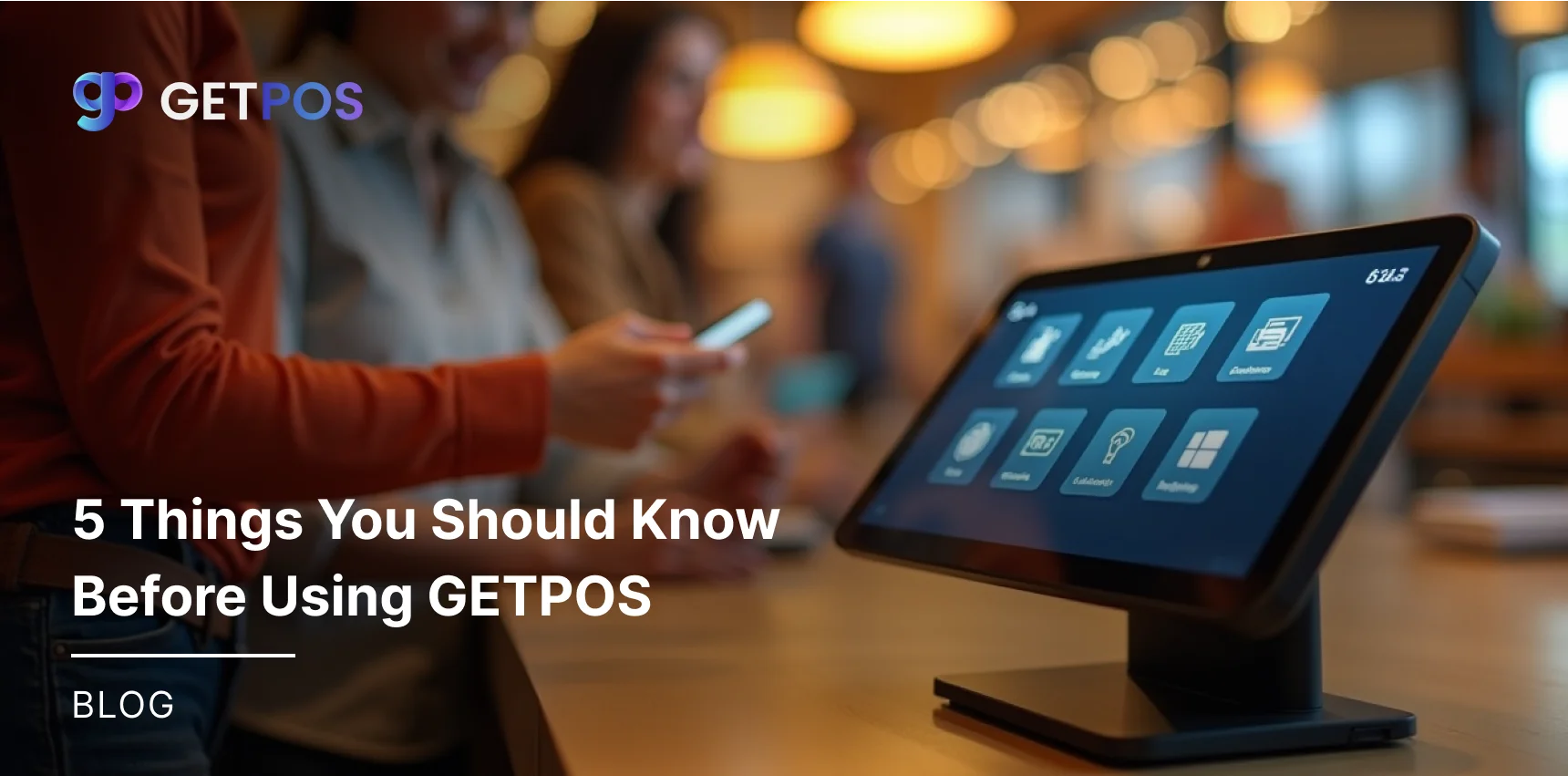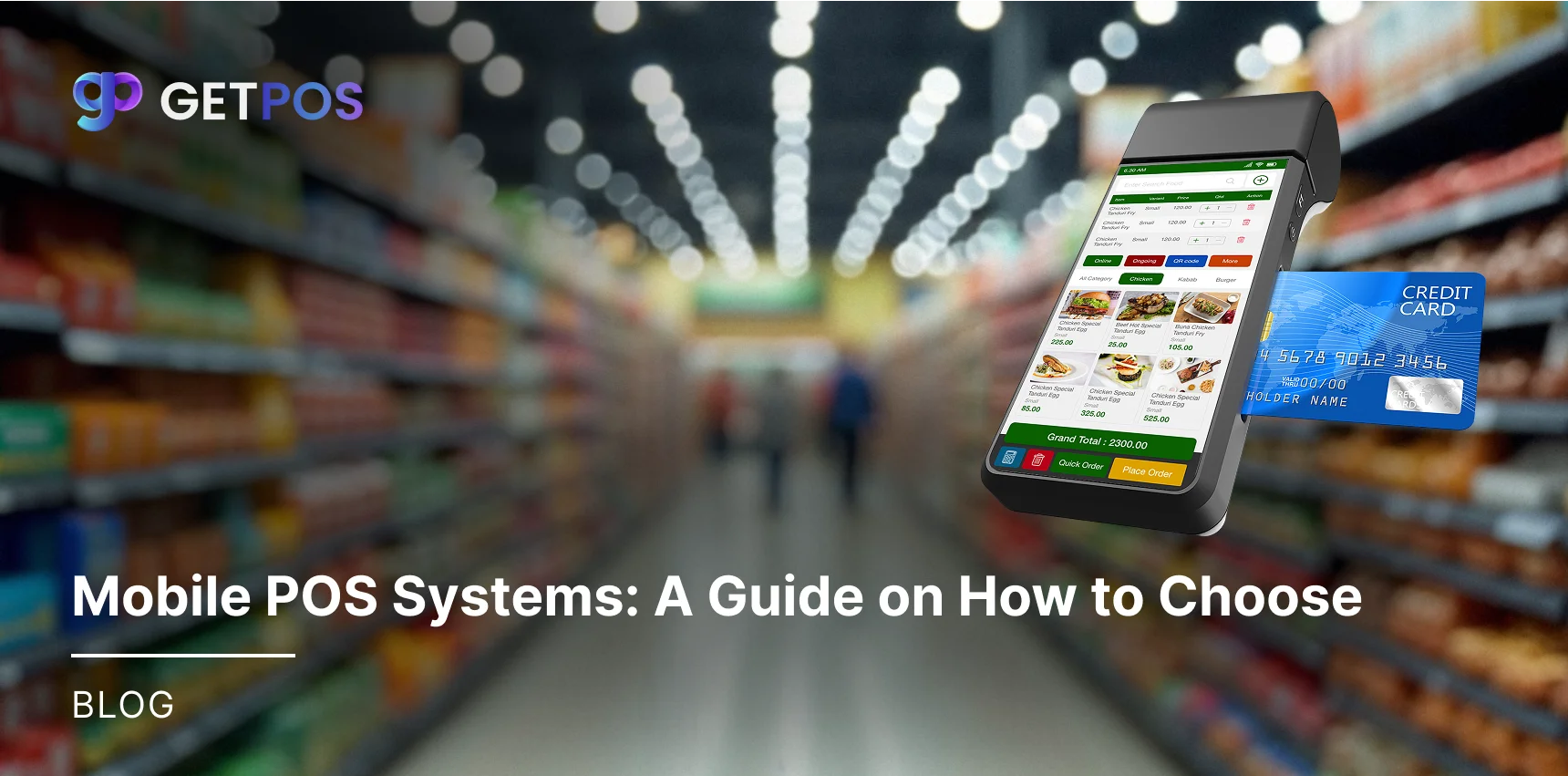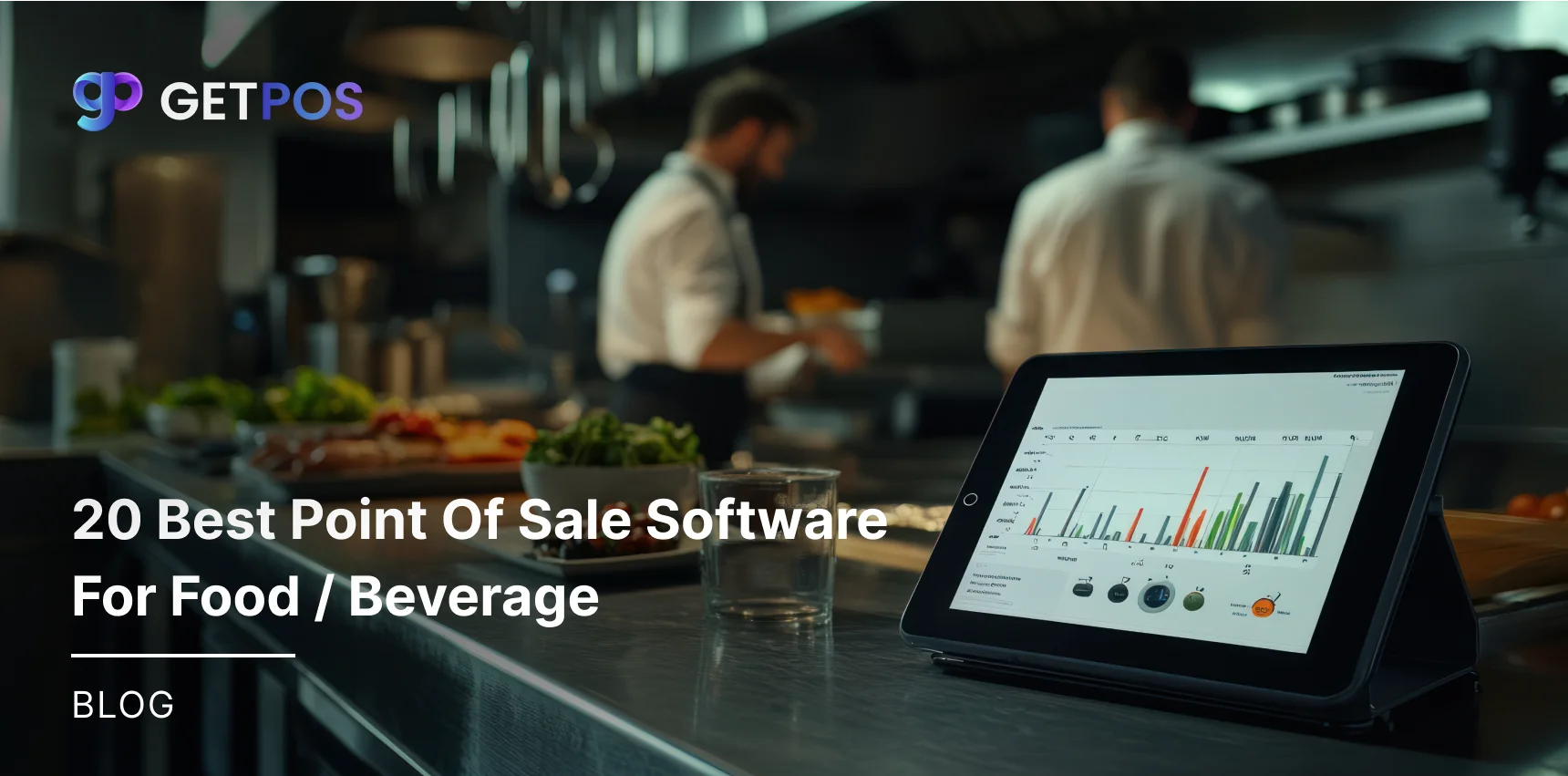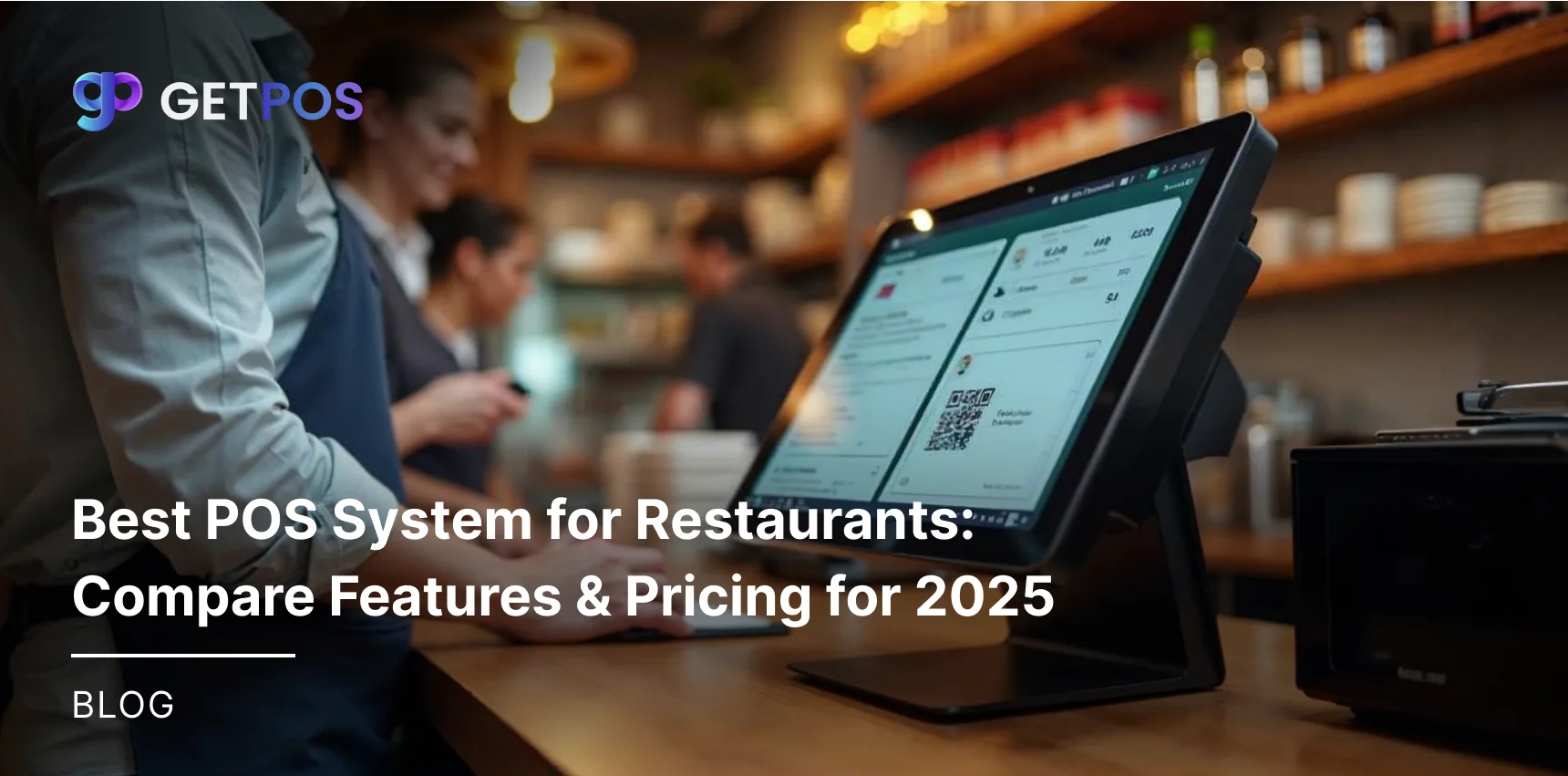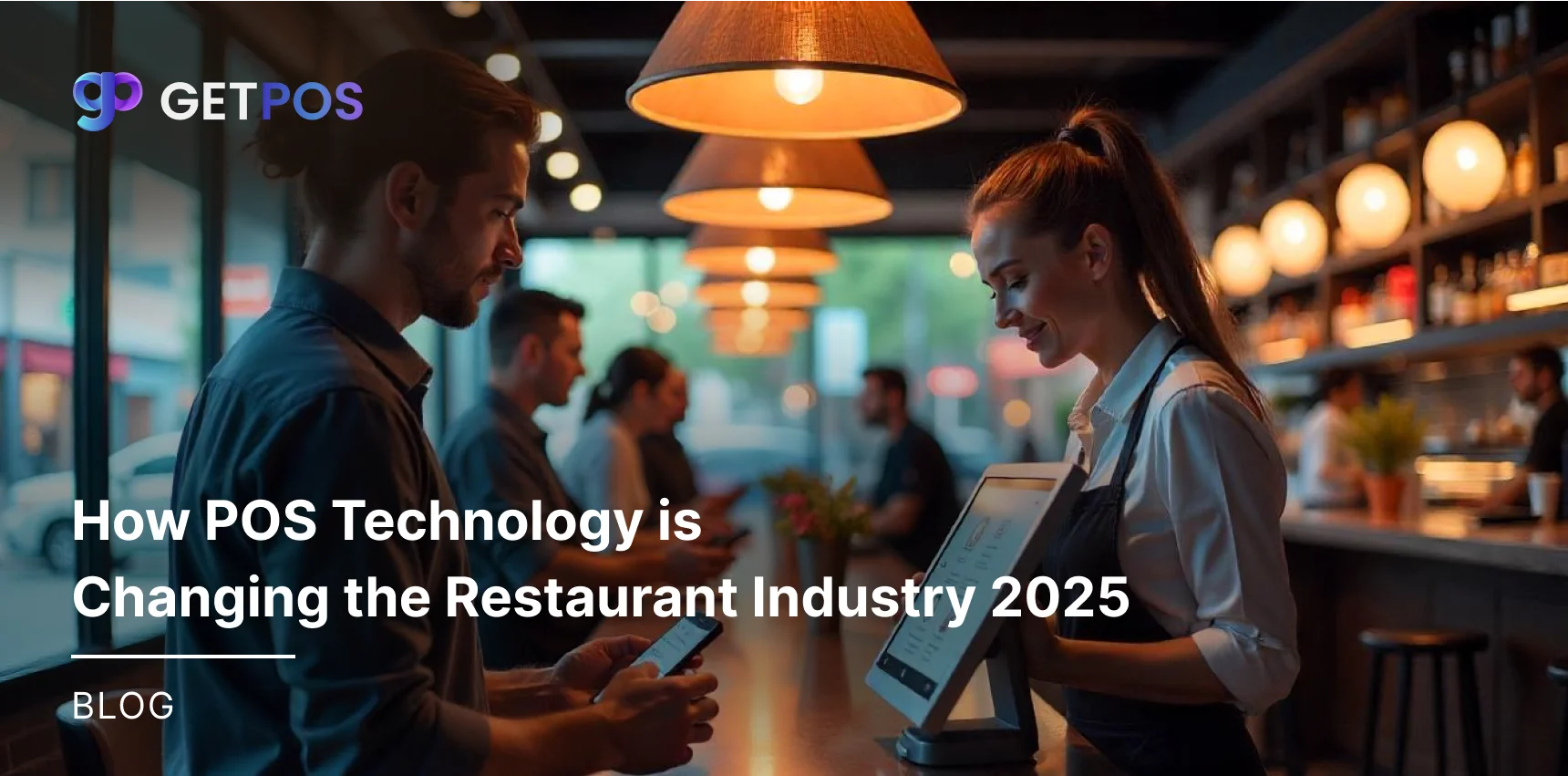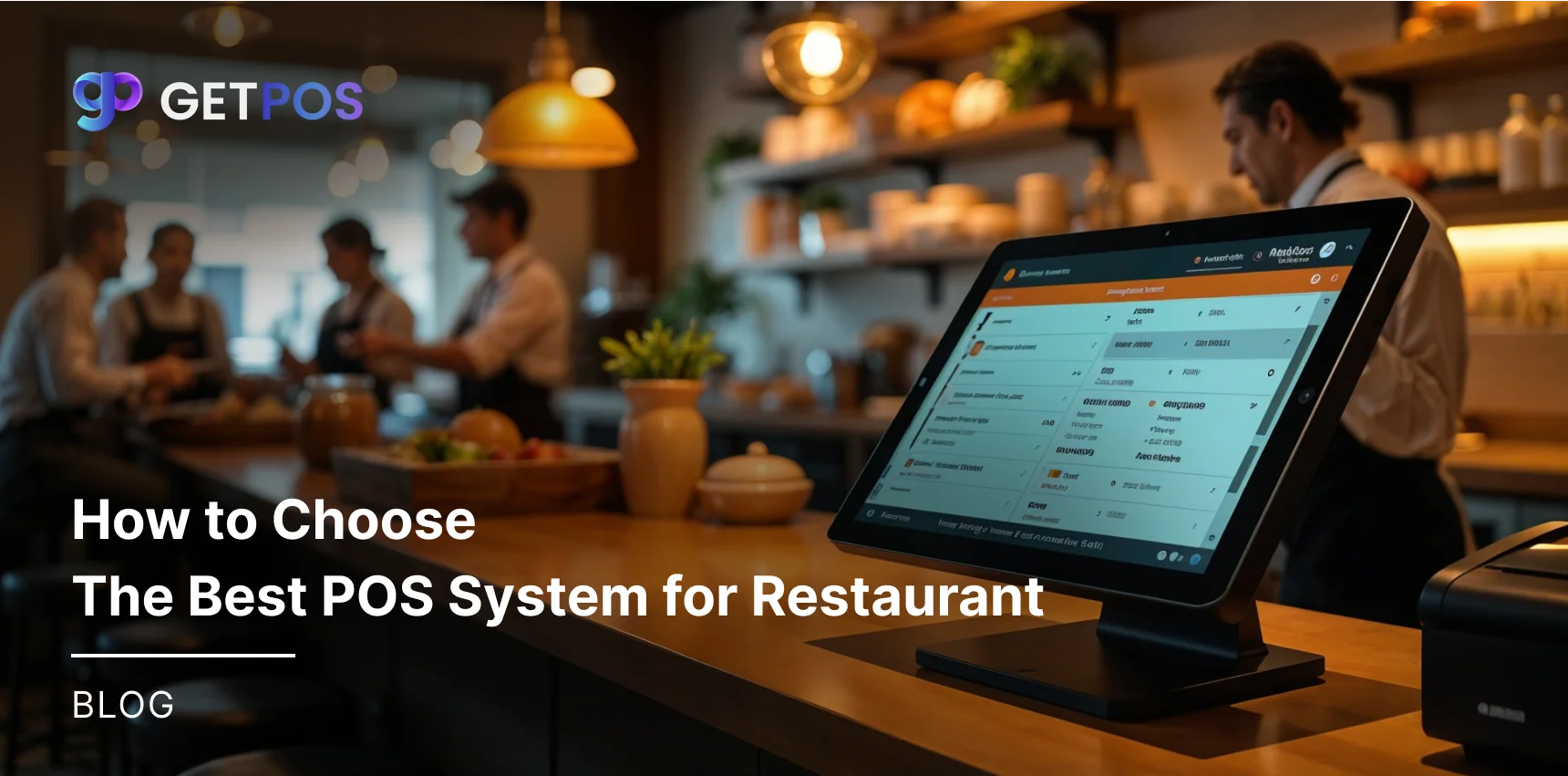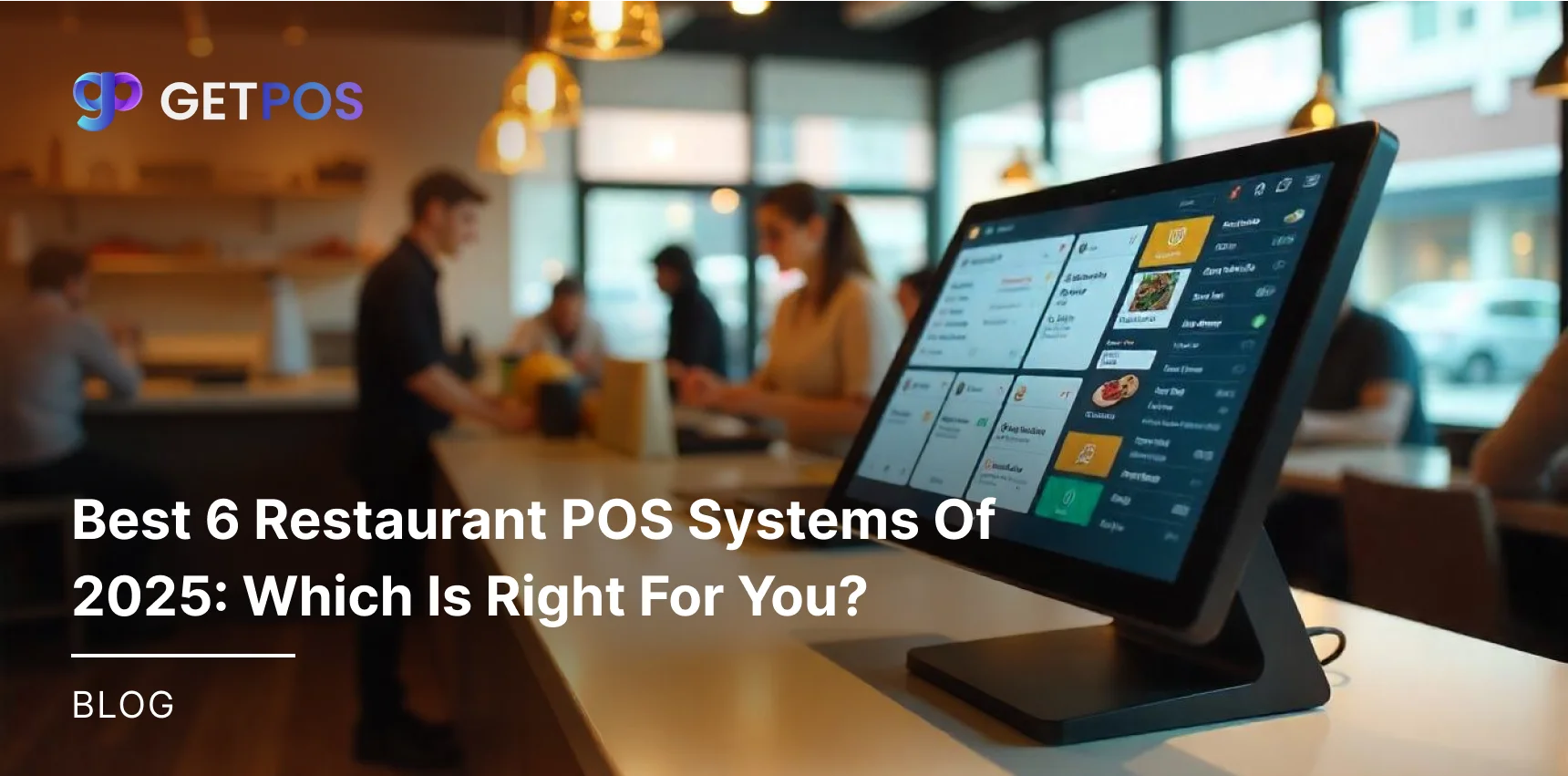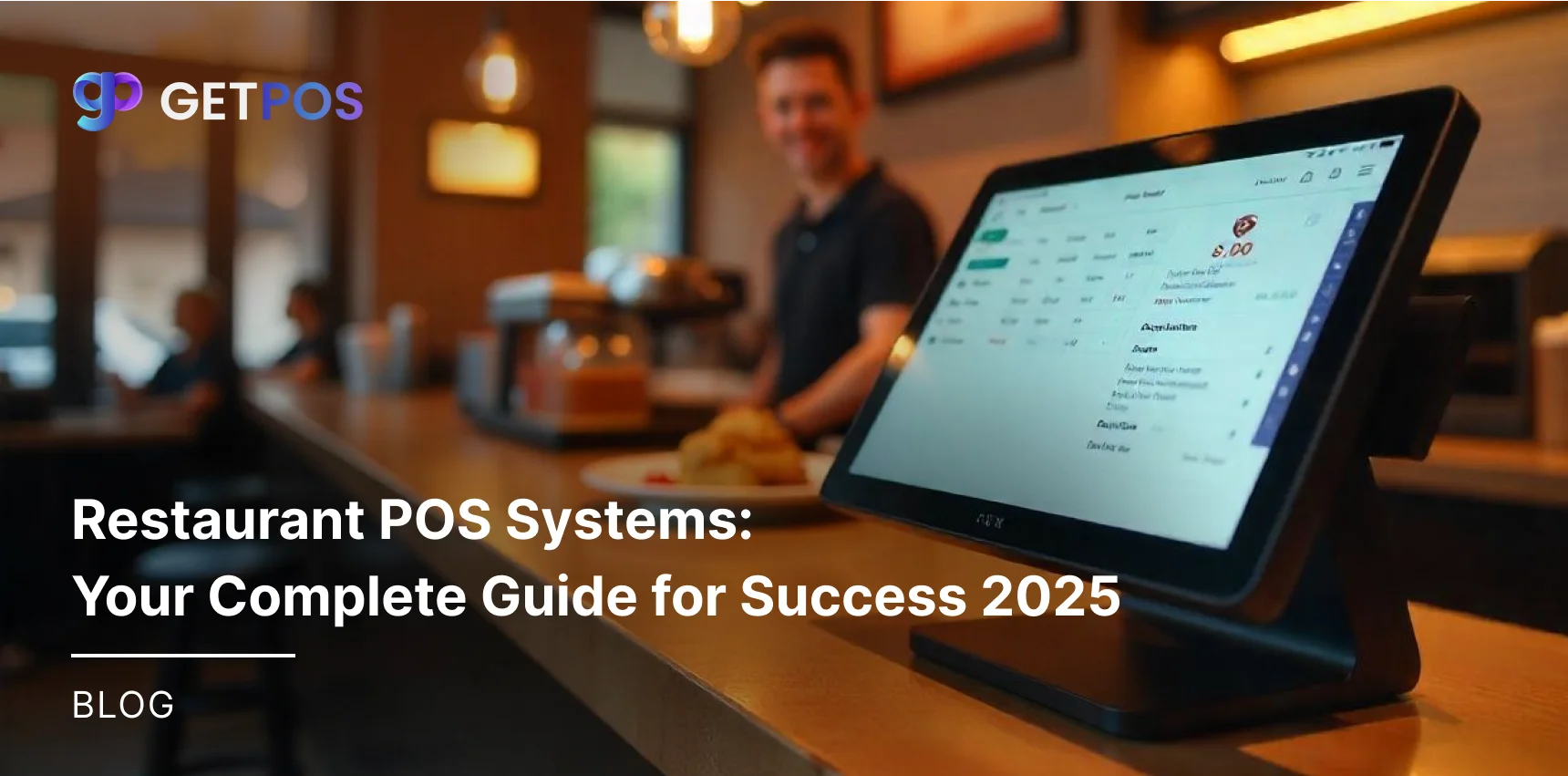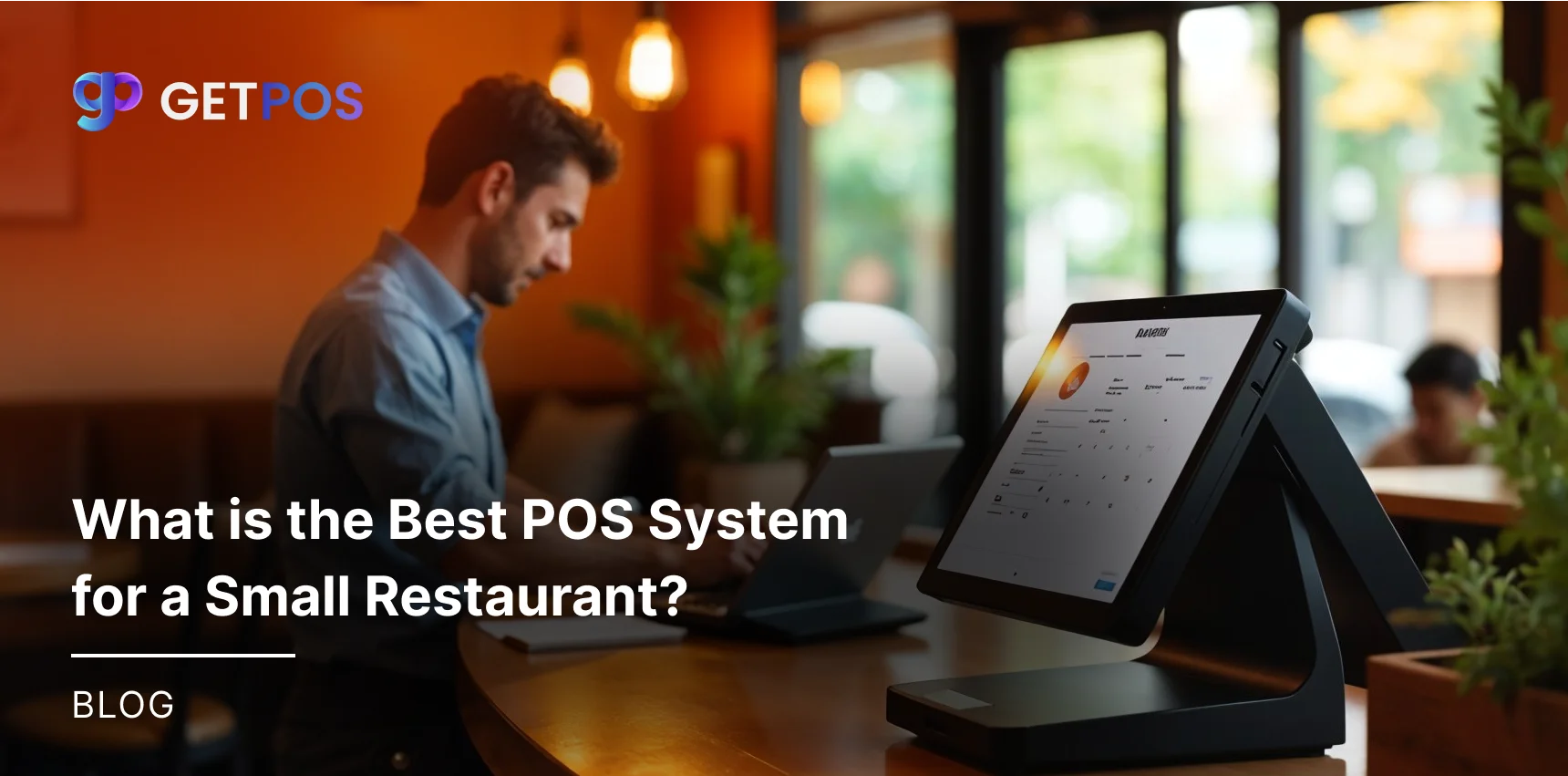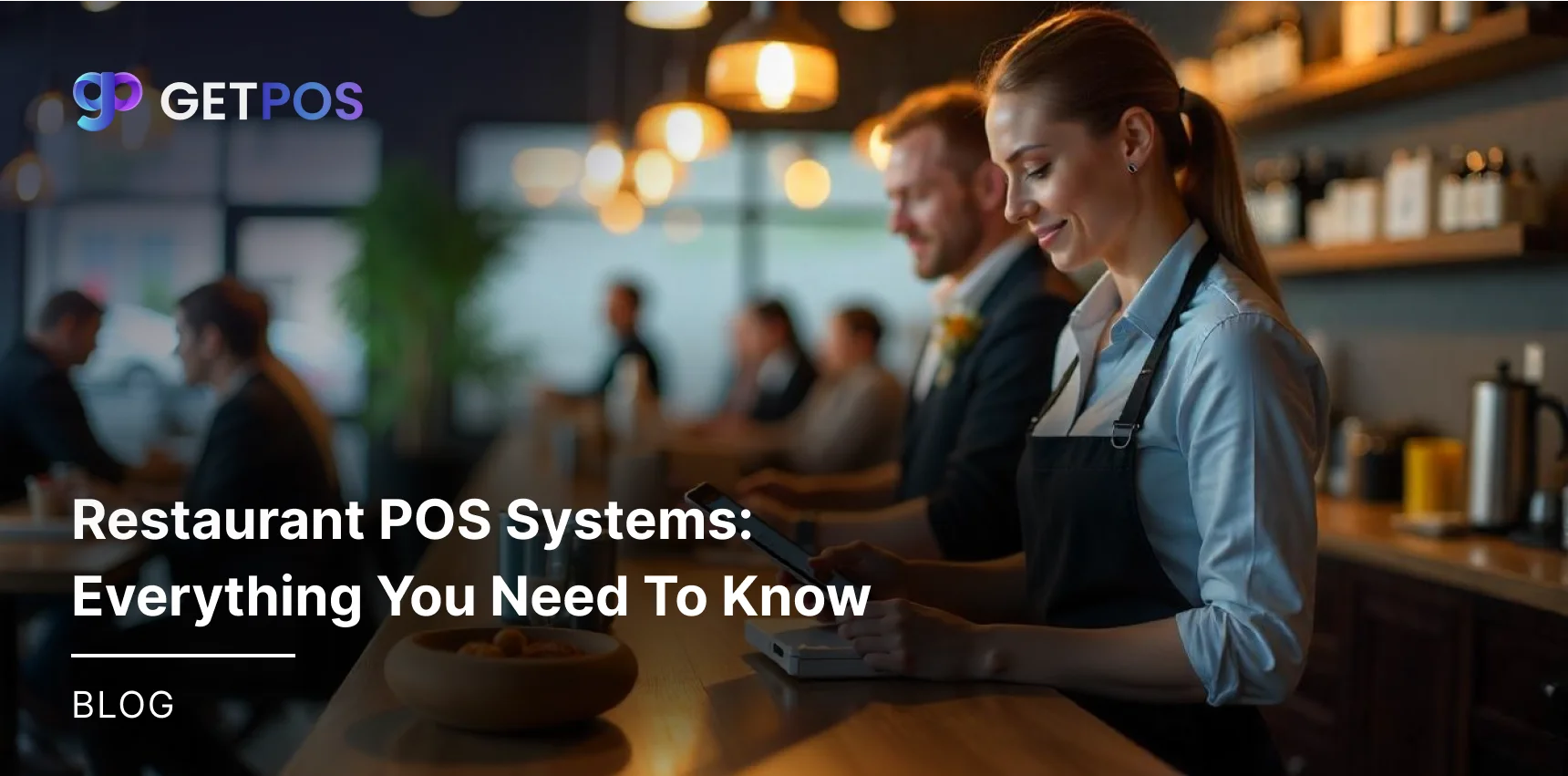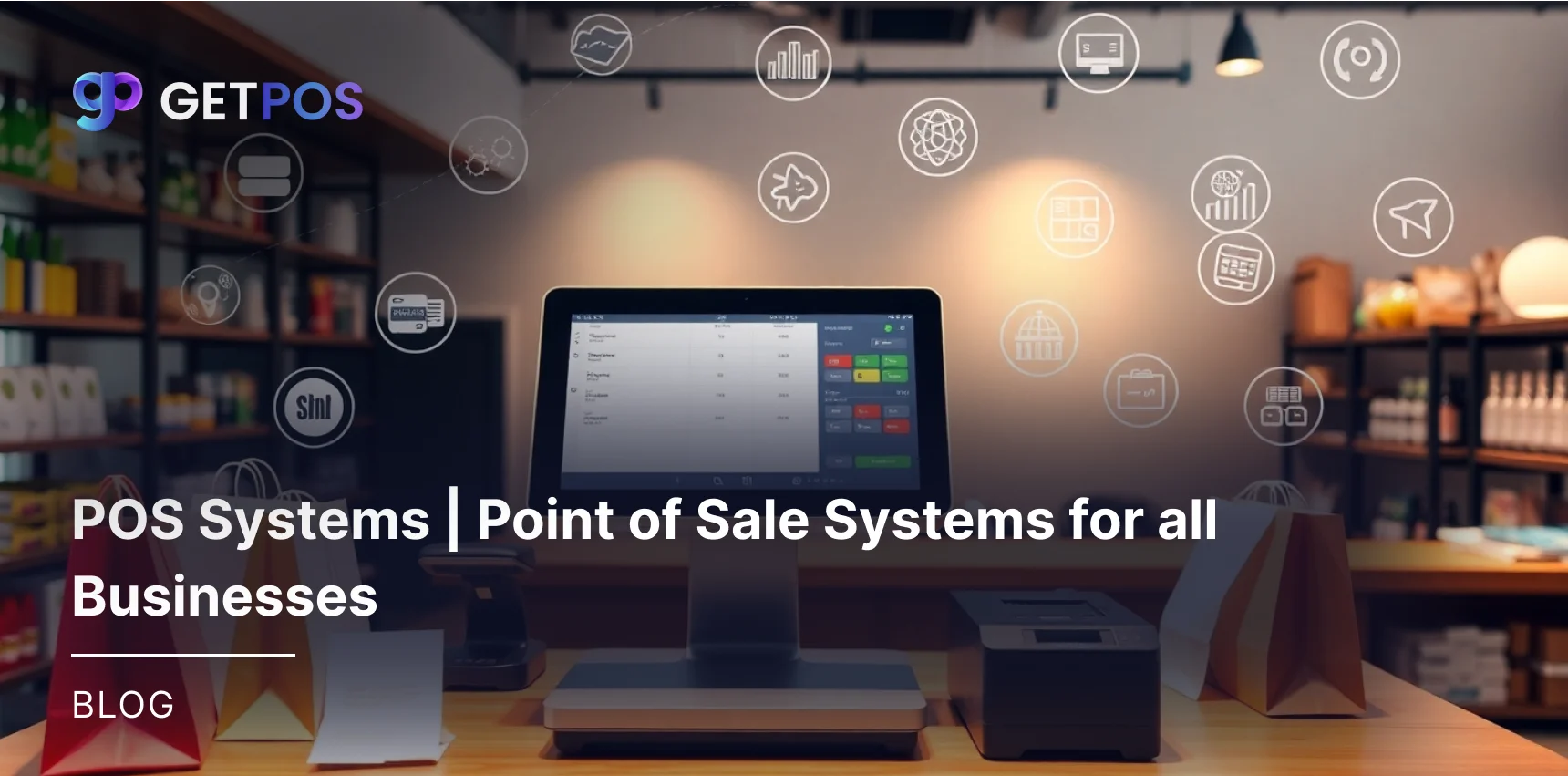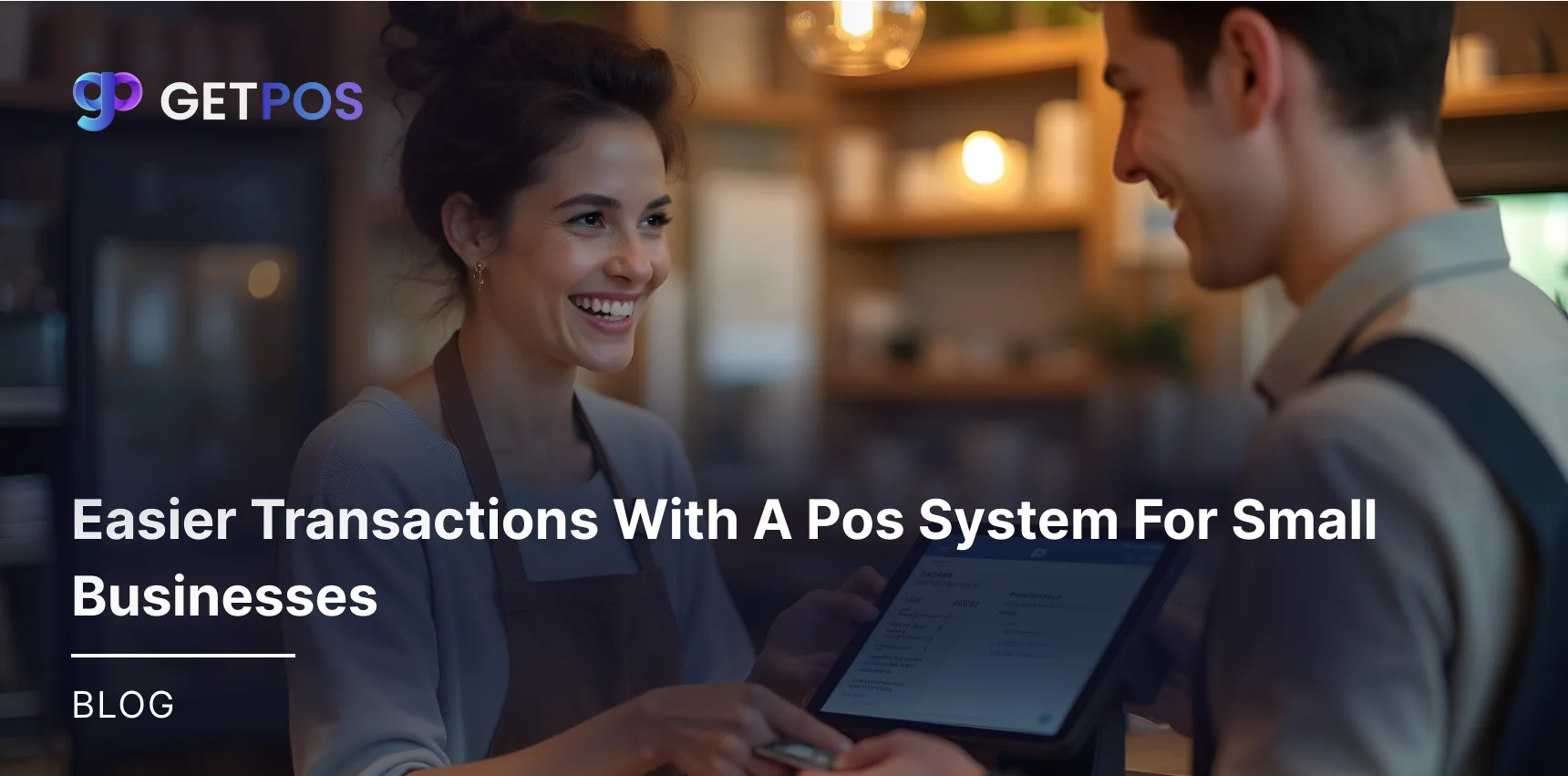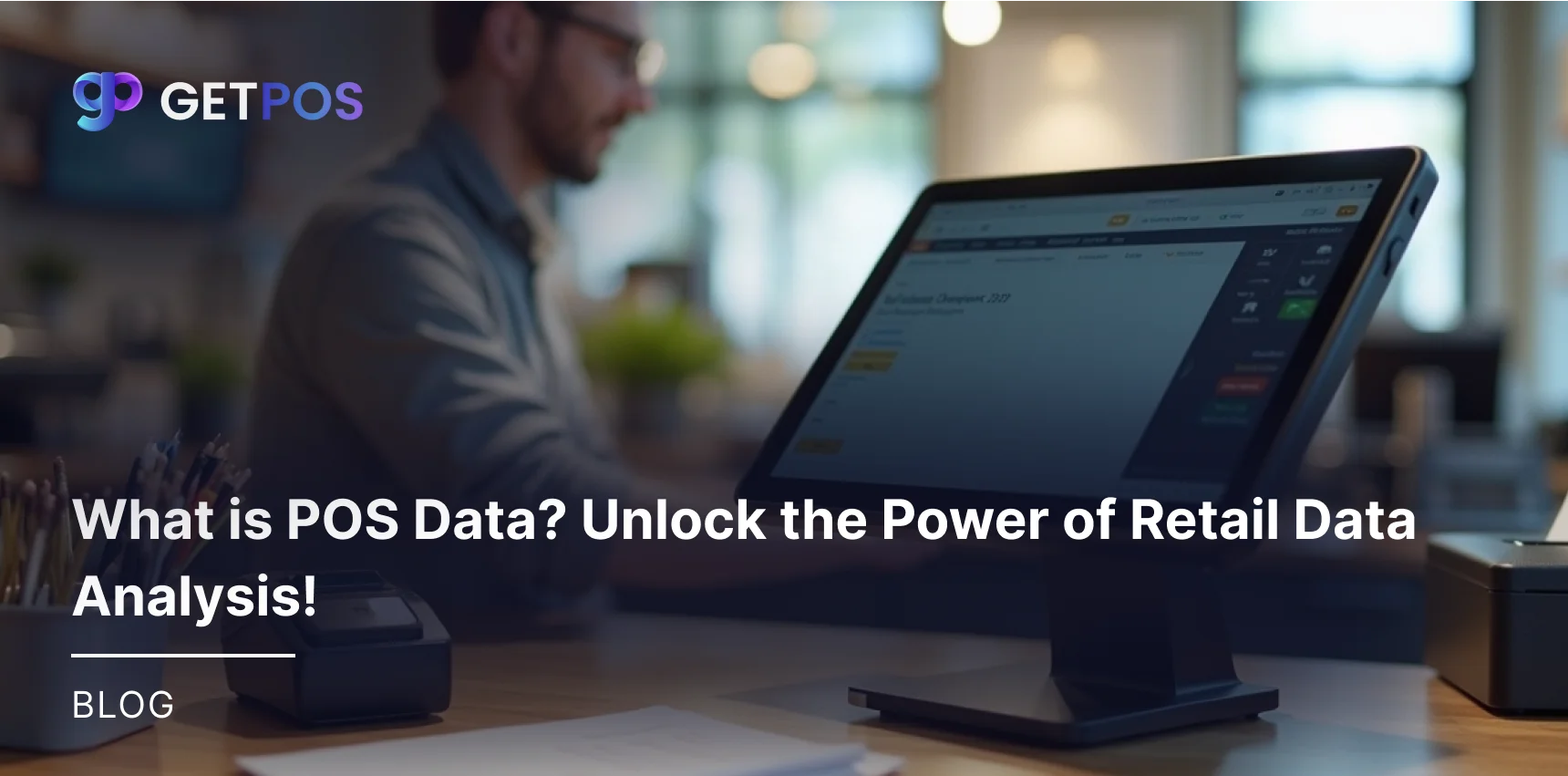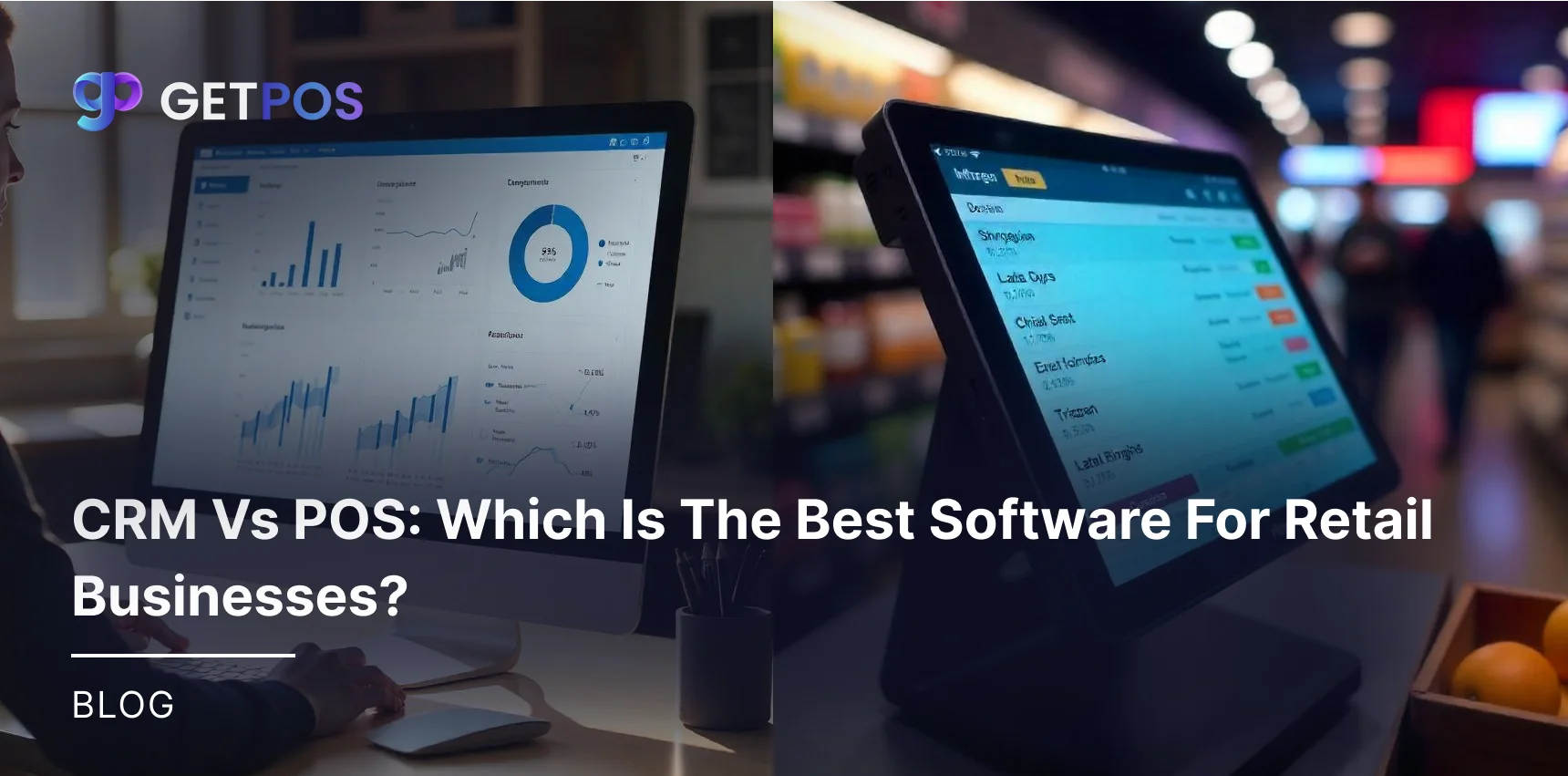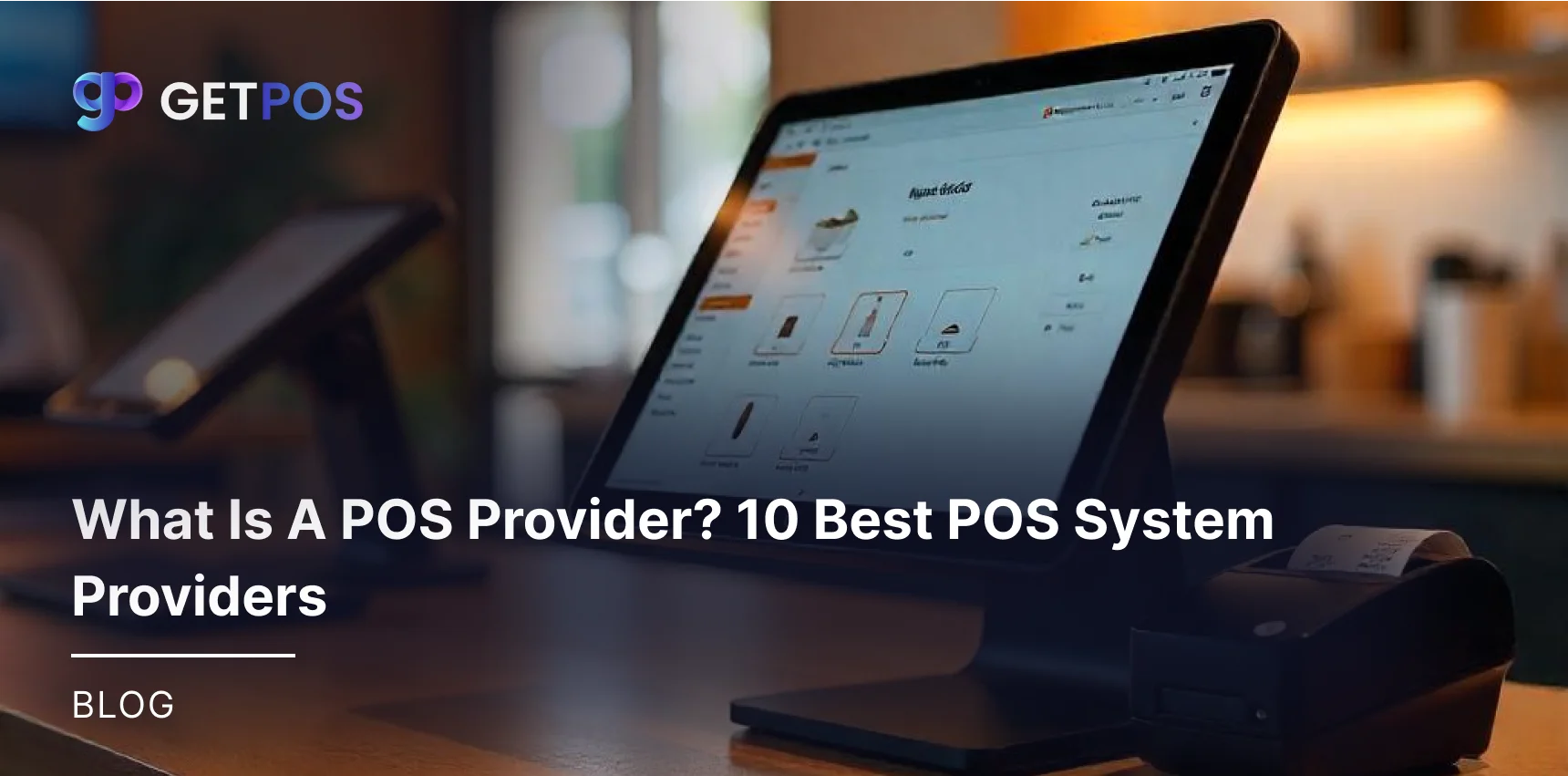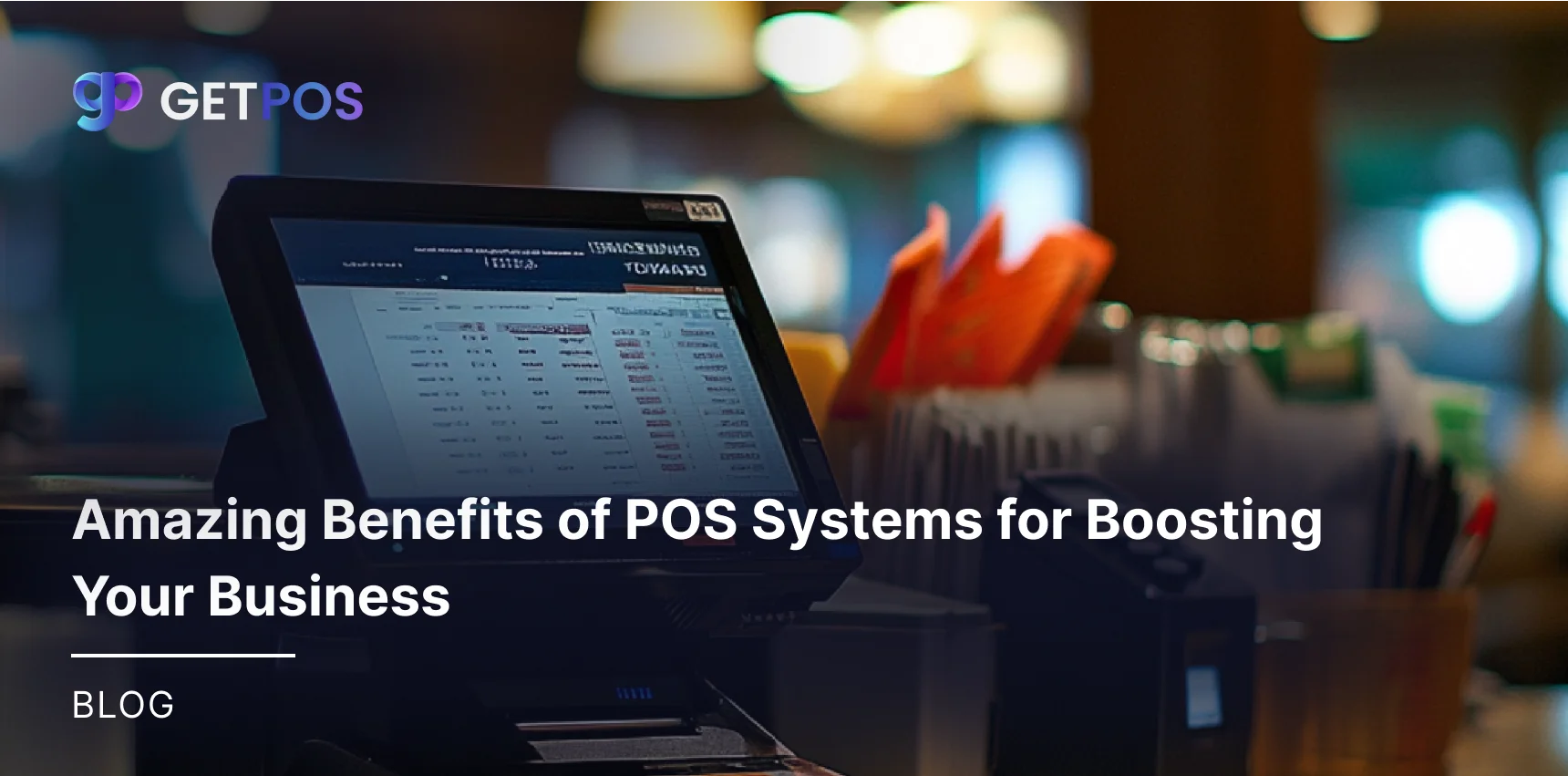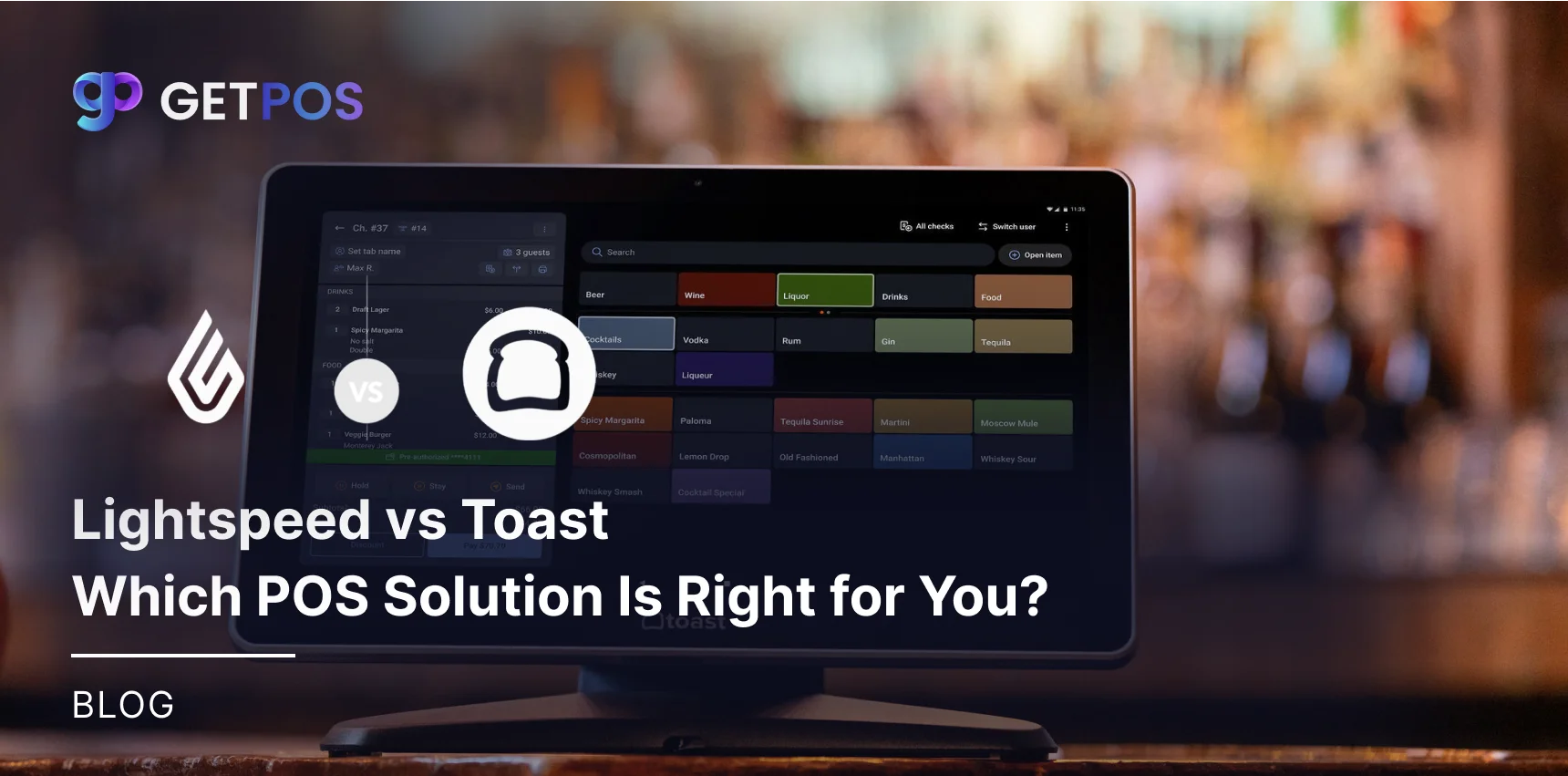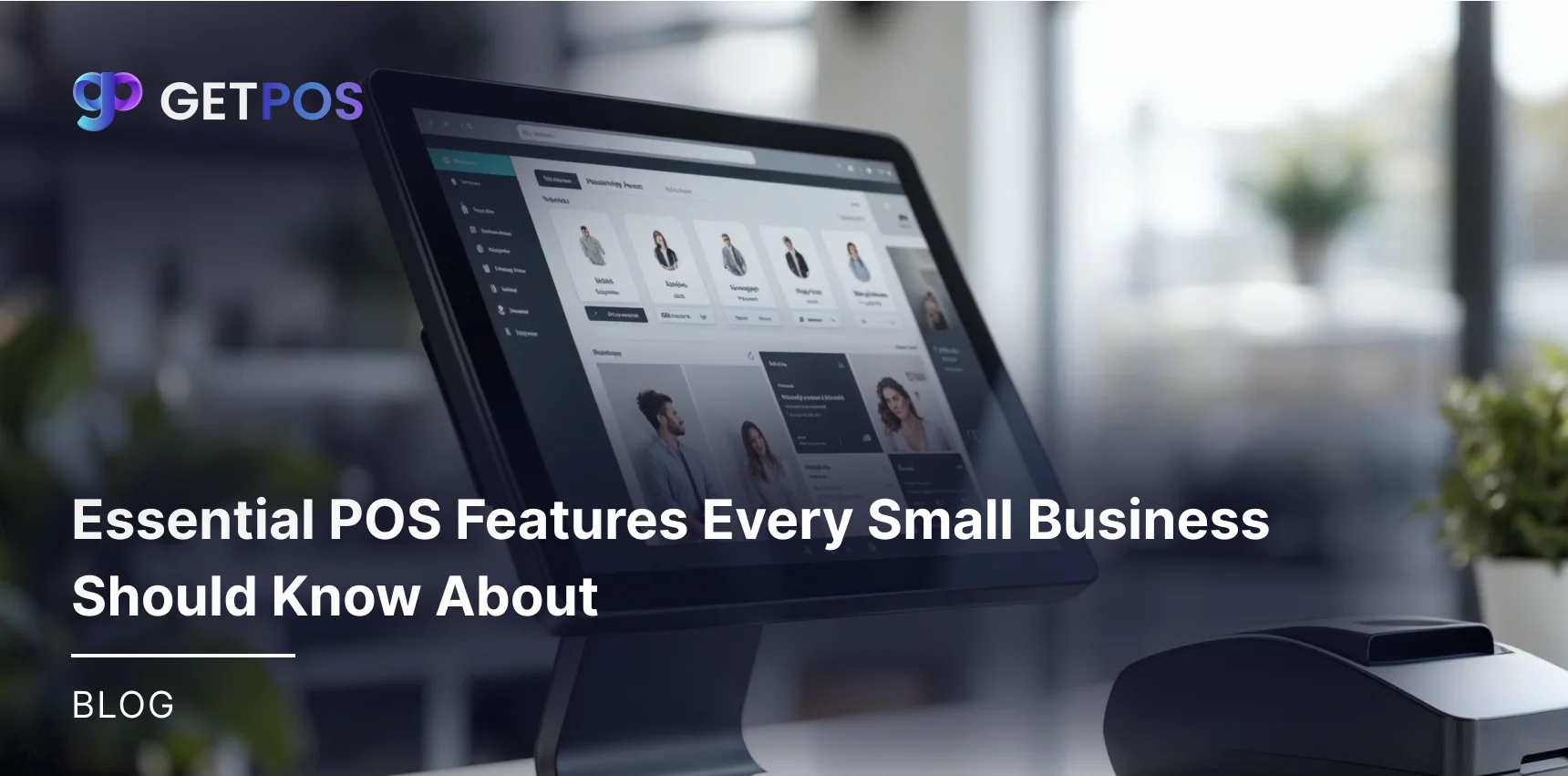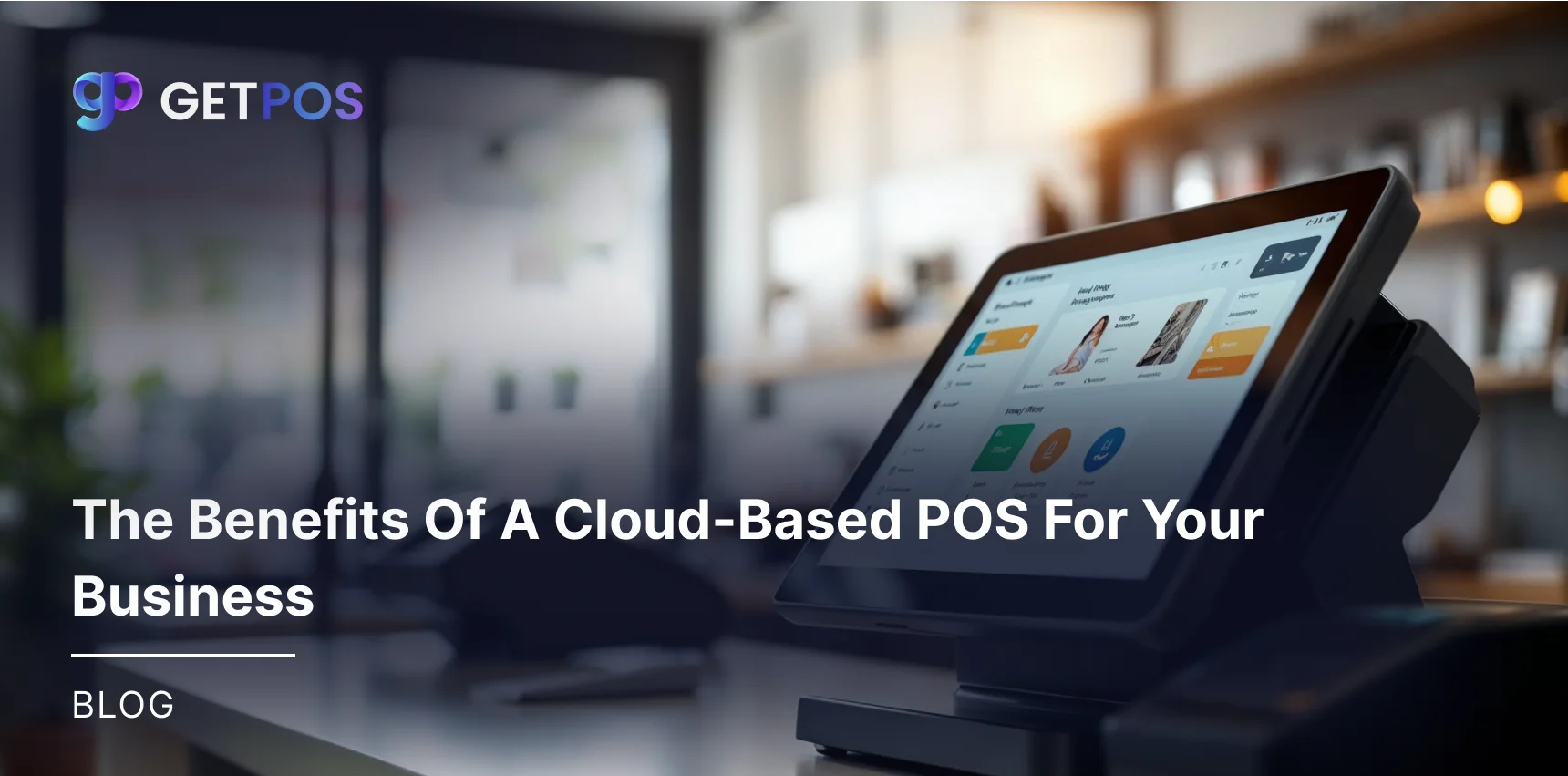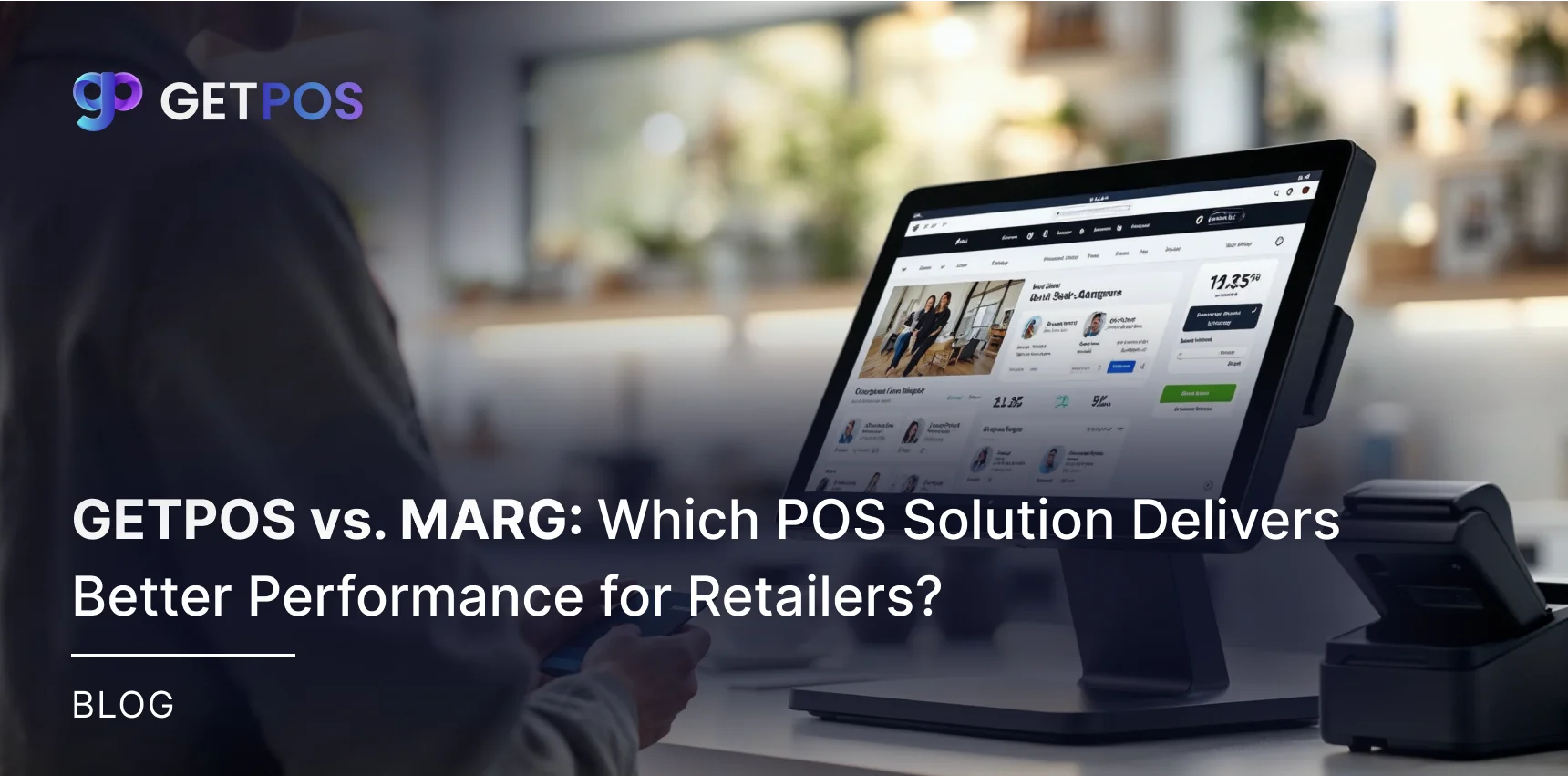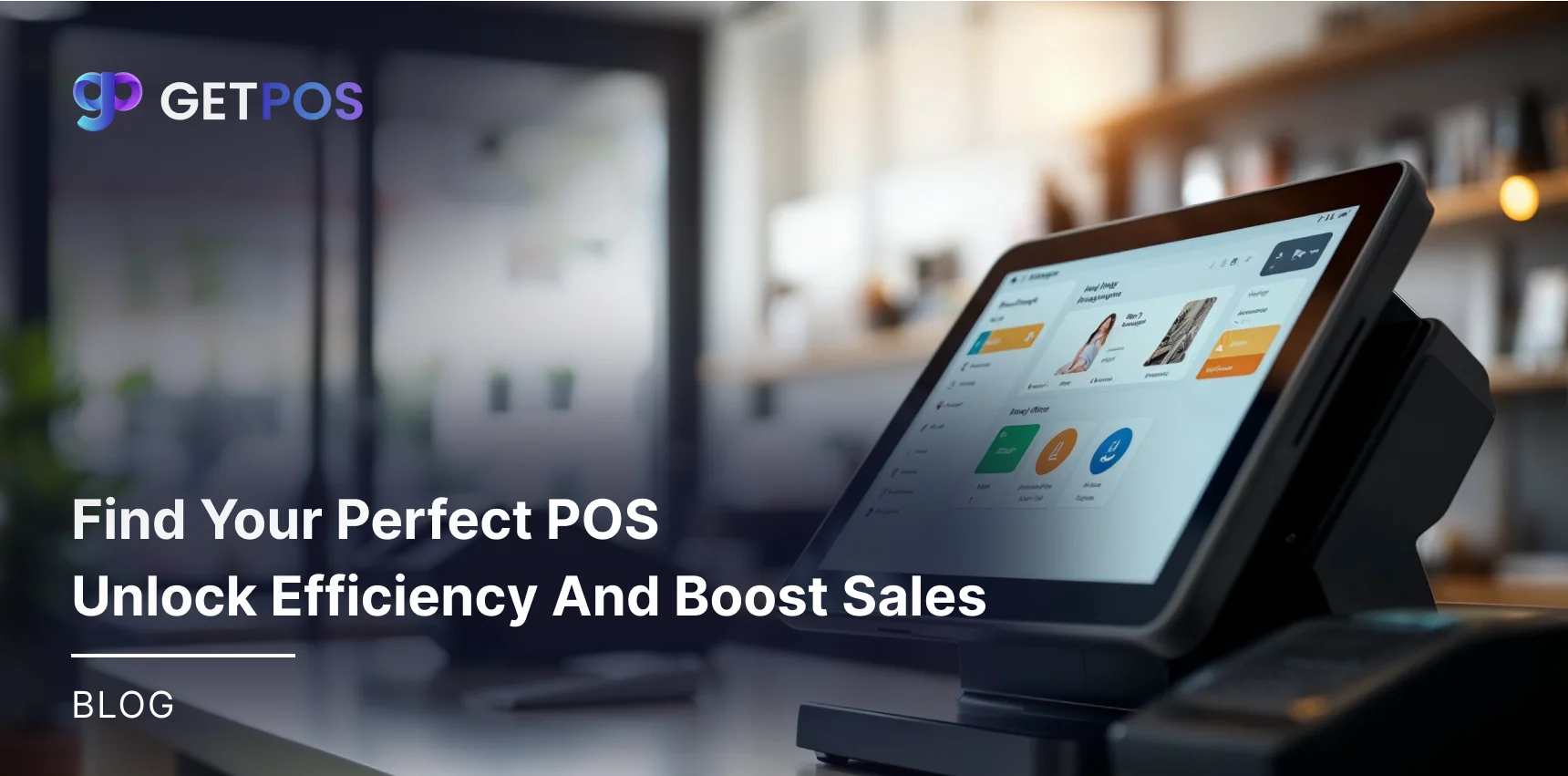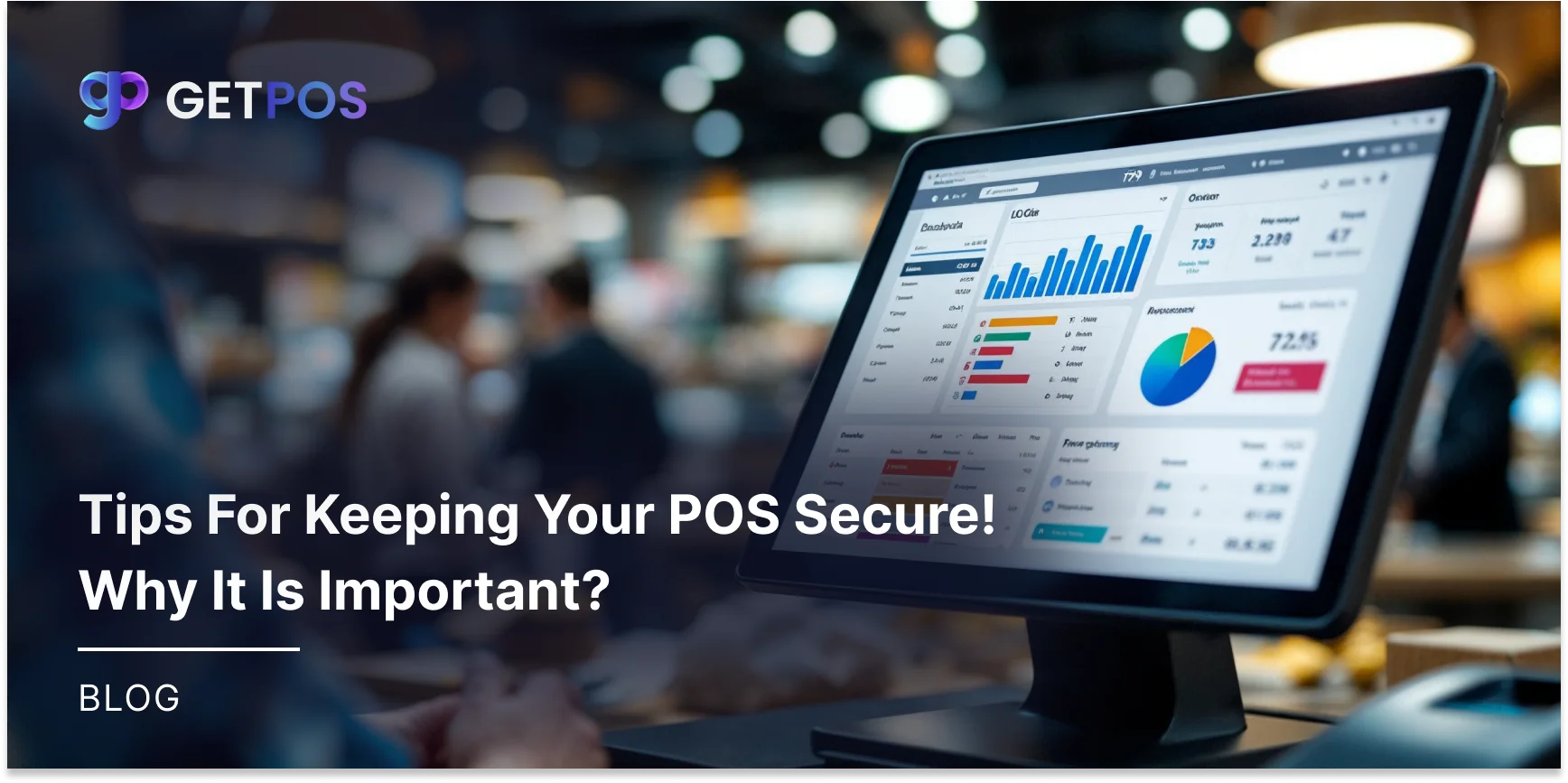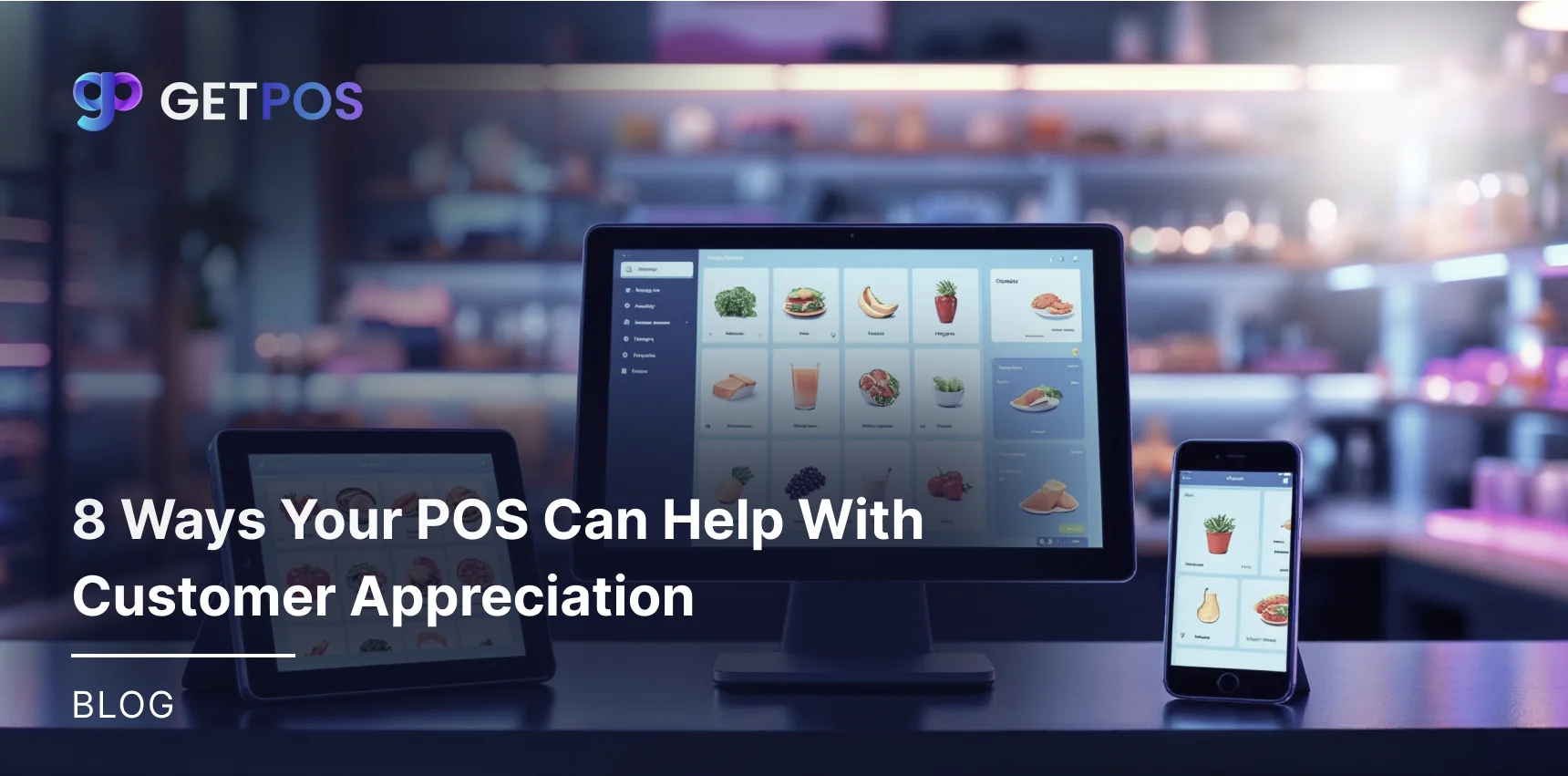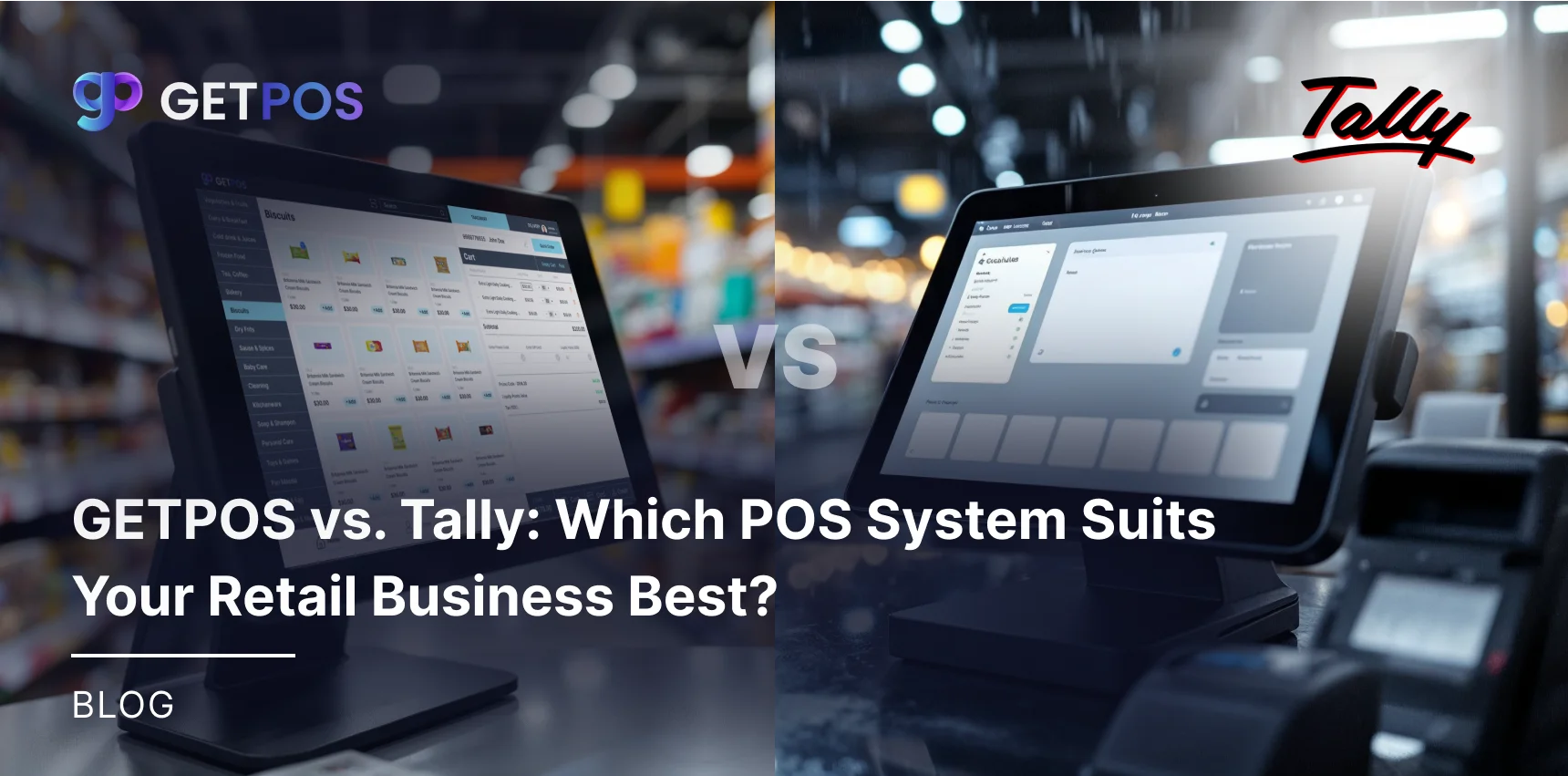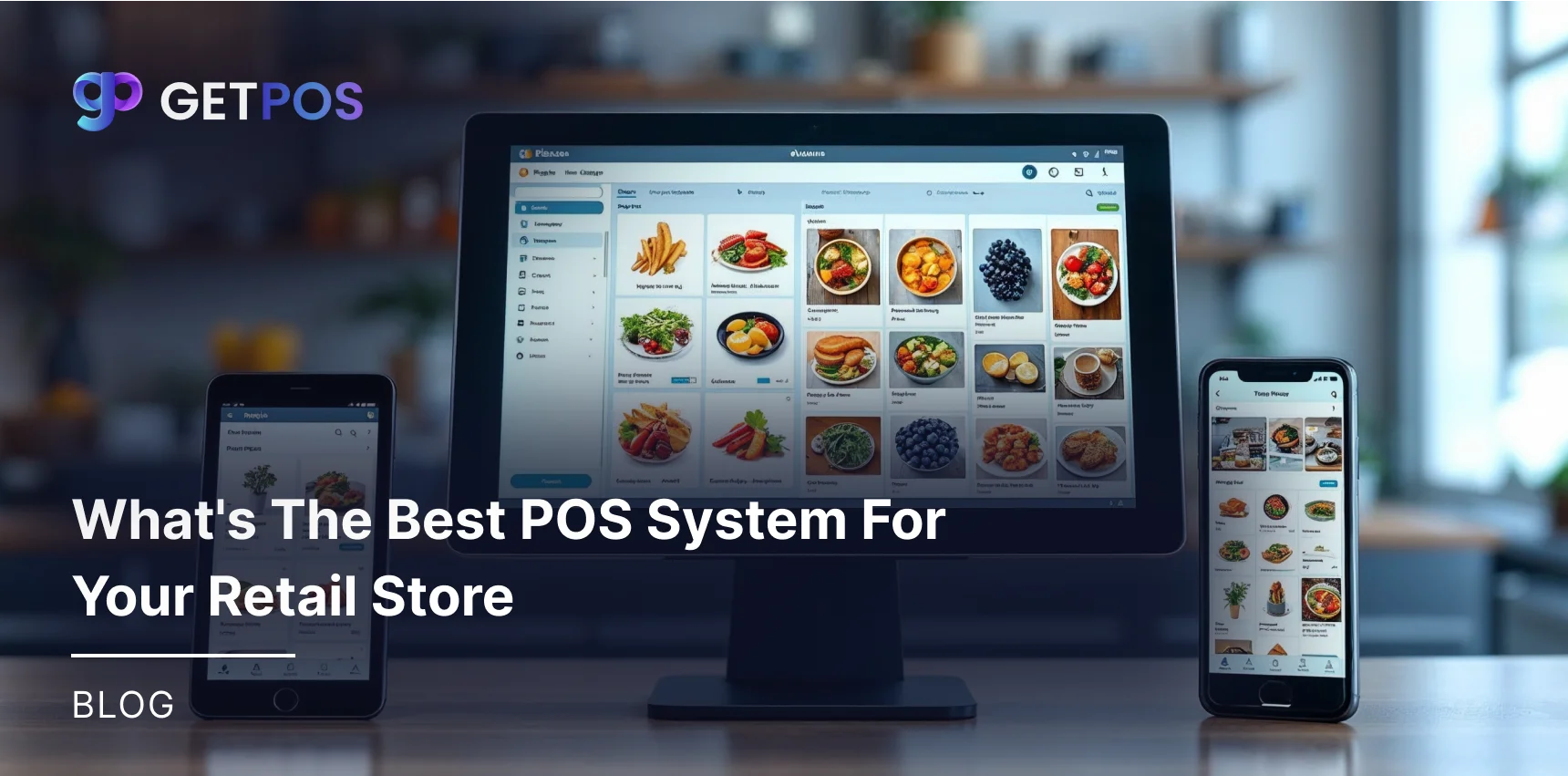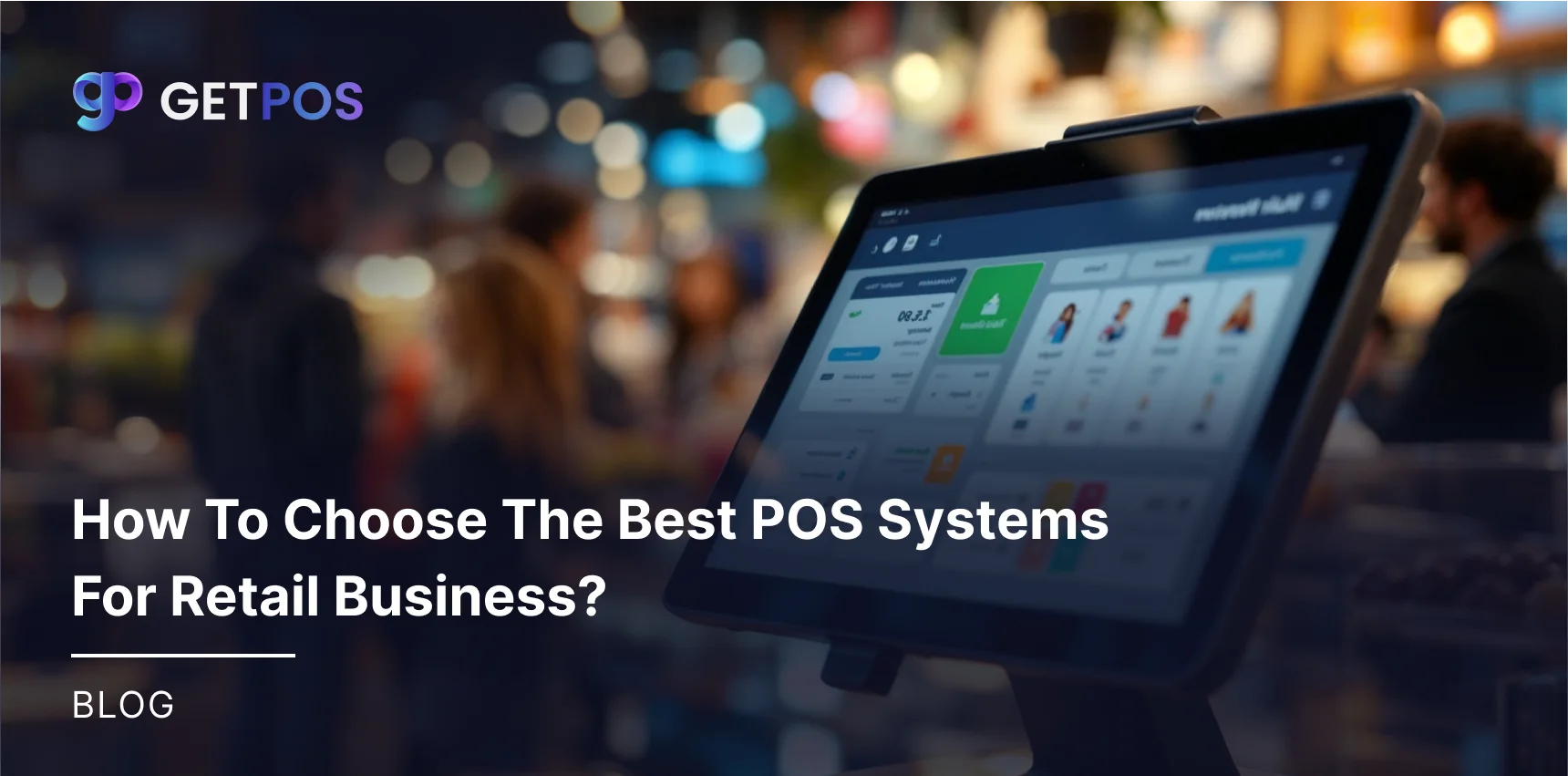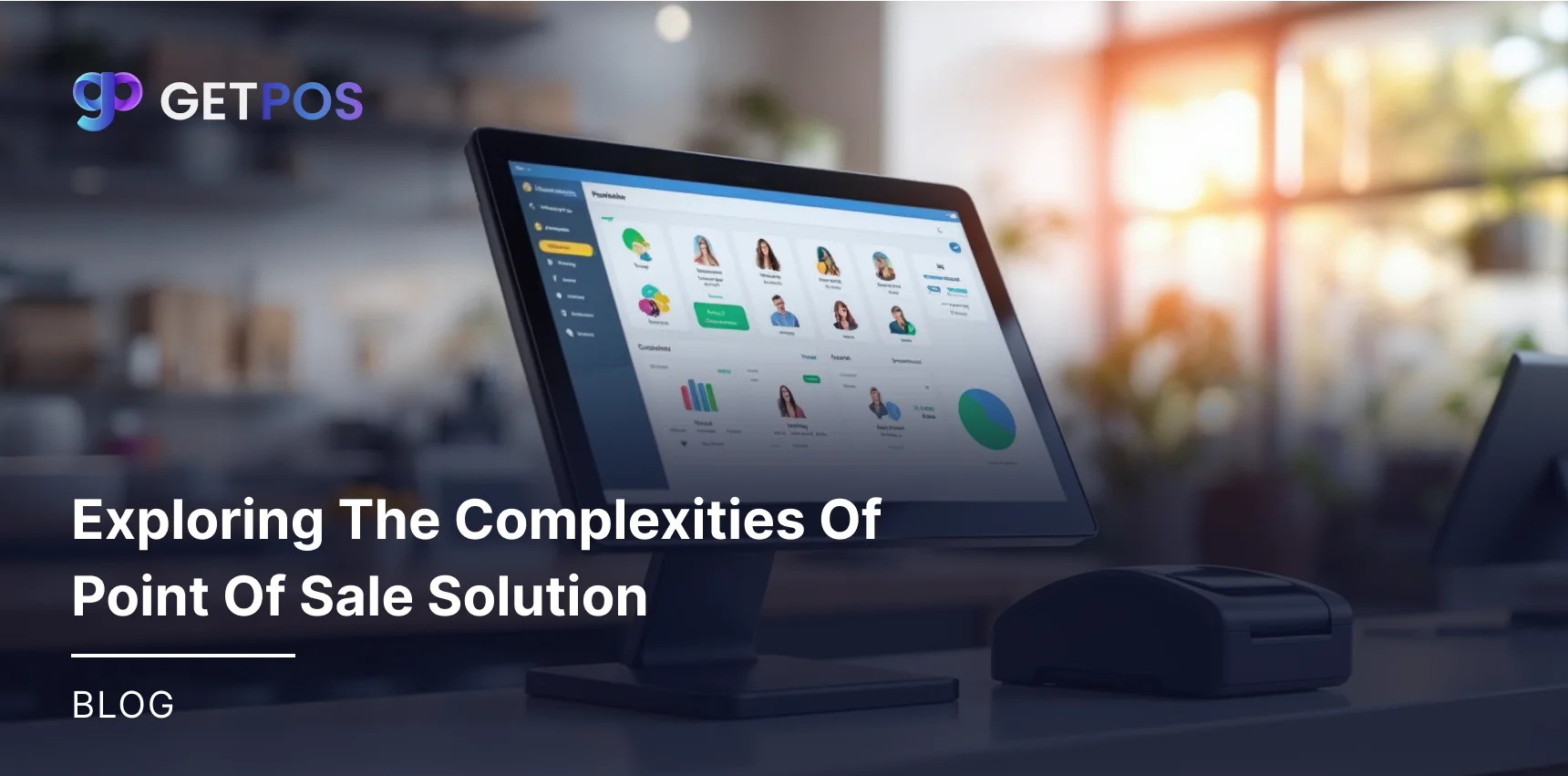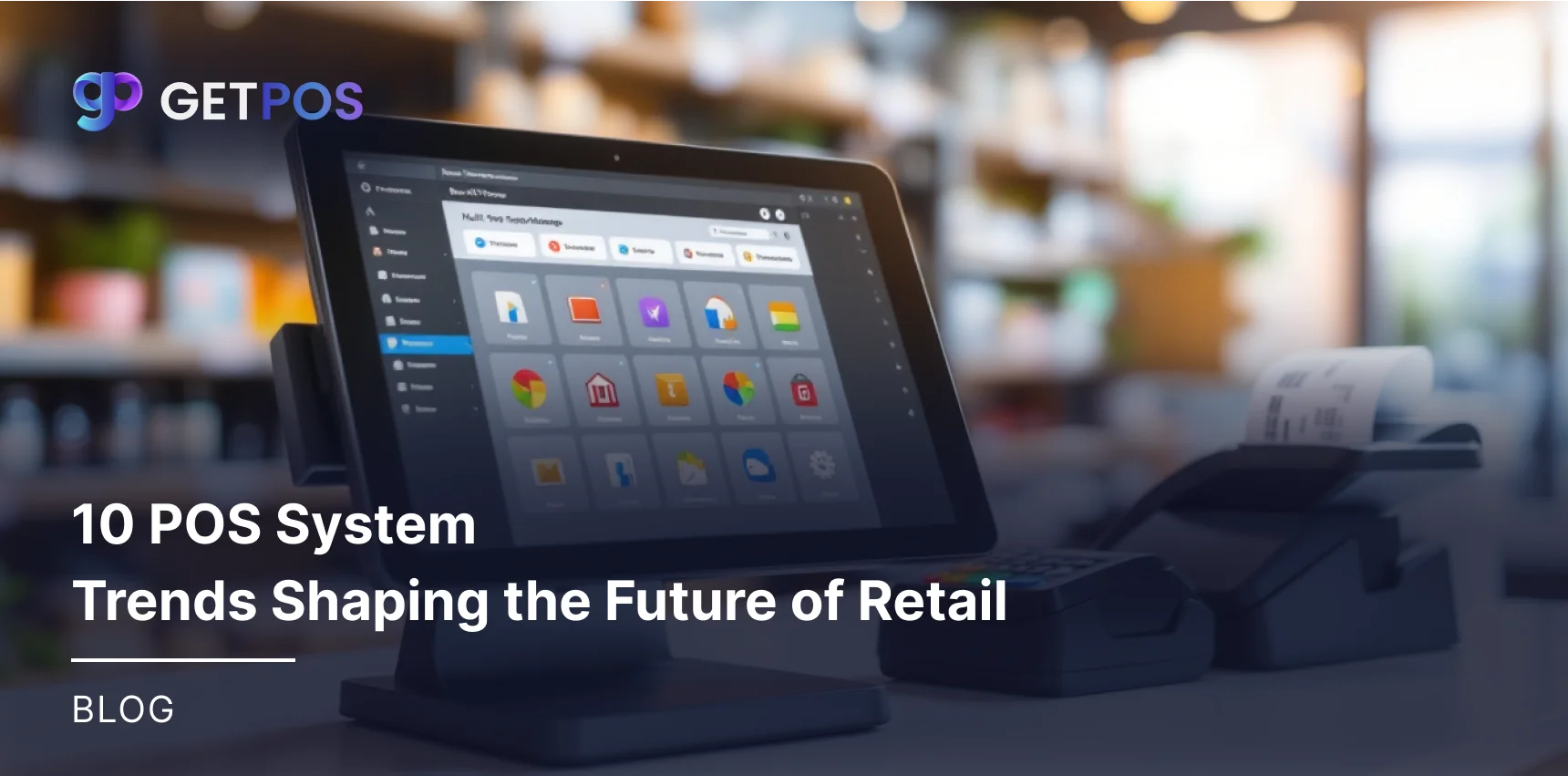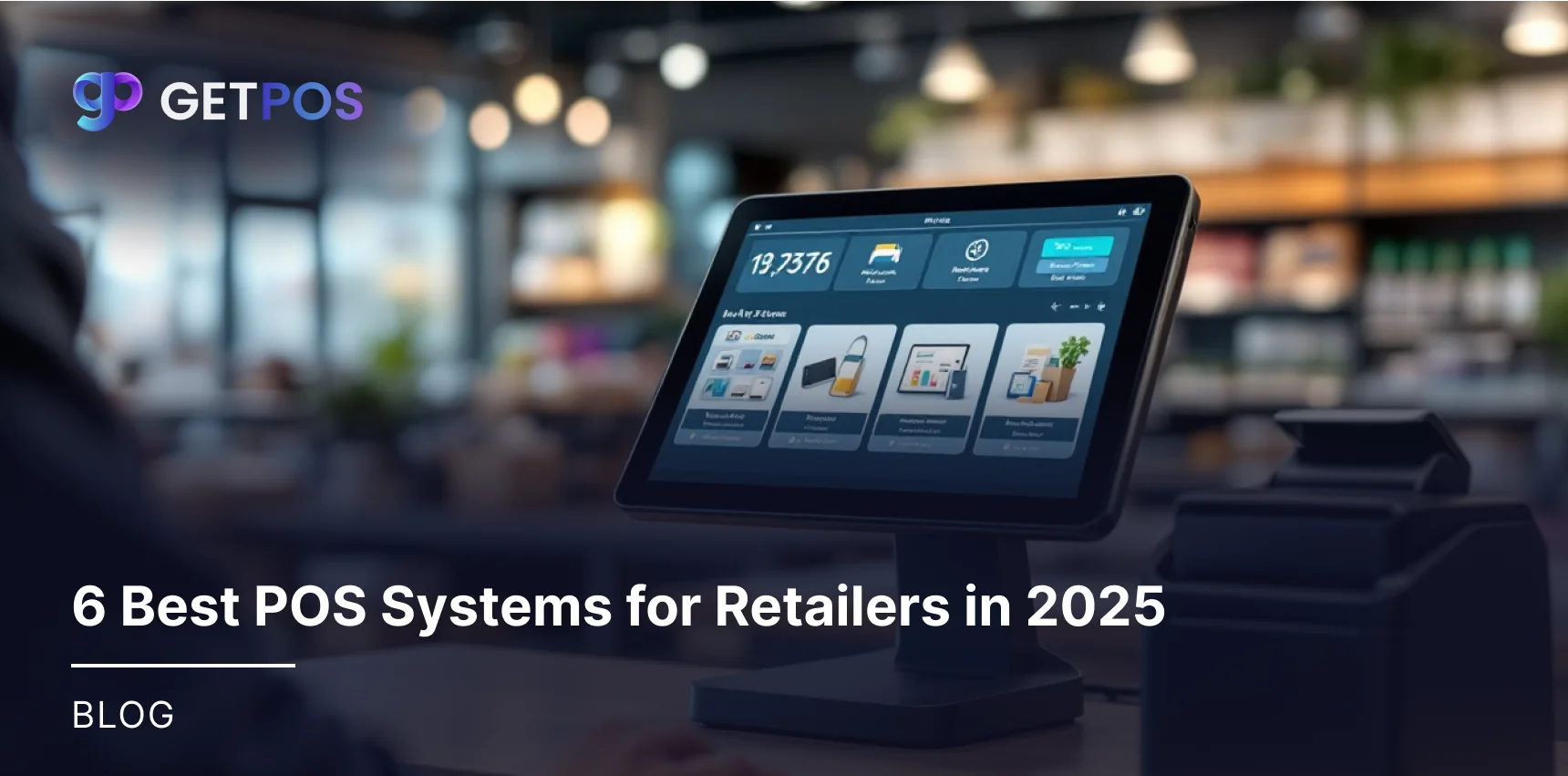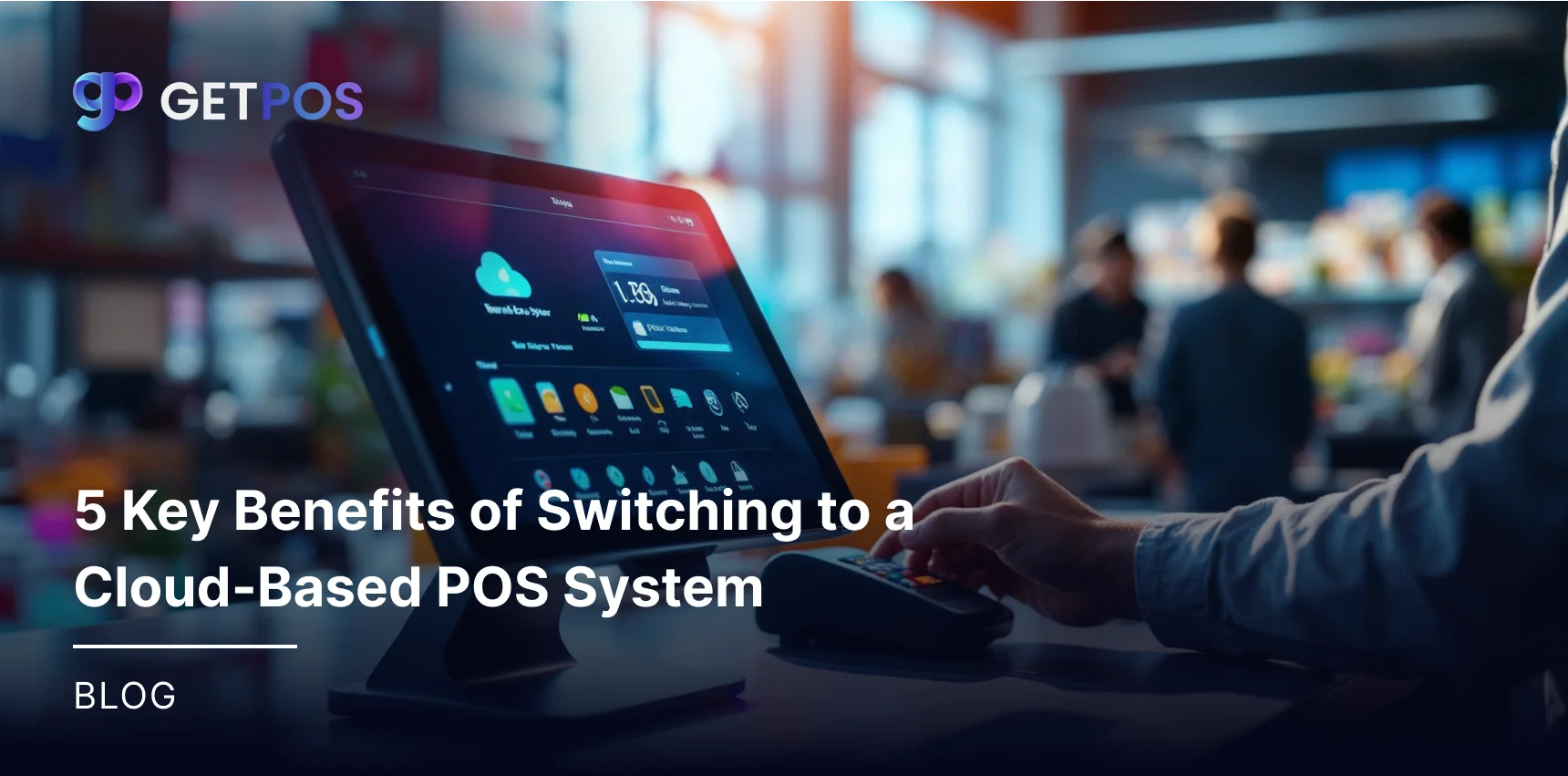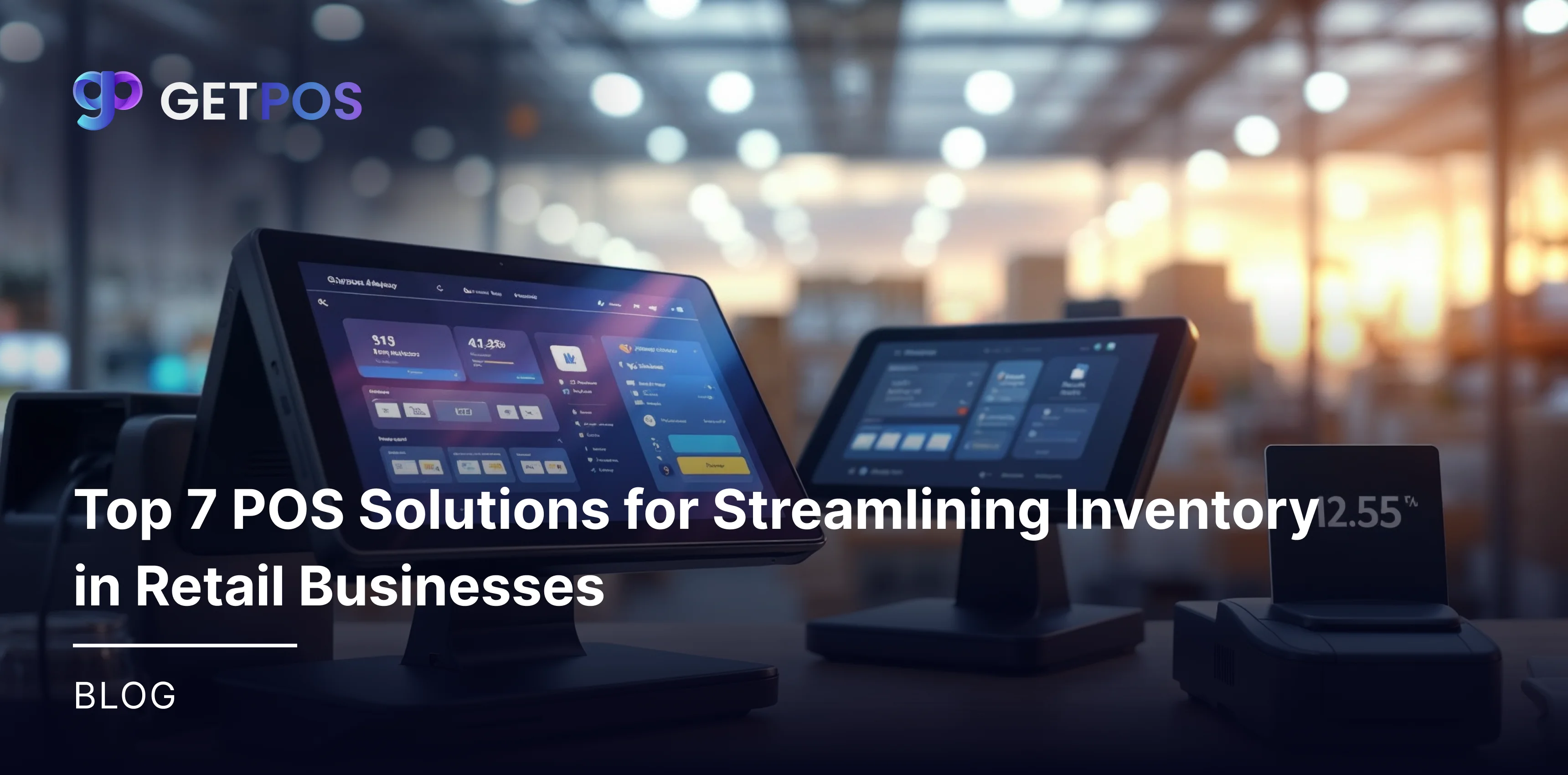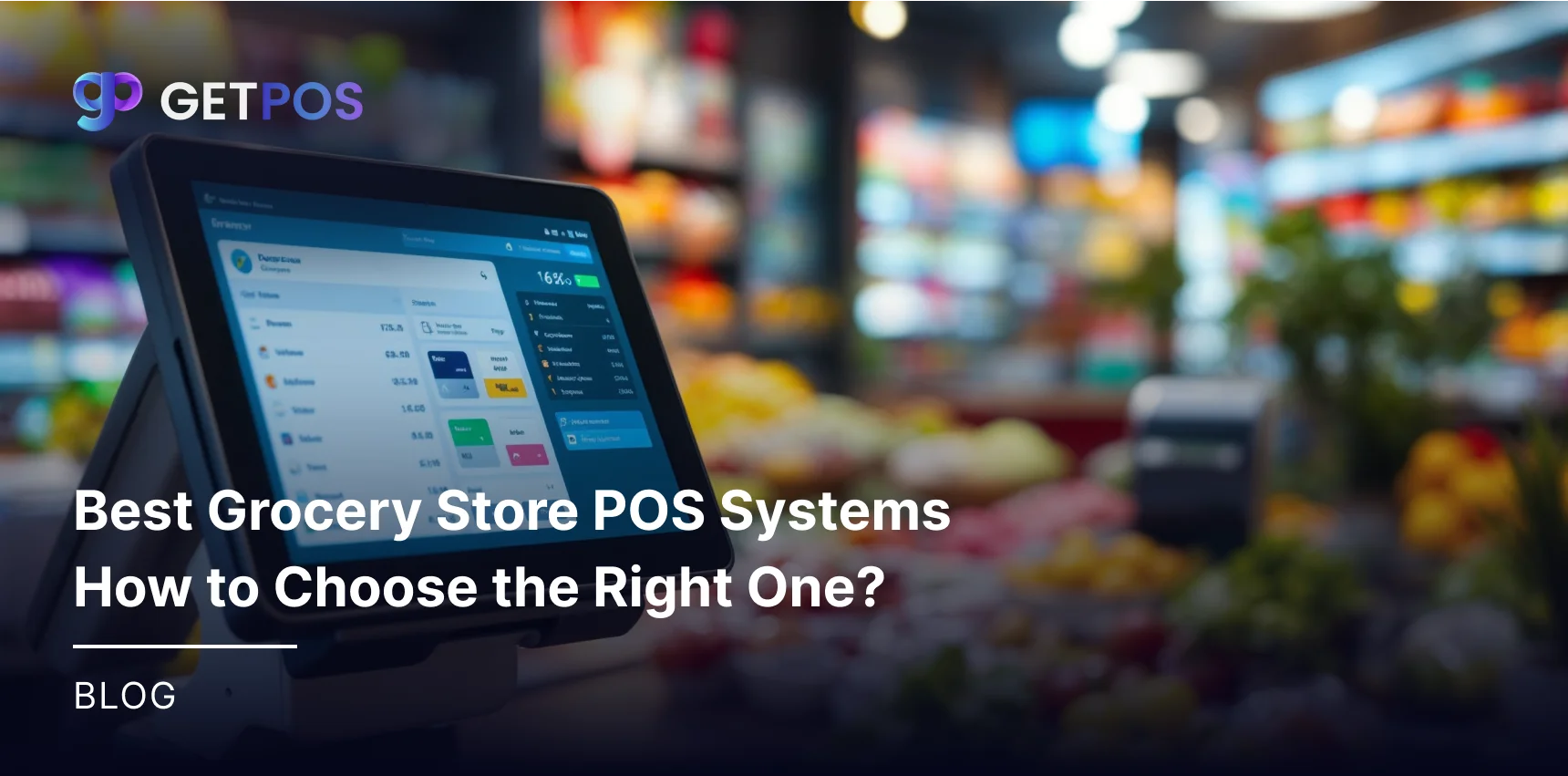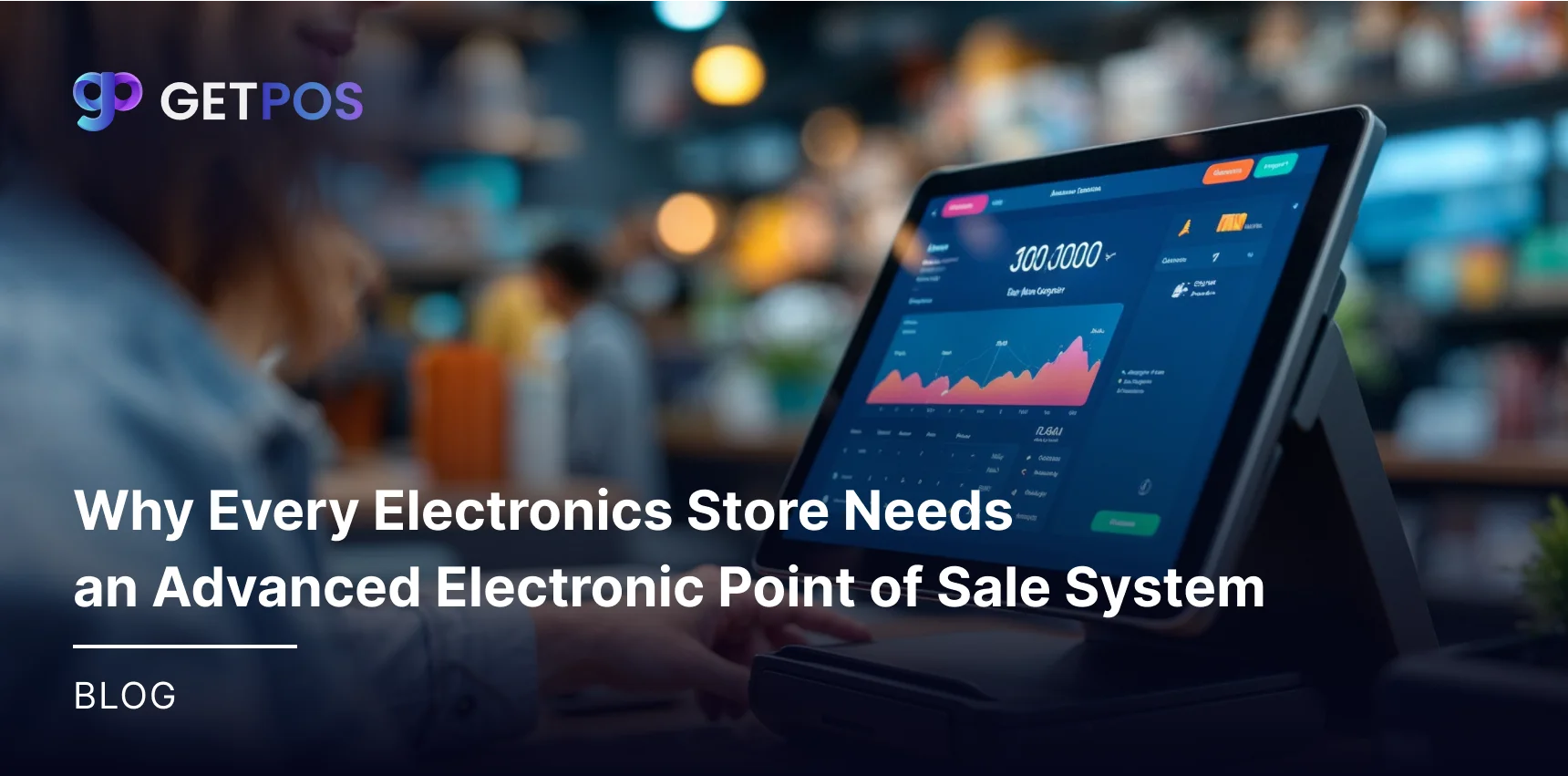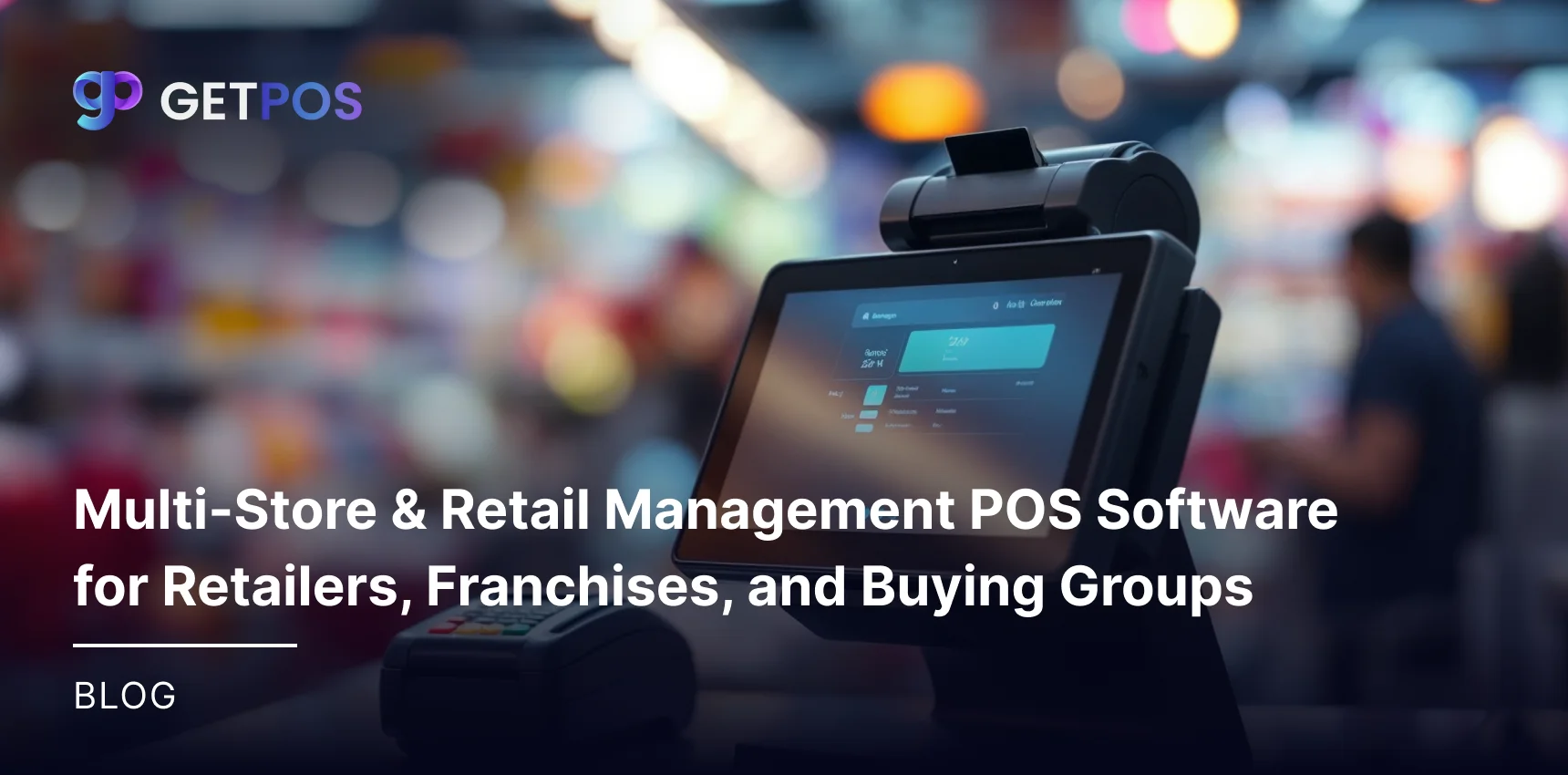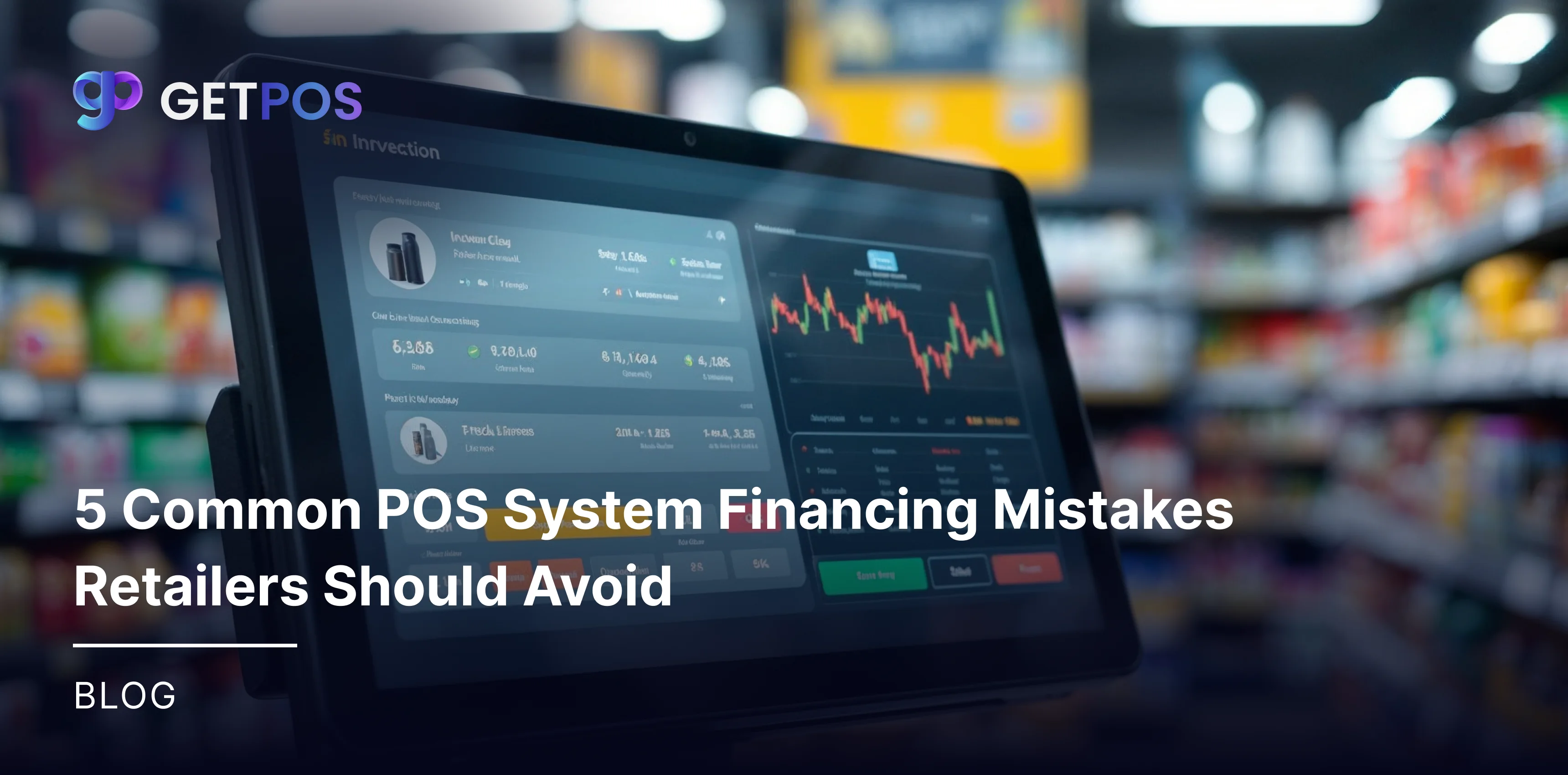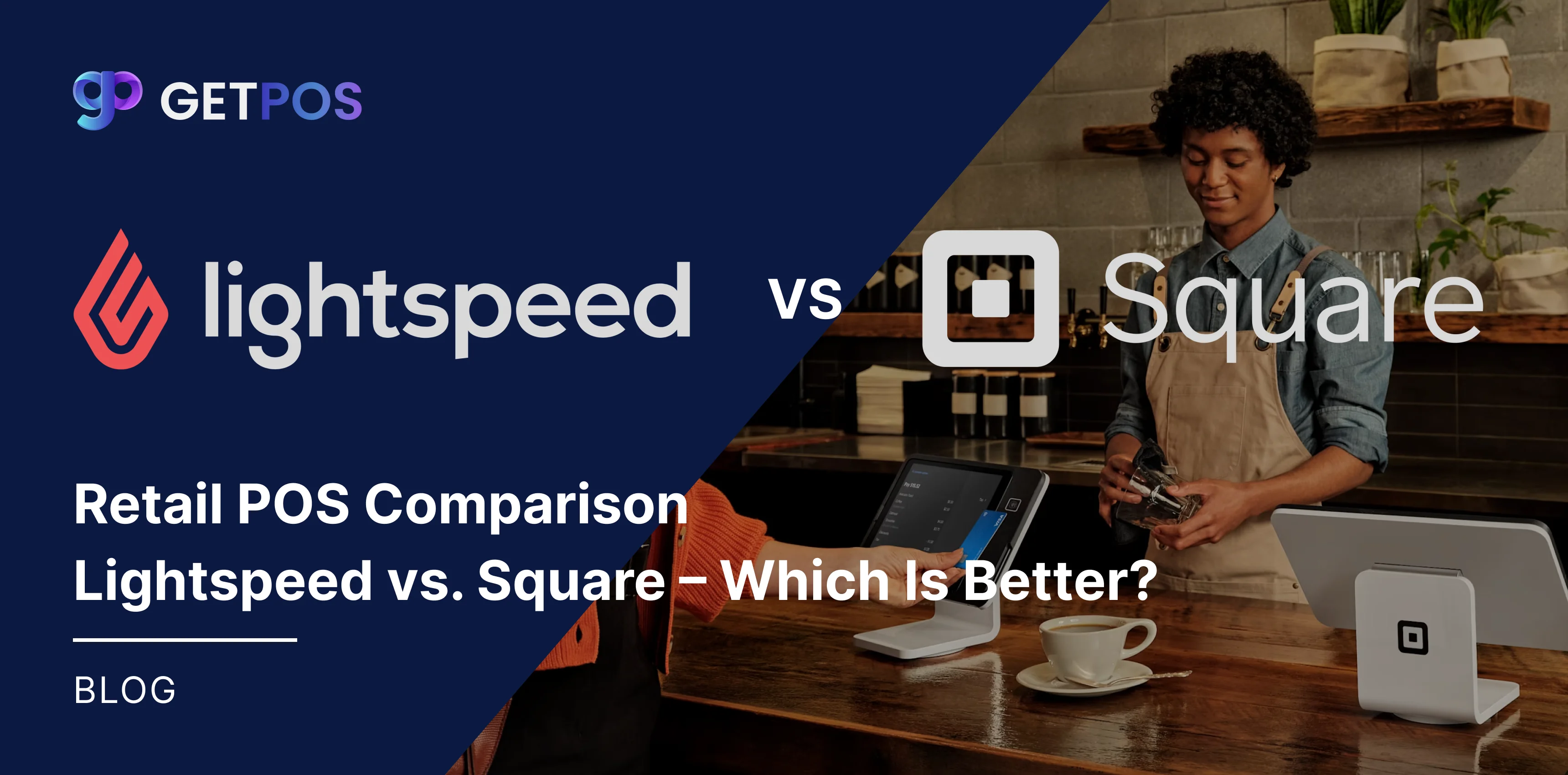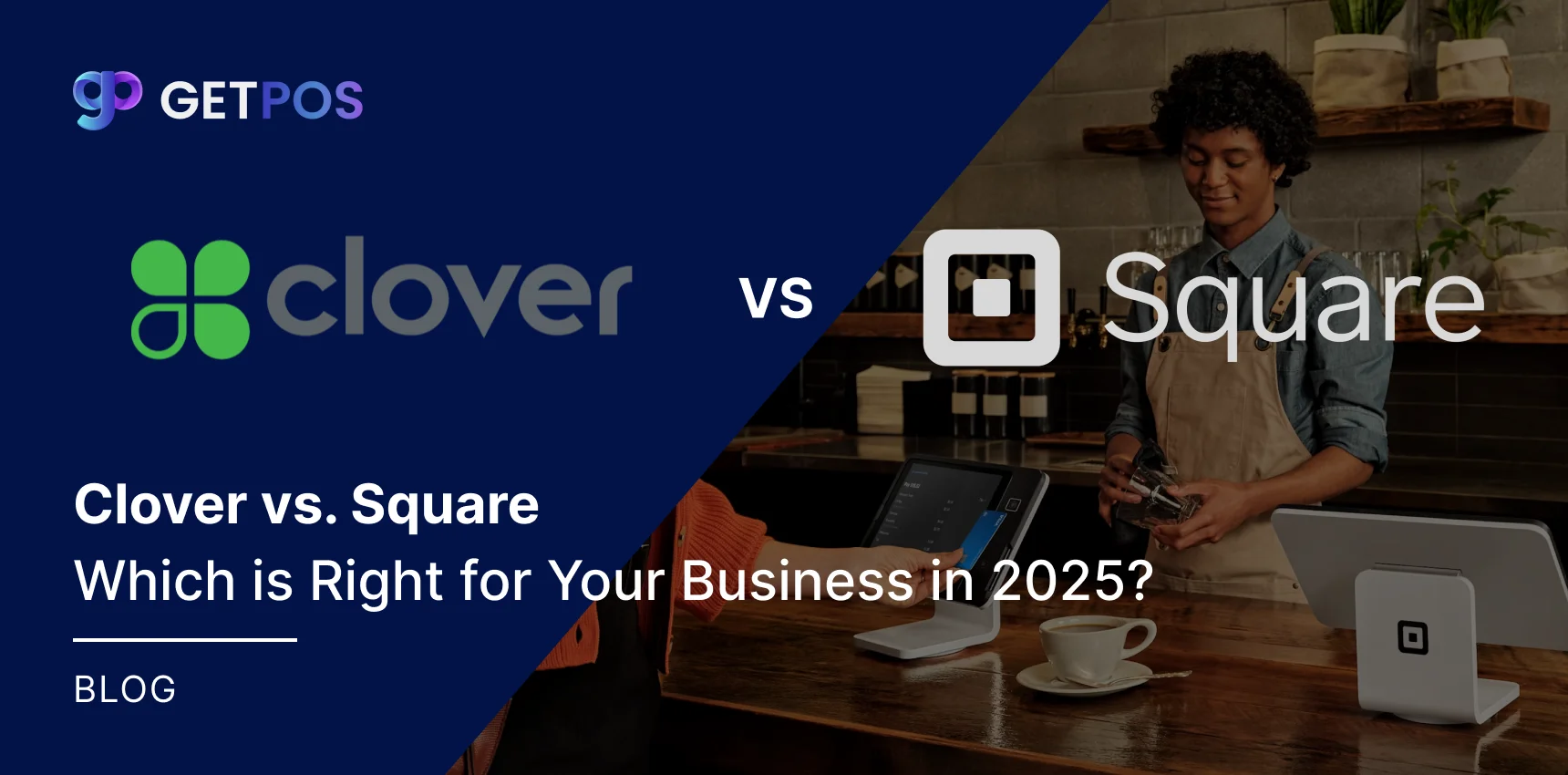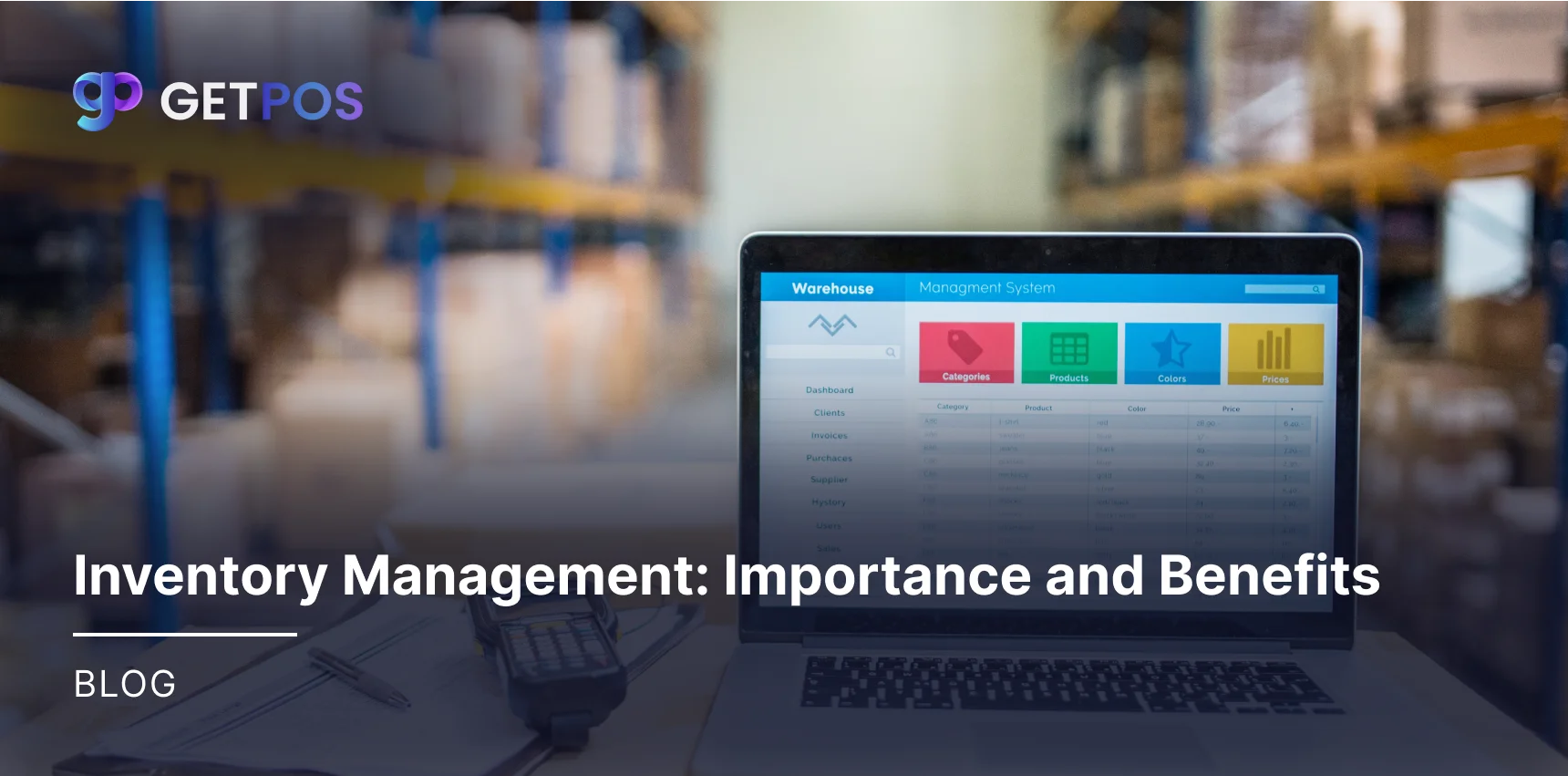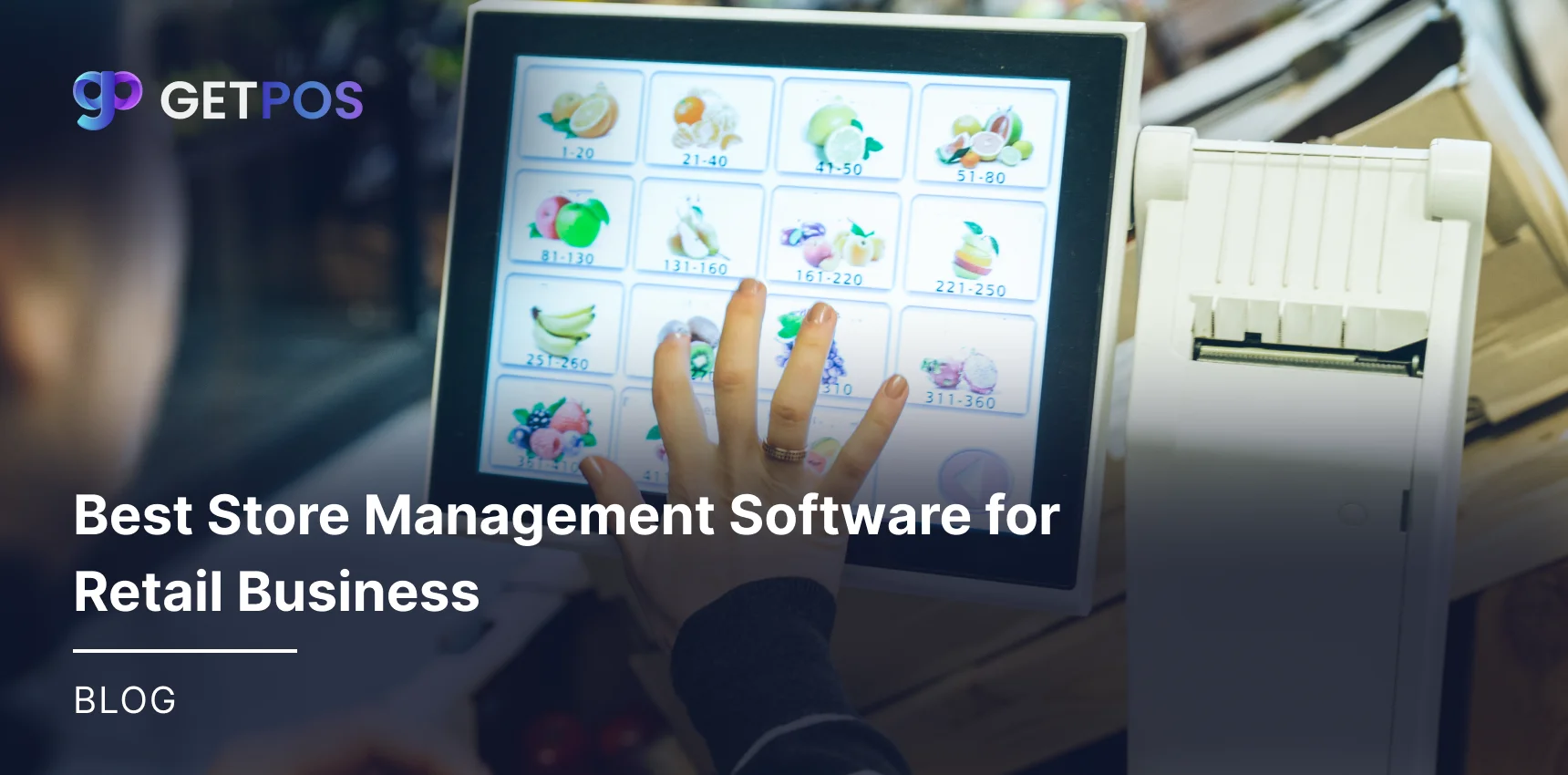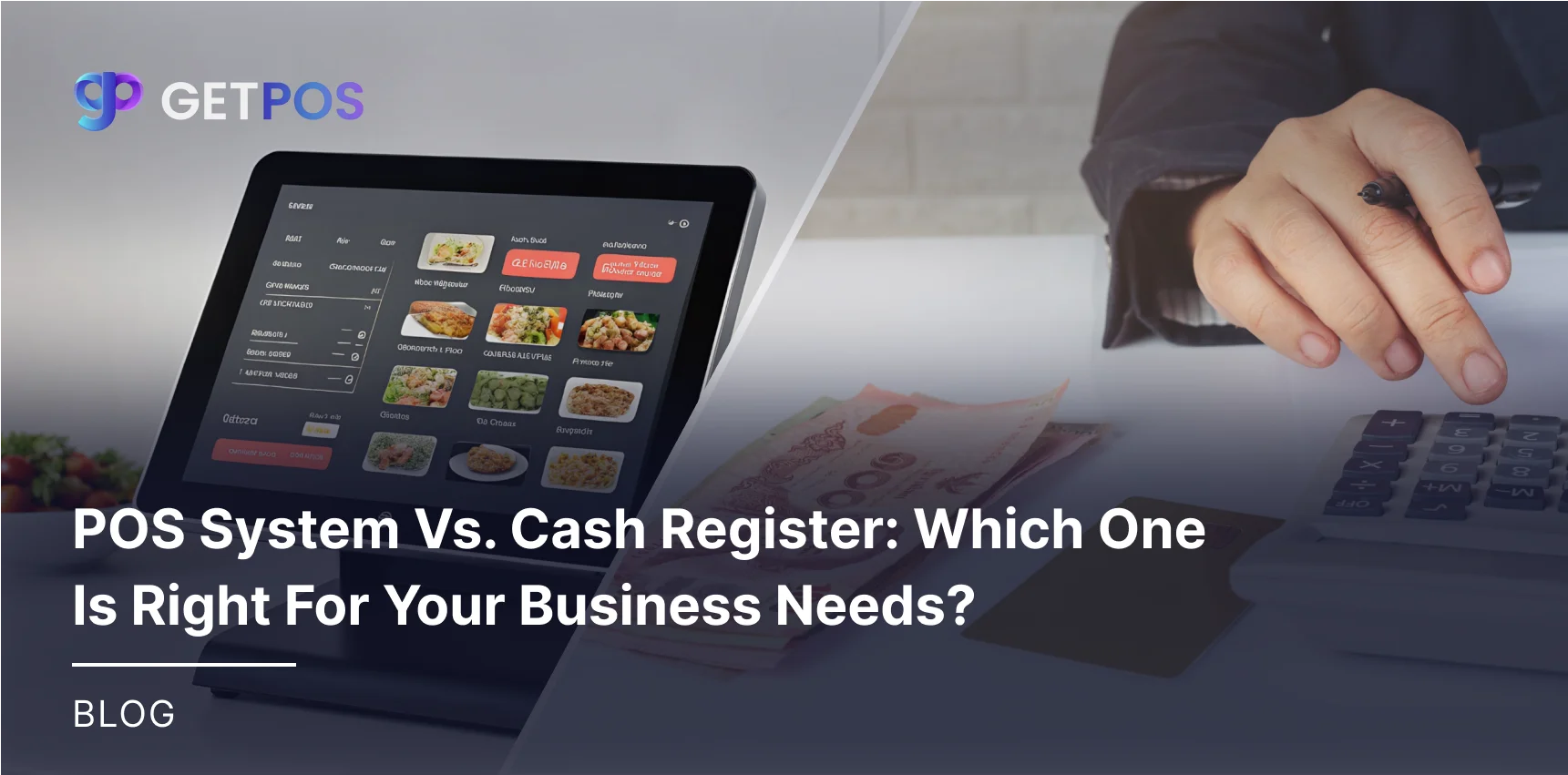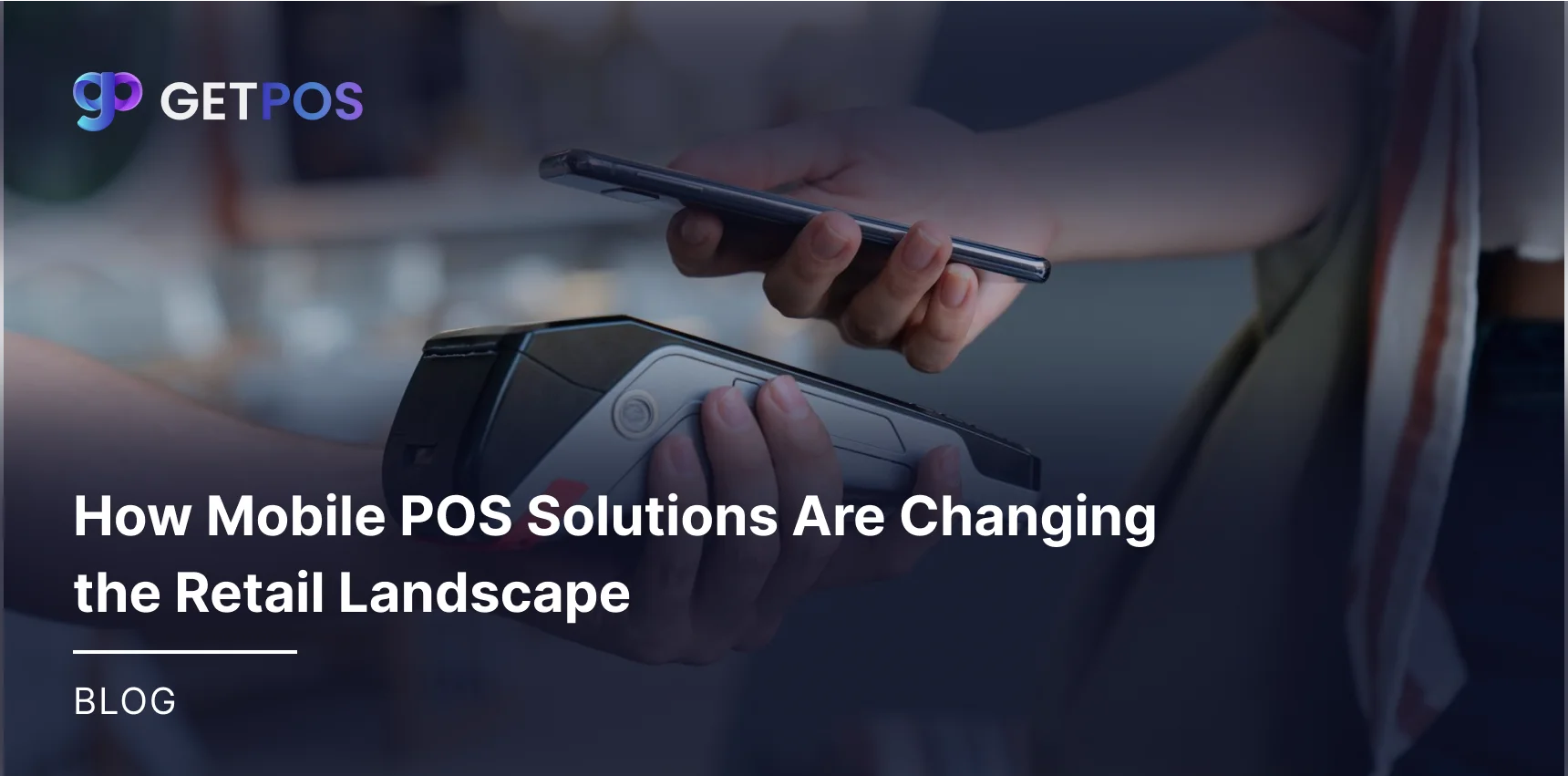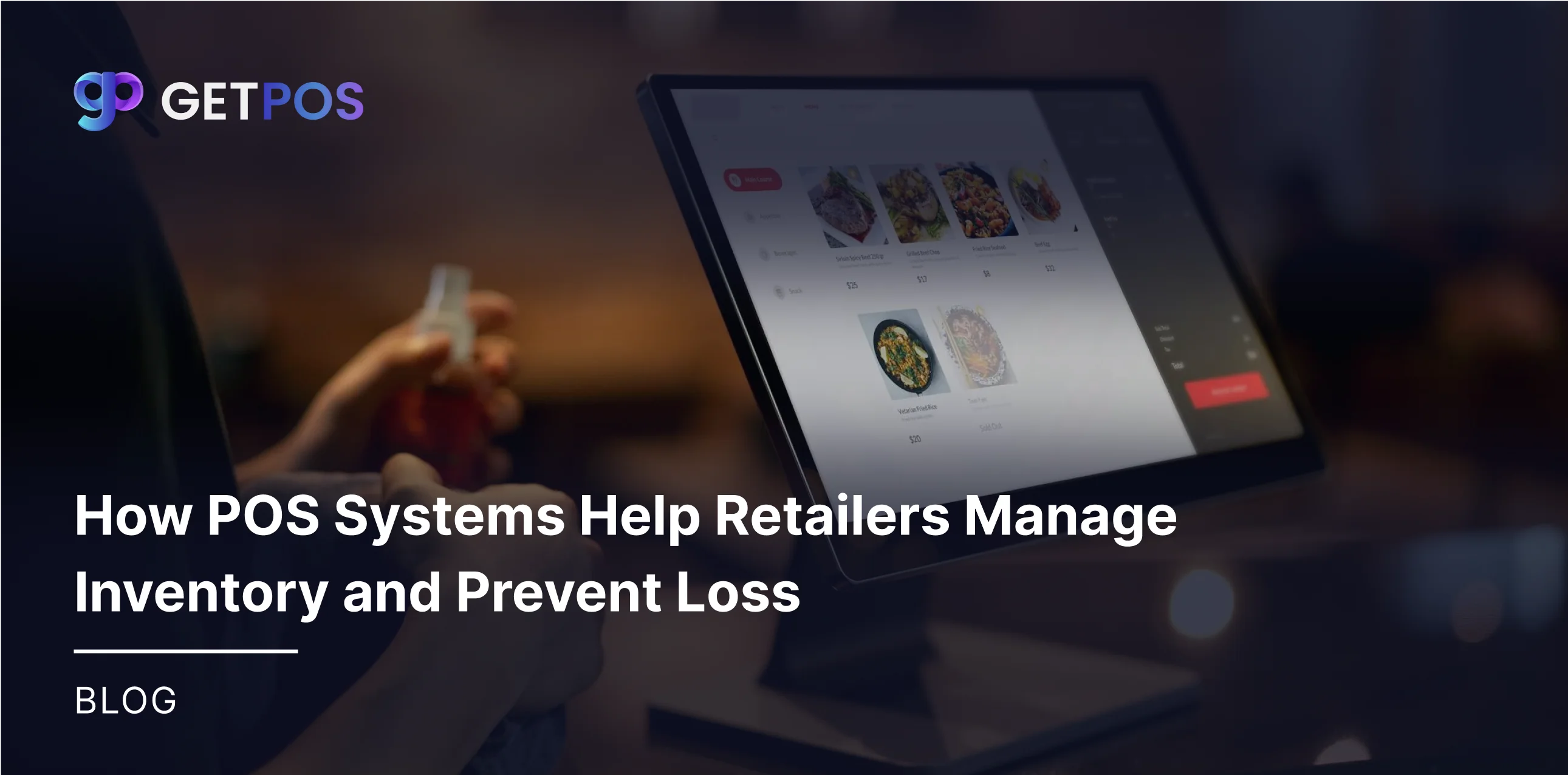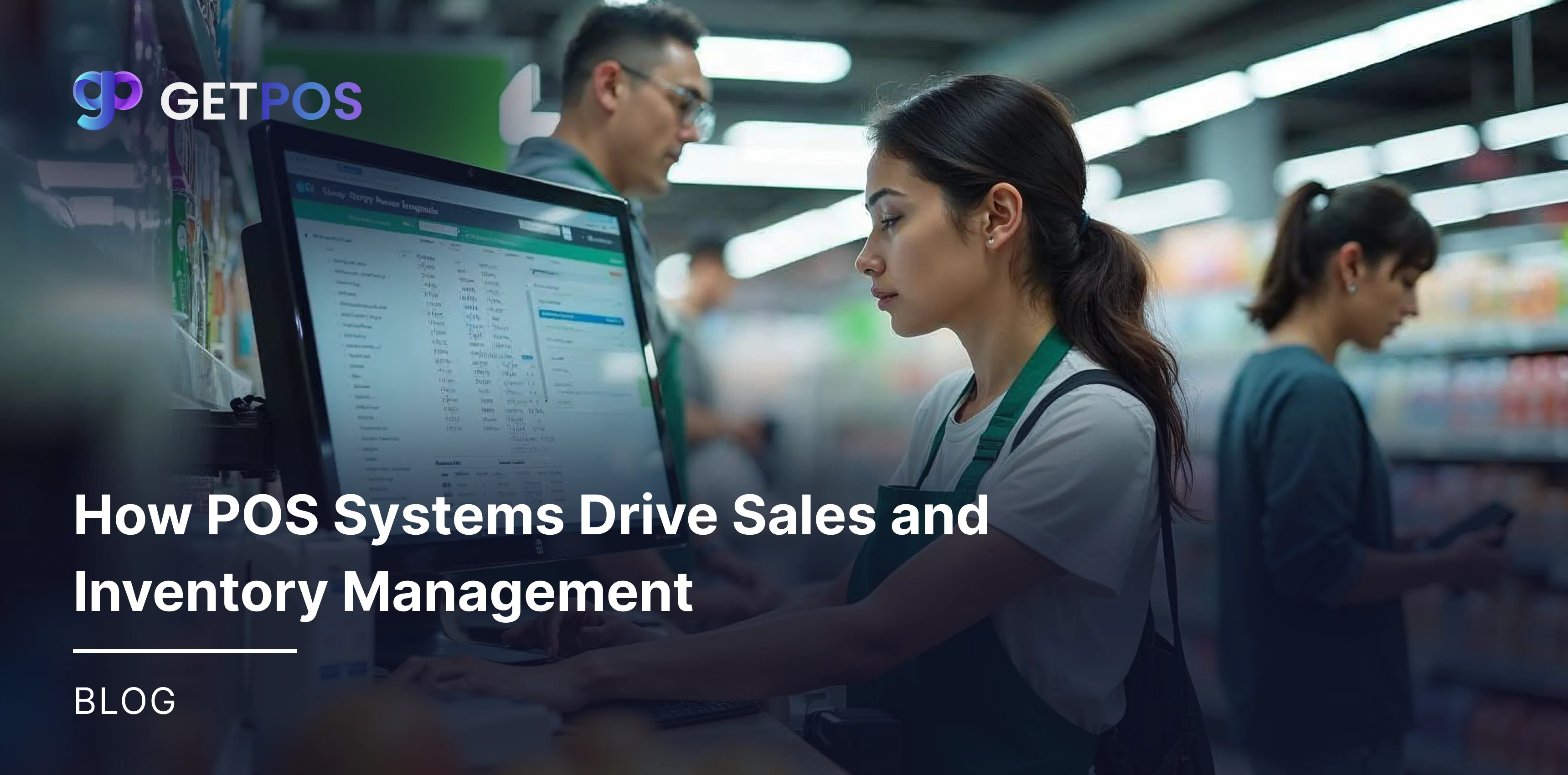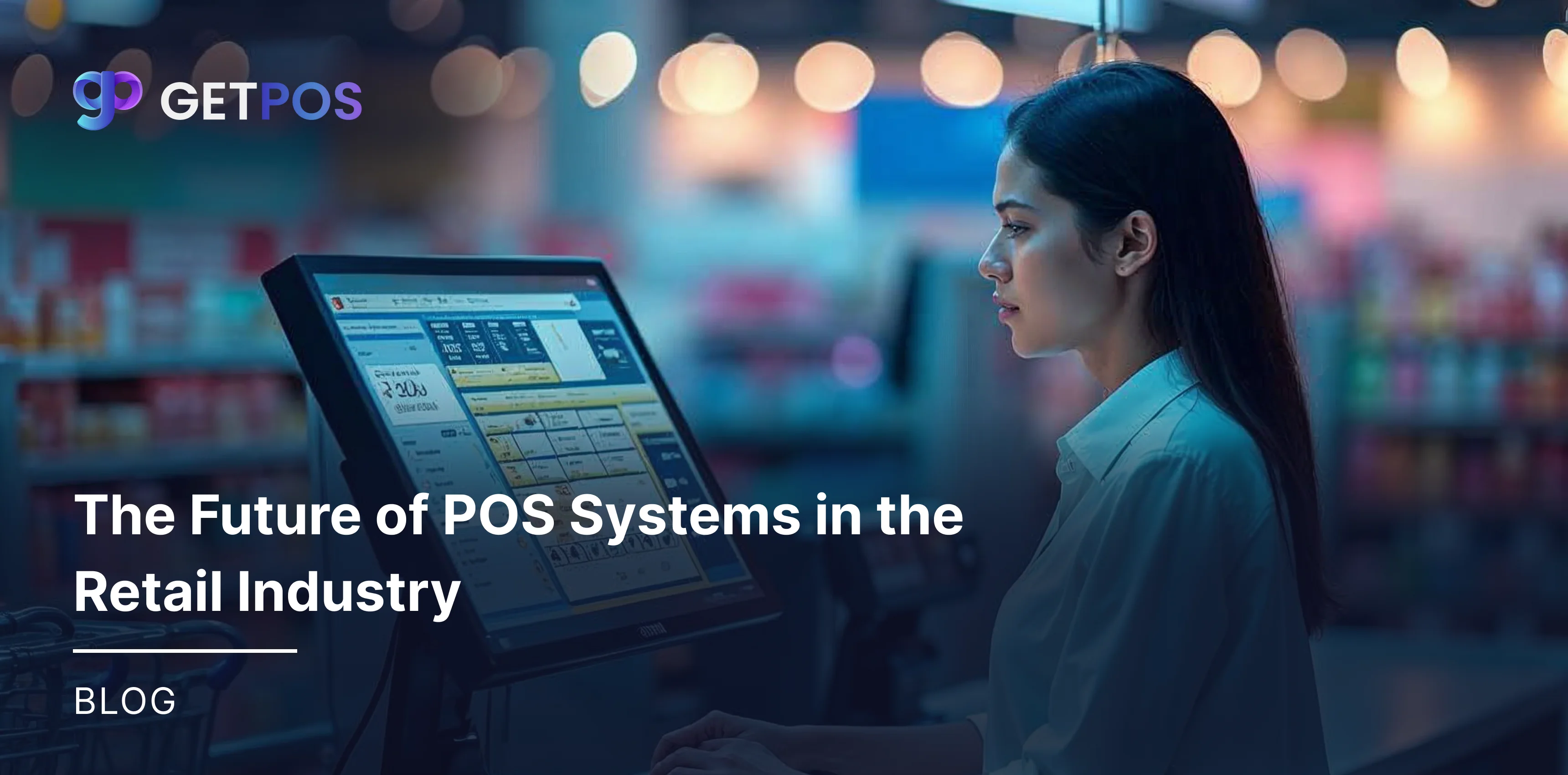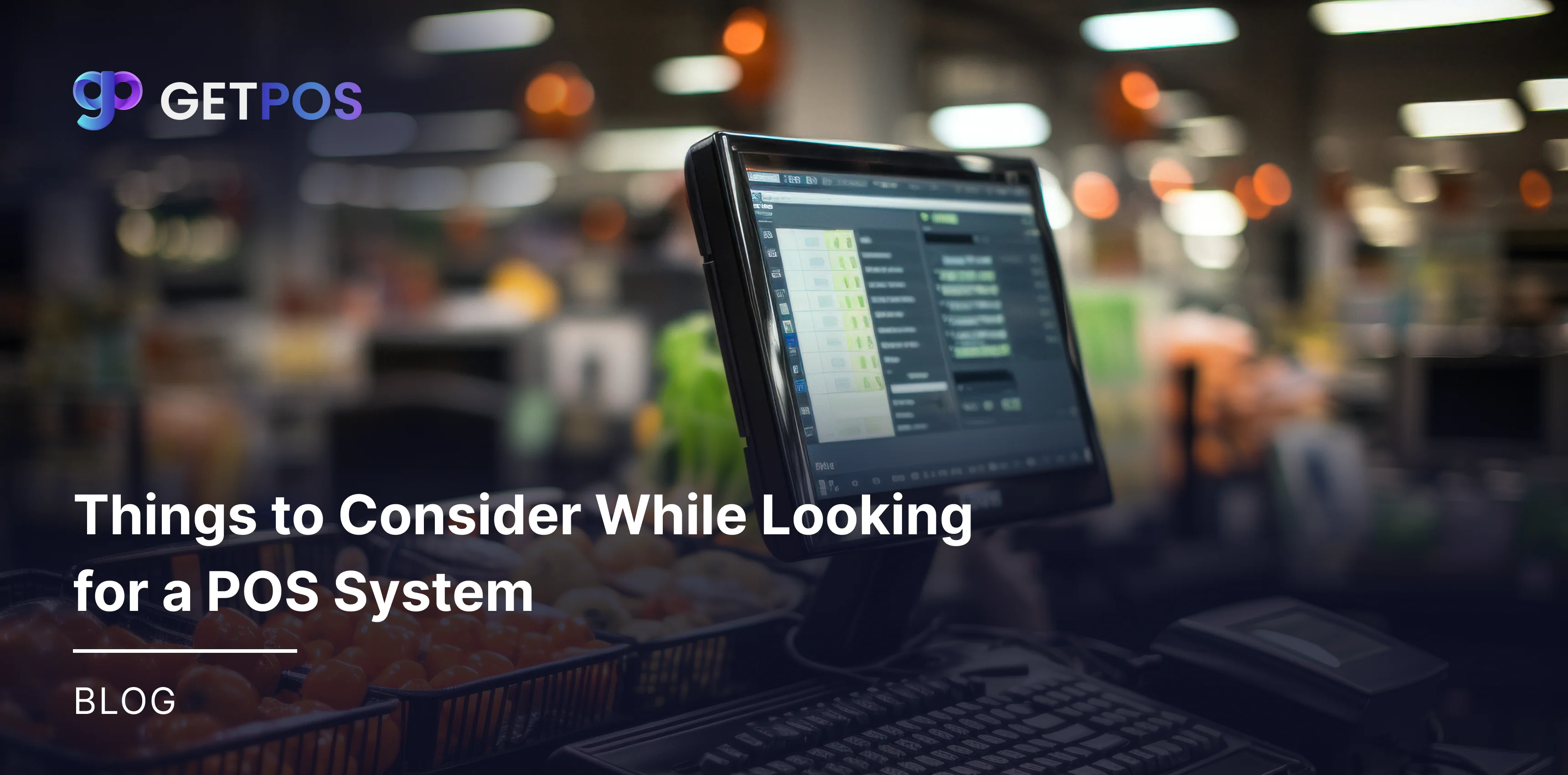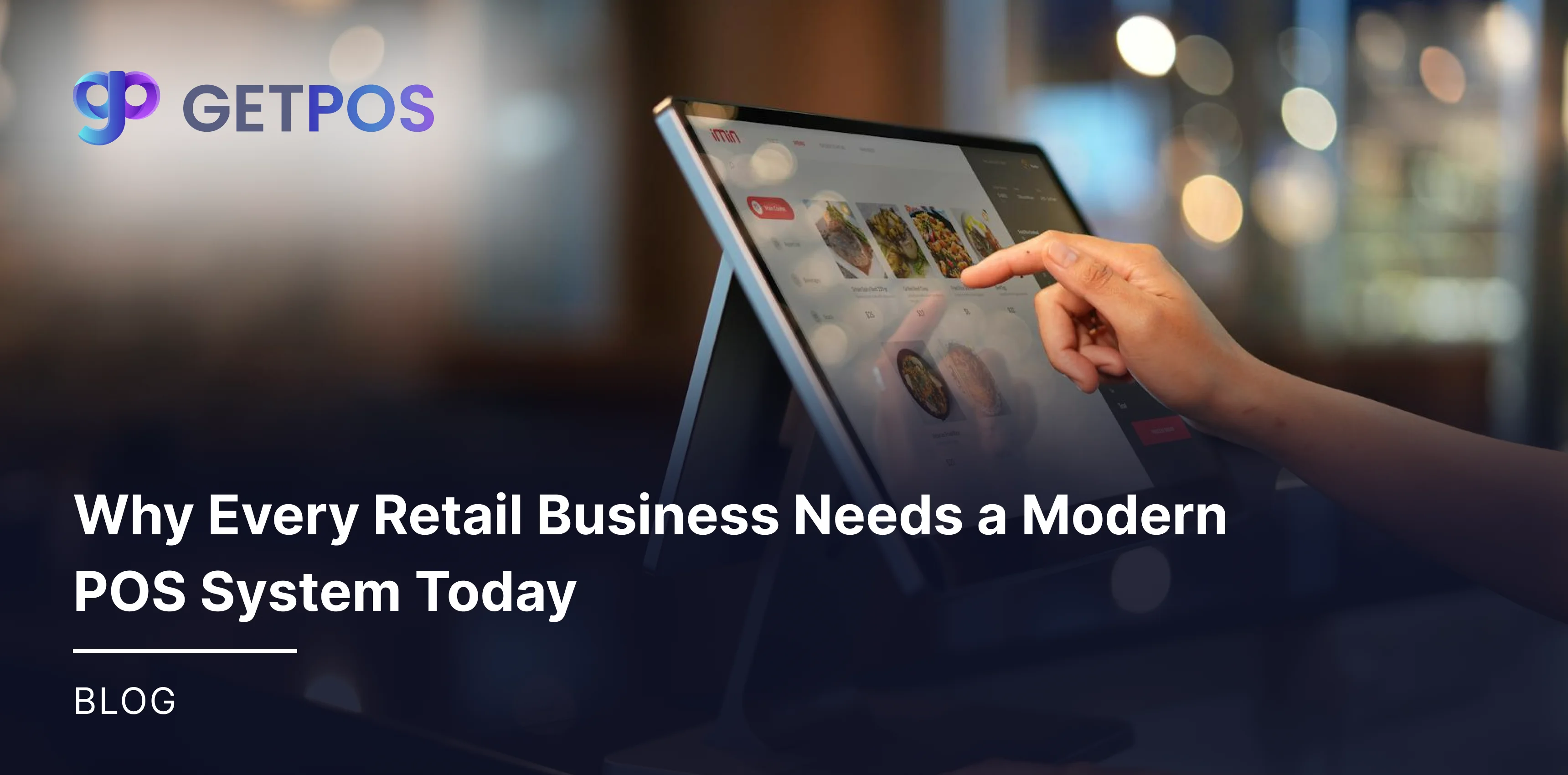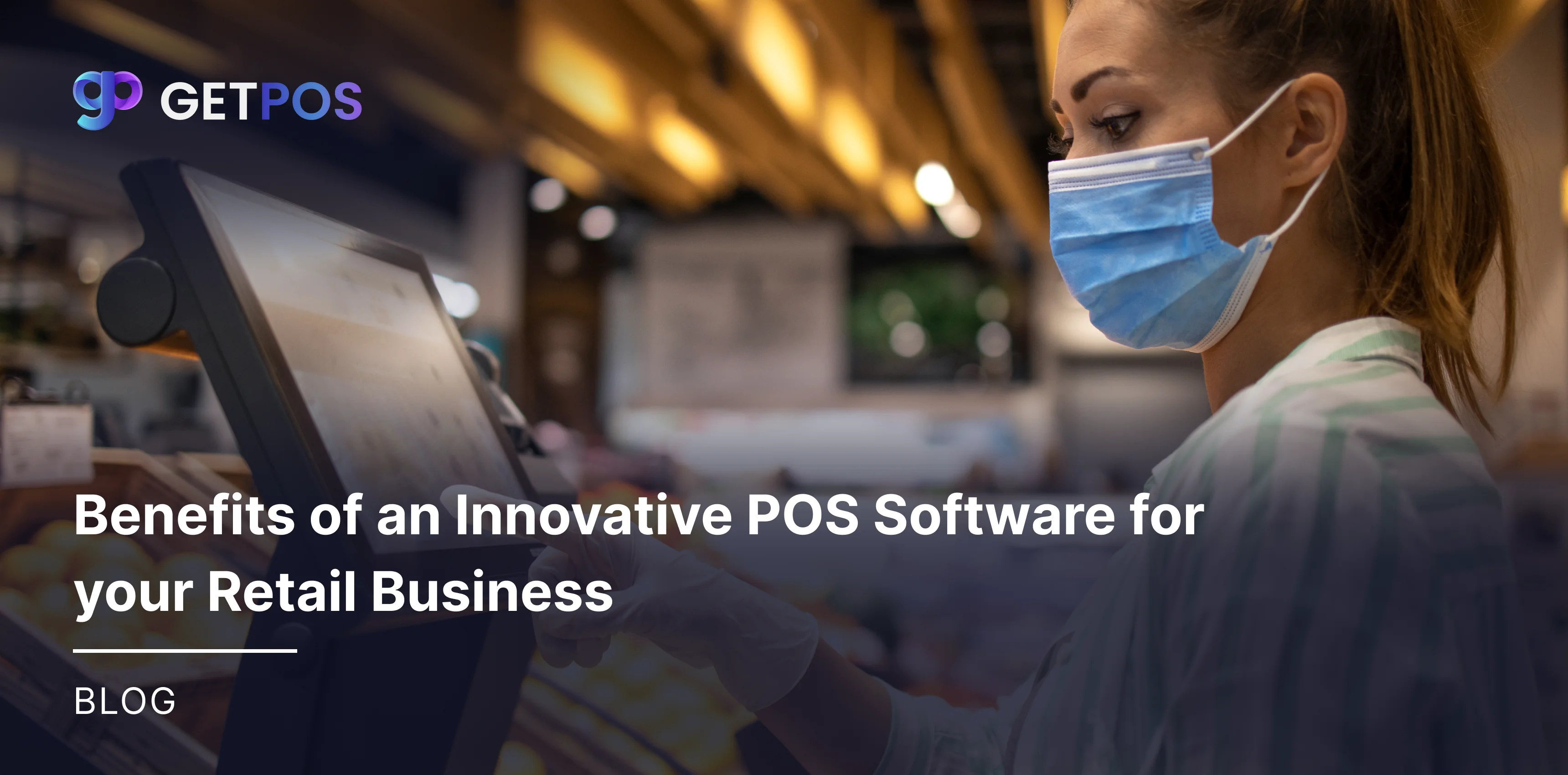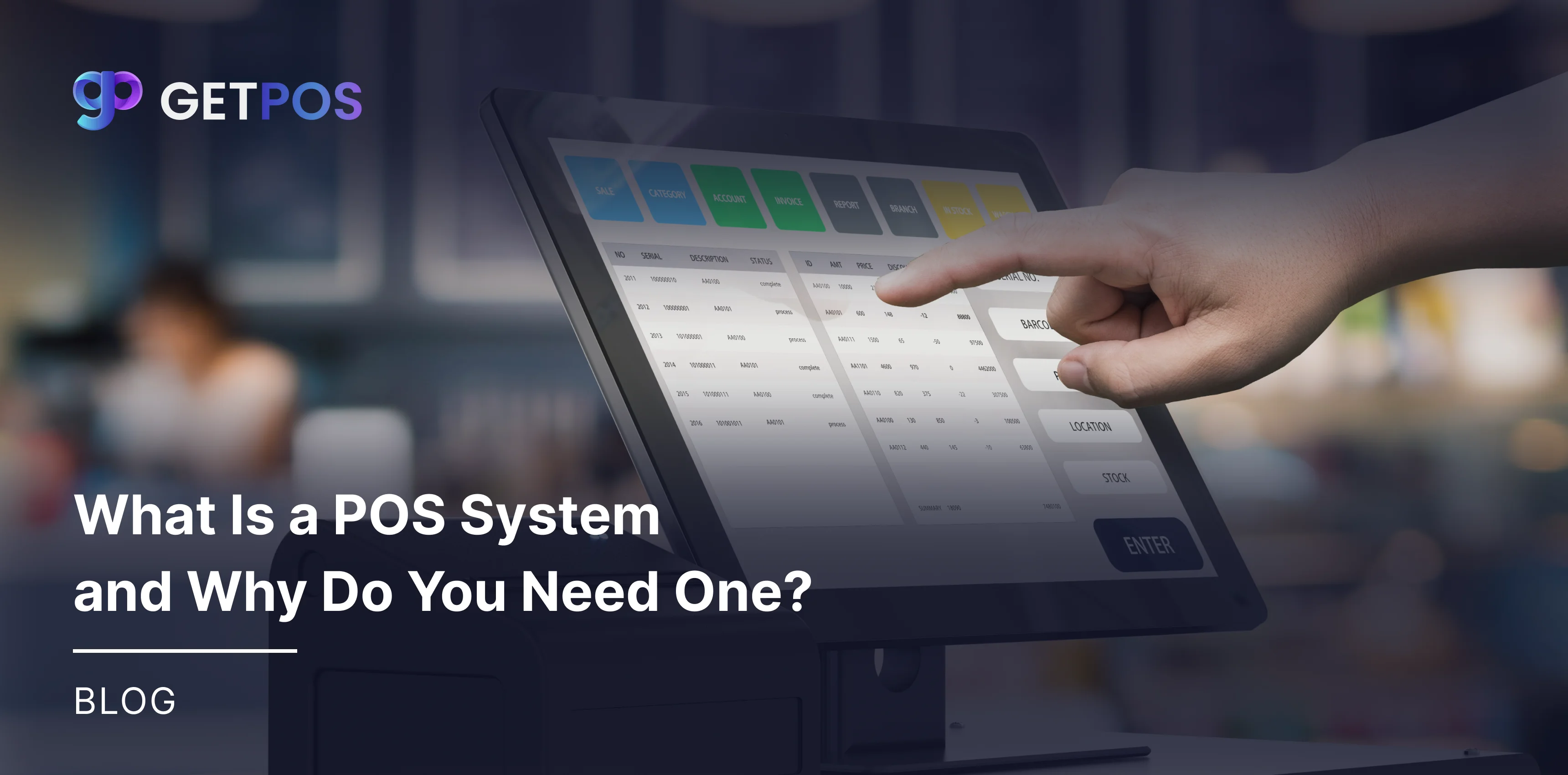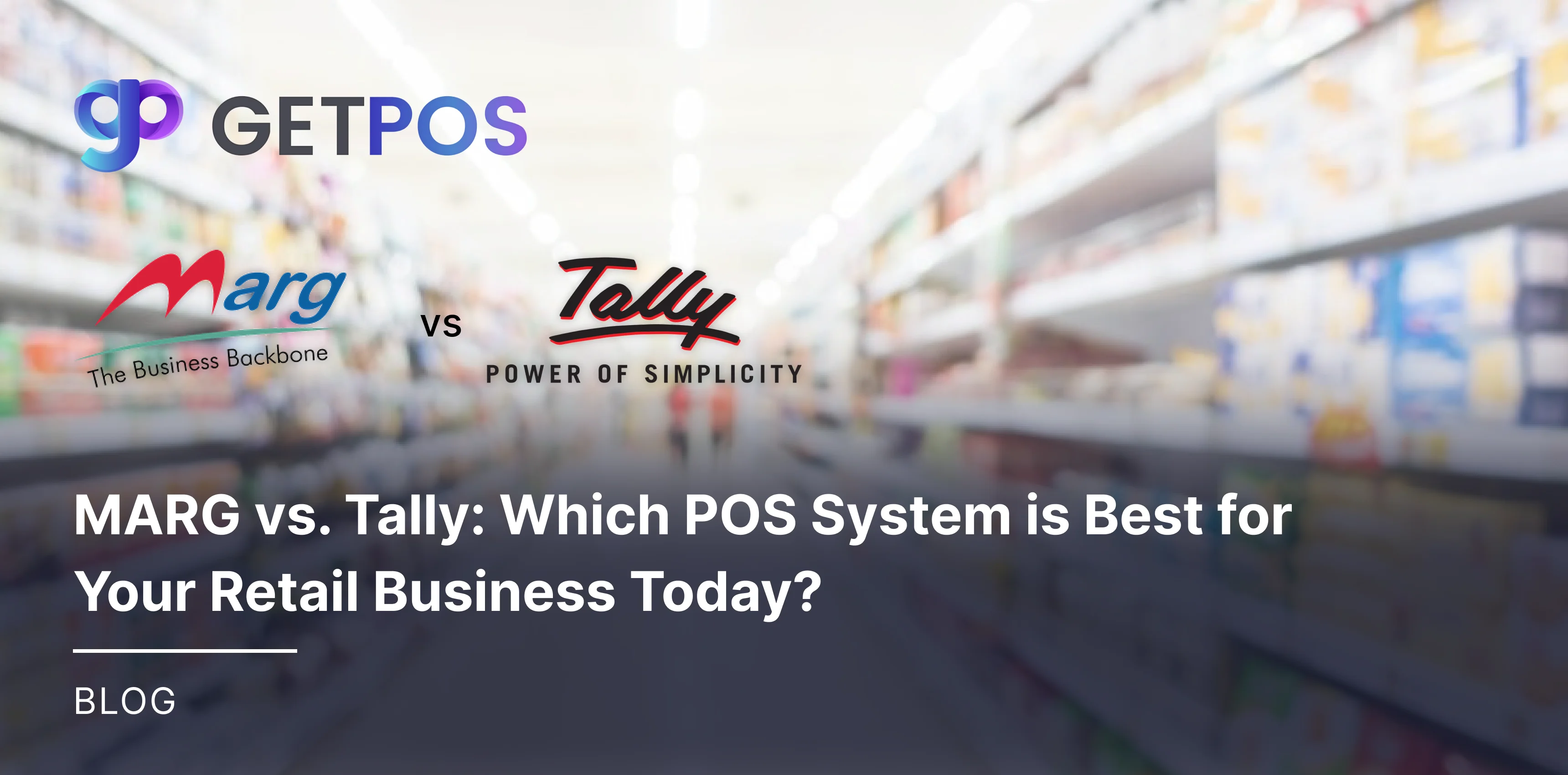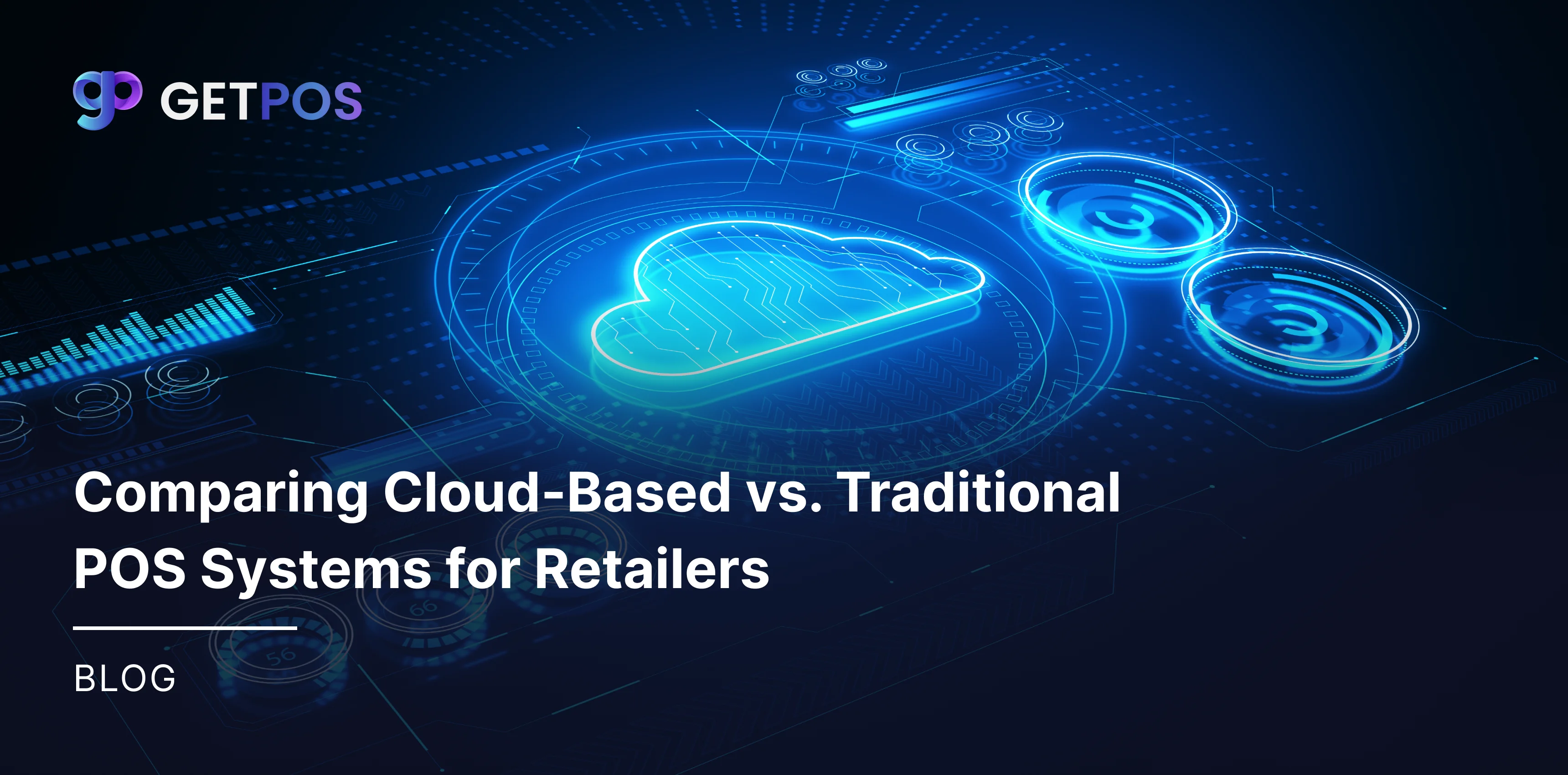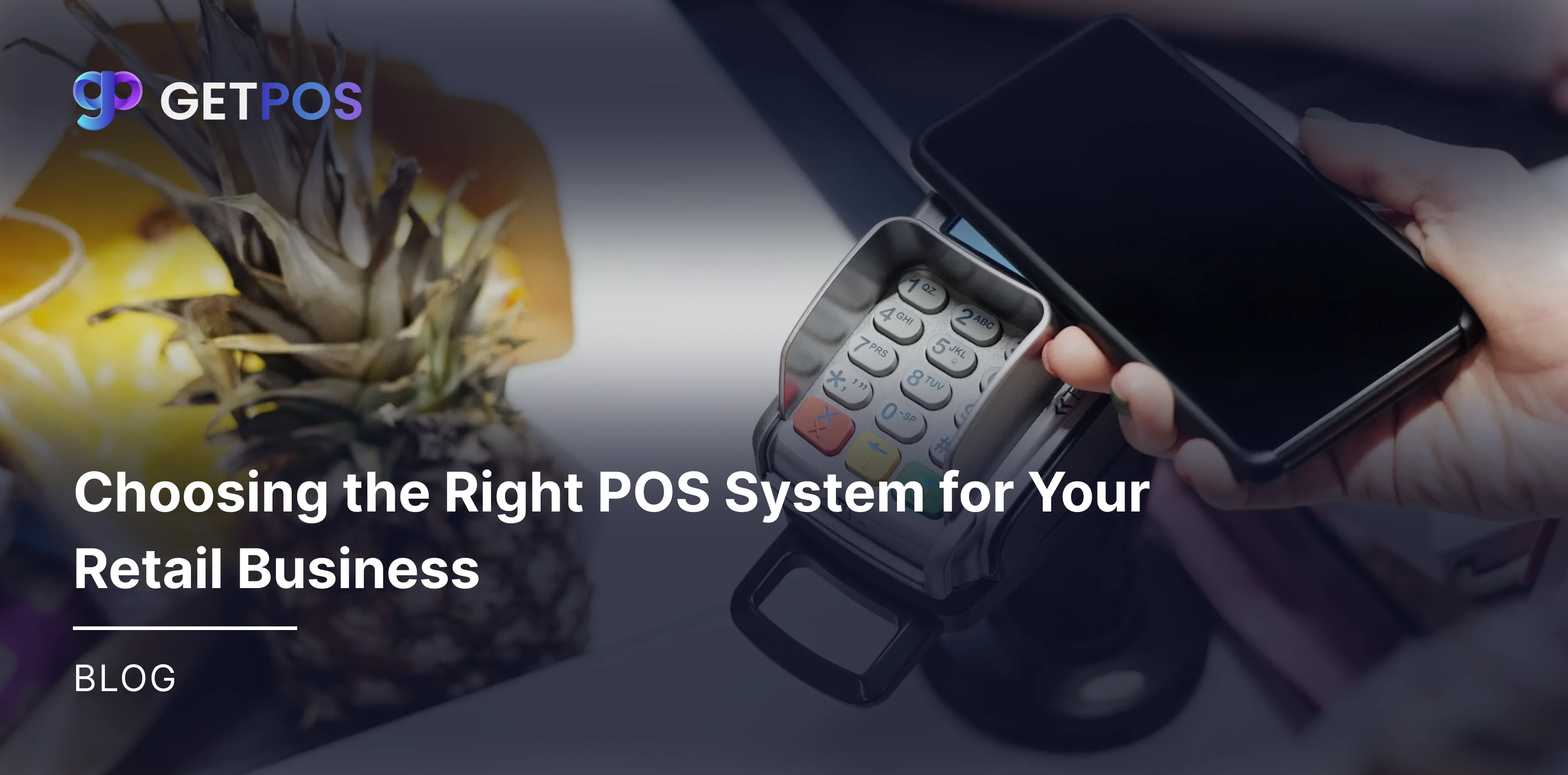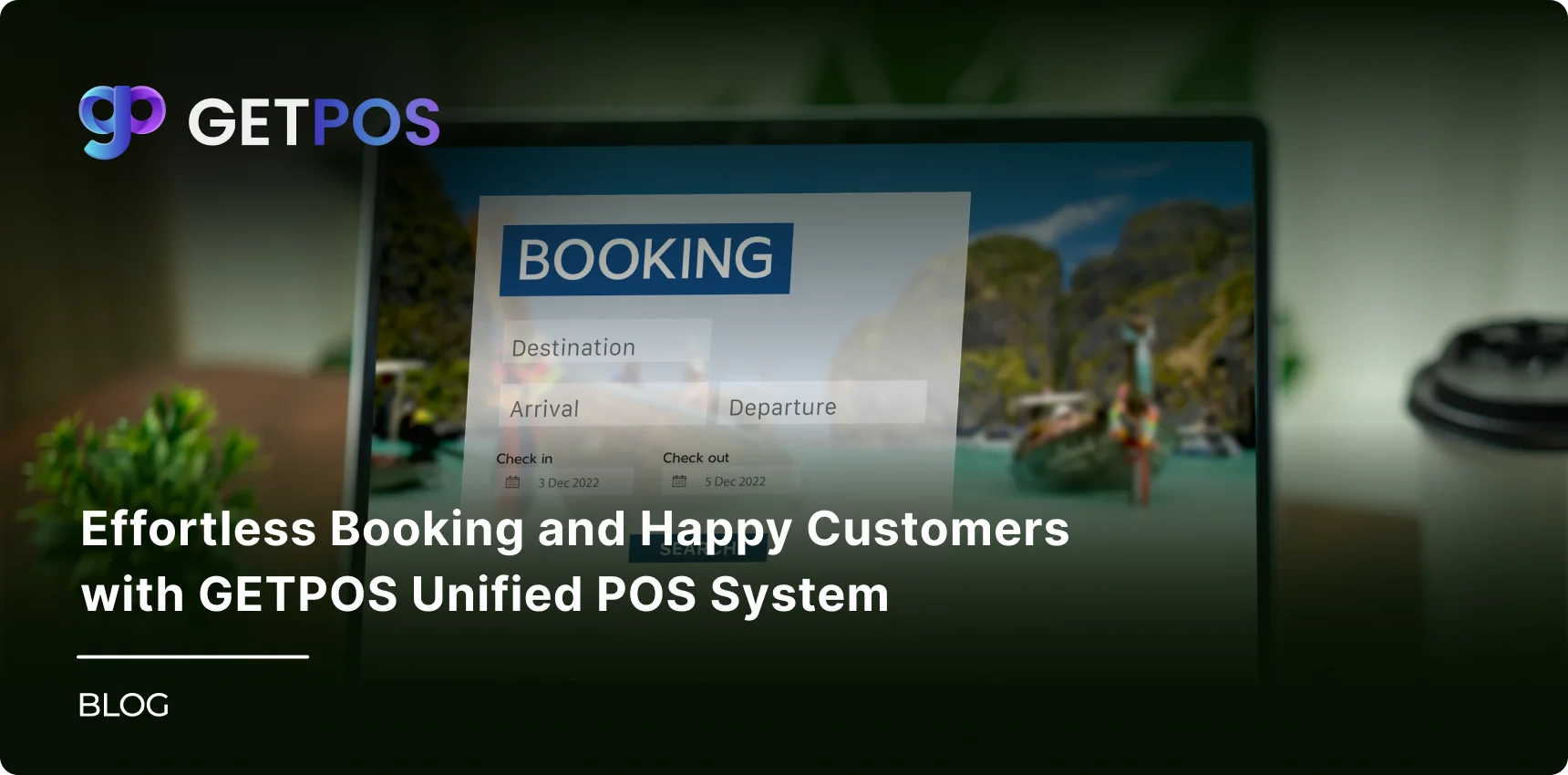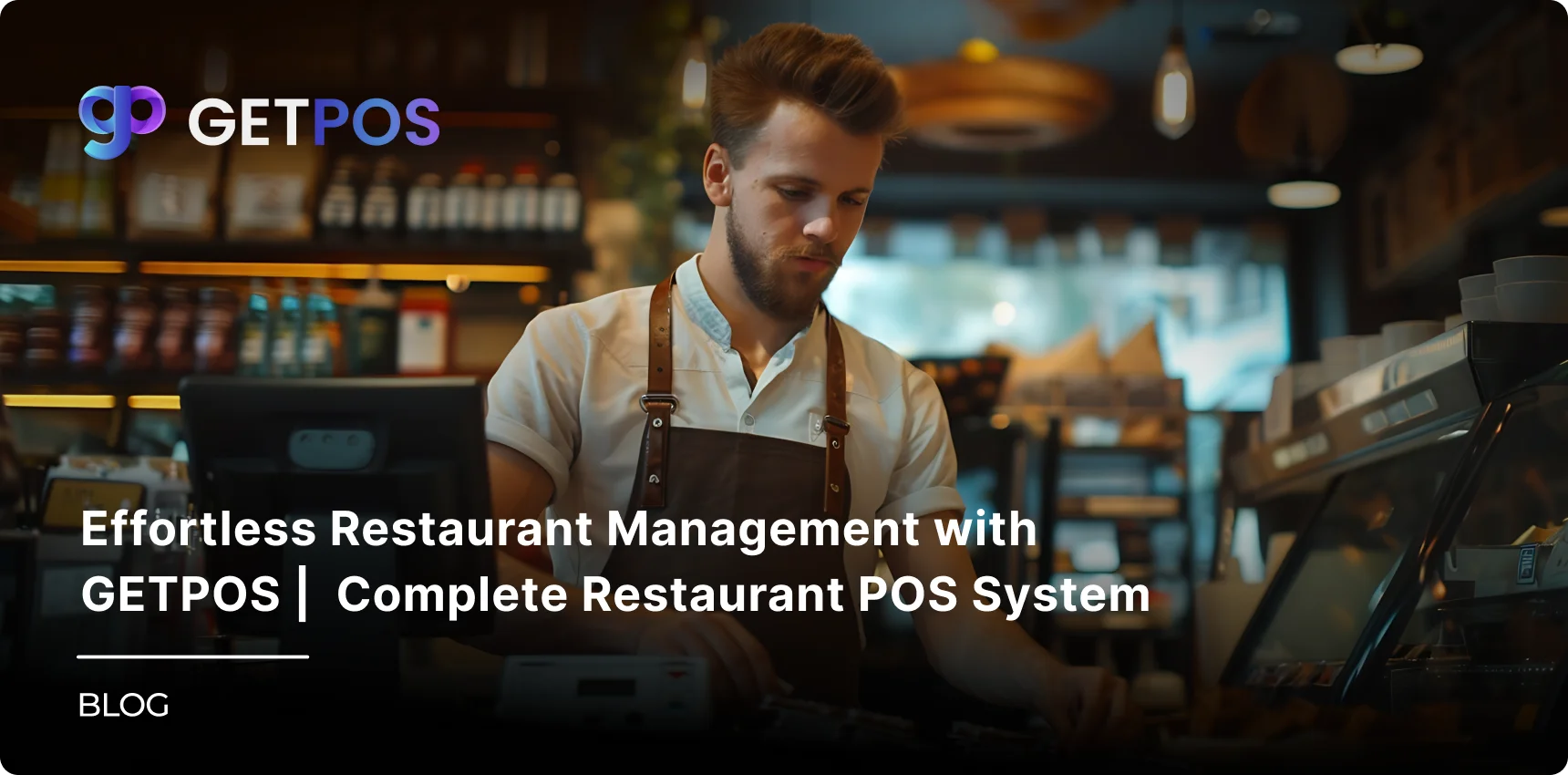Quick Summary
Understanding the full restaurant POS systems cost is important before choosing a system. This guide explains all pricing parts—hardware, software, fees, and features—to help plan better for 2025.
Table Of Contents
Introduction
It is great that you want to get and implement a POS system for your restaurant, as it can save you a lot of manual effort and streamline your business processes, but do you know what is the true cost that you will incur when selecting one? Many restaurant owners only see the upfront price and miss the hidden fees and ongoing charges that add up over time. In this blog post, we will explain the real restaurant pos systems cost in 2025 and help you understand all the factors behind the pos system cost. This way, you can make a smarter choice that fits your budget and needs.
Key Takeaways
The restaurant pos systems cost includes hardware, software, payment fees, and hidden charges.
Upfront costs and ongoing fees together determine the total pos system cost to expect.
Choose features and hardware based on your restaurant size to avoid unnecessary expenses.
Always check contracts carefully to avoid hidden fees that increase restaurant pos cost.
Picking a scalable POS system helps control the pos system price as your restaurant grows.
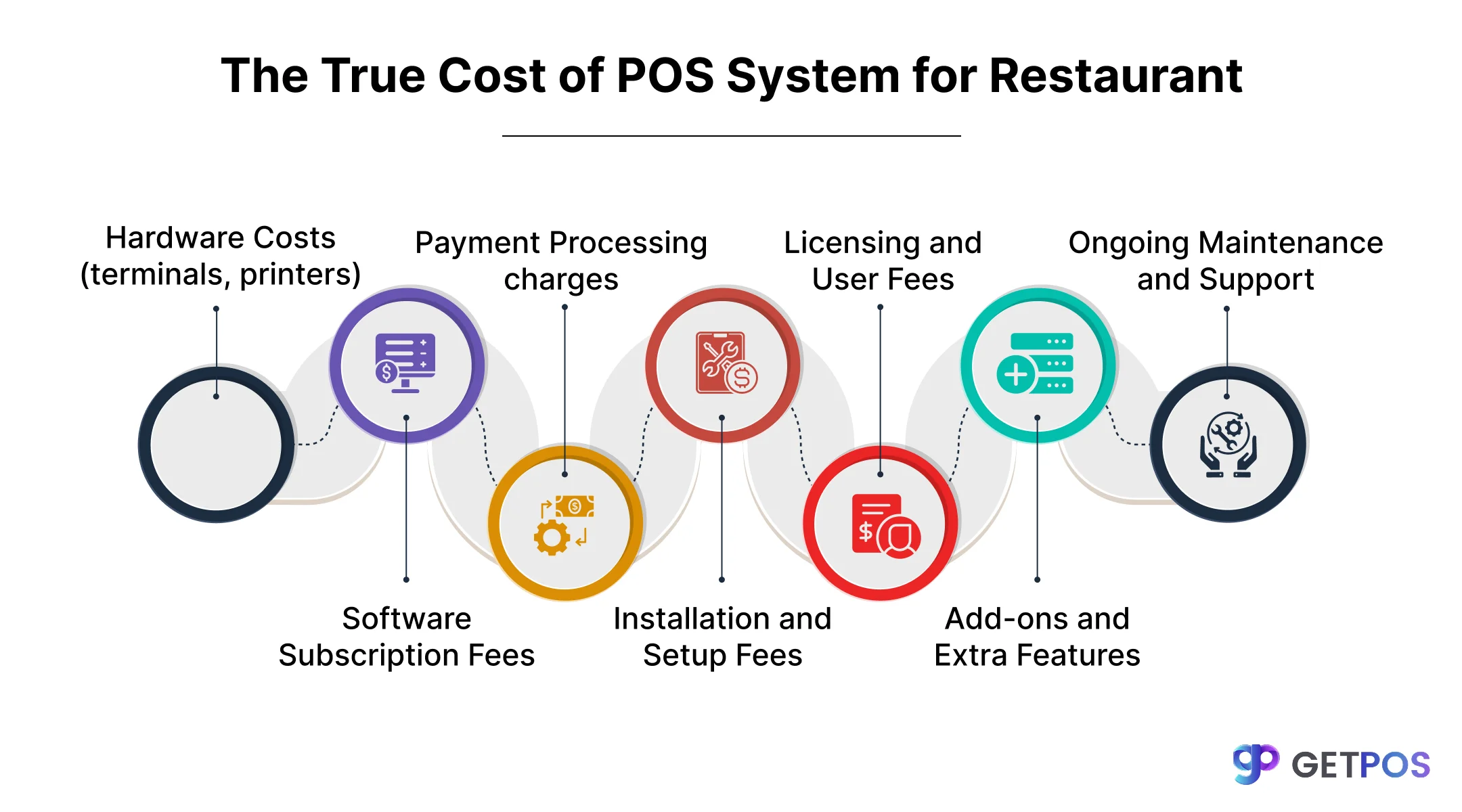
What Are You Really Paying For? Breaking Down the Restaurant POS Systems Cost
When looking at the restaurant pos systems cost, you are paying for several parts. The main costs include hardware like terminals and printers, software subscription fees, payment processing charges, installation, and sometimes hidden fees, as the restaurant pos cost is not just a one-time expense.
Also, there are upfront costs, such as buying hardware, and ongoing expenses like monthly software fees and transaction charges, and the many important pos system cost factors to think about are subscription prices, licenses, and extra add-ons that might help your business but will add to the final pos system price. Understanding these helps you plan better.
Check out the Best POS Systems For Retail Business.
Understanding the Hardware Costs: The Foundation of Your Restaurant POS System Cost
The hardware is a big part of the restaurant pos systems cost, so here you may need items like POS terminals, kitchen display systems, receipt printers, cash drawers, barcode scanners, and handheld devices. A basic setup can start from $300 to over $2,000, depending on the quality and features, plus the type and size of your restaurant decides how much hardware you need, which affects the full pos system cost.
Though you can also find some providers that offer hardware bundles, which might lower the cost of a pos system, but it is always best to check what’s included, because choosing the right hardware helps you avoid an expensive pos system price later. You should keep in mind that it is required to balance quality with budget to avoid overpaying, and buying more features or systems than you need will increase the pos system price, so plan based on your real needs.
Check out Retail POS Comparison Lightspeed vs. Square.
Understanding the Software Costs: Including Subscription Models and Add-Ons
You should know that when going for a restaurant POS system that is specific to your restaurant business, the monthly subscription fees make up a large part of the cost of POS systems for restaurants. Here, the prices usually range from $30 to $100 or more per month depending on the features you need, and higher fees often include helpful functions like detailed sales reports or customer management.
Along witht the usual subscription fees, some systems may also charge licensing fees or fees based on the number of users, which can increase the total pos system cost. And the most common add-ons include tools for loyalty programs, inventory tracking, and advanced reporting, all of which add to your restaurant pos cost, but you can choose them as and how required for your business.
When choosing software, look closely at what services are included in the monthly fee and watch out for hidden charges like extra fees for updates or support. Thats why evaluating the software carefully helps you avoid surprises in the final pos system price and ensures you only pay for features your restaurant really needs and is beneficial and useful for you.
This is How POS Systems Help Retailers Manage Inventory.
Payment Processing and Other Hidden Fees that Affect the Restaurant POS Cost
One important cost to consider in the restaurant pos systems cost is the payment processing fee, as this fee is charged every time a customer uses a card to pay, and it usually ranges from about 1.5% to 3% of the transaction amount. These fees can vary depending on your payment provider, which affects your total pos system cost.
Additionally, there can be some other hidden costs such as technical support, software updates, hardware maintenance, and employee training, as these often surprise restaurant owners who do not check the full details upfront.
So, to avoid these type of unexpected expenses in your pos system cost, it is best to carefully read and clarify all contract terms before signing, and asking for a complete list of fees helps keep your restaurant pos cost clear and keeps the pos system price within your budget.
Pick from Cloud-Based vs. Traditional POS Systems for Retailers.
Customization and Scalability: How Your Restaurant’s Growth Affects POS System Cost
The cost of a pos system increases if you want to add custom features tailored to your restaurant’s needs.
A basic POS app usually works well for small restaurants with simple needs and lower restaurant pos systems cost.
Keep in mind that the larger restaurants or chains may need an enterprise-level solution, which has a higher pos system cost but offers more features and support.
If your restaurant has multiple locations, expect a higher restaurant pos cost because the system must work across all sites.
Using multiple devices like tablets, terminals, and handhelds will raise the pos system price due to extra licenses and hardware, which is good if your business demands it.
For any business, scalability is key, so choosing a POS system that can grow with your business helps control the overall pos system cost as your restaurant expands.
How to Choose a Restaurant POS System with the Right Balance of Cost and Features
When choosing a restaurant POS system, you can make a checklist that compares pos system cost with your restaurant’s needs and budget. So, don’t just look for the lowest upfront restaurant pos cost, and consider long-term value and return on investment, because a cheaper system may cost more later with extra fees, maintenance, or limited features.
Also, check the quality of customer support, since quick help can save time and money, and you can check for integration with other tools like payment systems or inventory software is important too, as it makes managing your restaurant easier. These factors together affect the total cost of POS systems for restaurants and help you pick a solution that fits well without wasting money or missing key features.
Conclusion
Knowing the true restaurant pos systems cost helps you pick the best option for your business. To help your restaurant grow and manage costs well, check out the GetPOS system, as it offers flexible options designed to support your restaurant’s growth and scaling needs in 2025.
Frequently Asked Questions
Yes, hidden costs may include fees for extra hardware, payment processing, upgrades, technical support, and additional features, so always ask for a full price breakdown before you buy.
No, many affordable POS options exist and work well for small restaurants, you can find basic pos system price plans that fit your needs without paying for unnecessary features.
You can compare offers, carefully review contracts for hidden charges, and ask for clear pricing, and only choose needed features to keep the pos system price in your budget over the long run.


